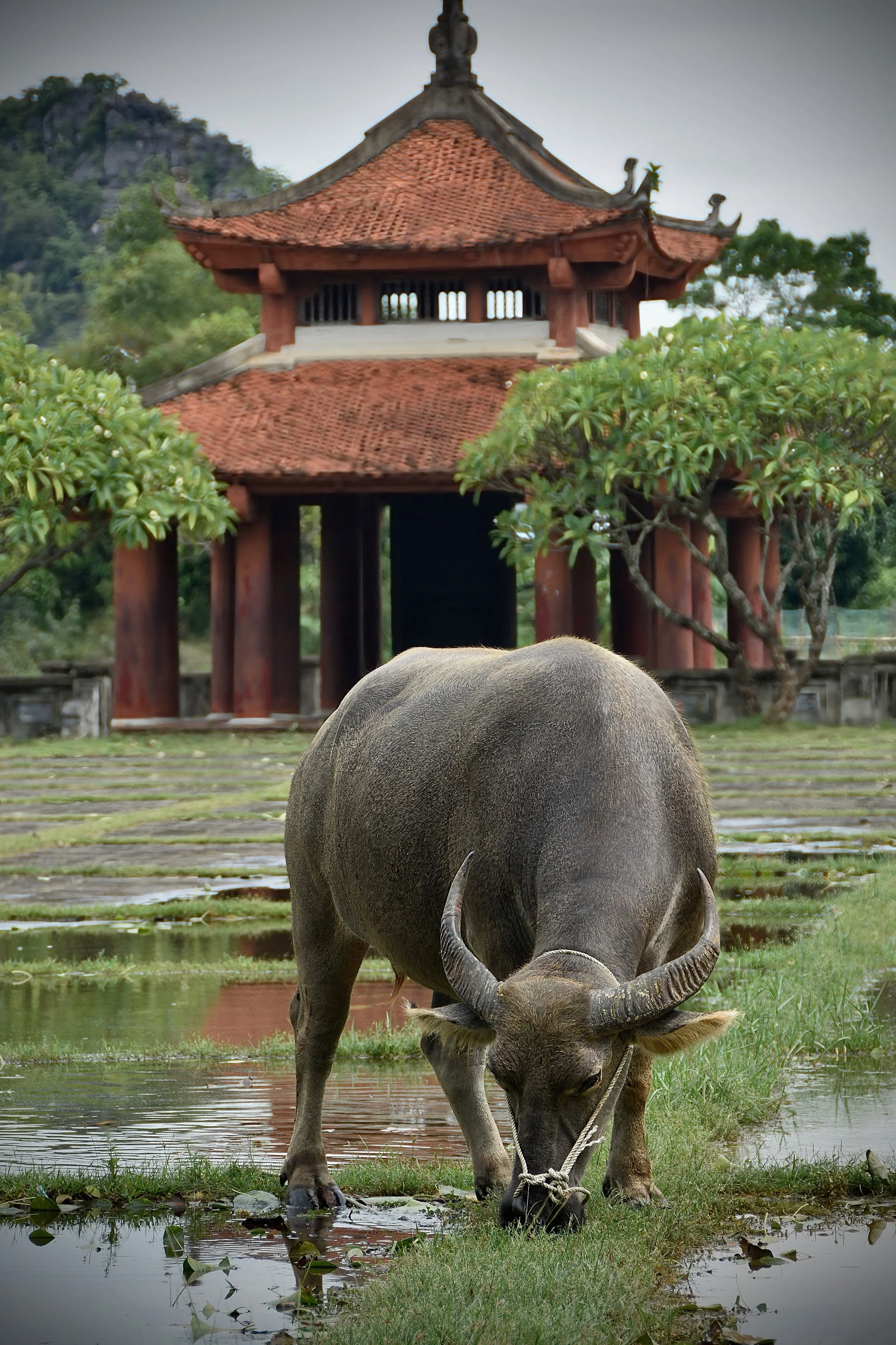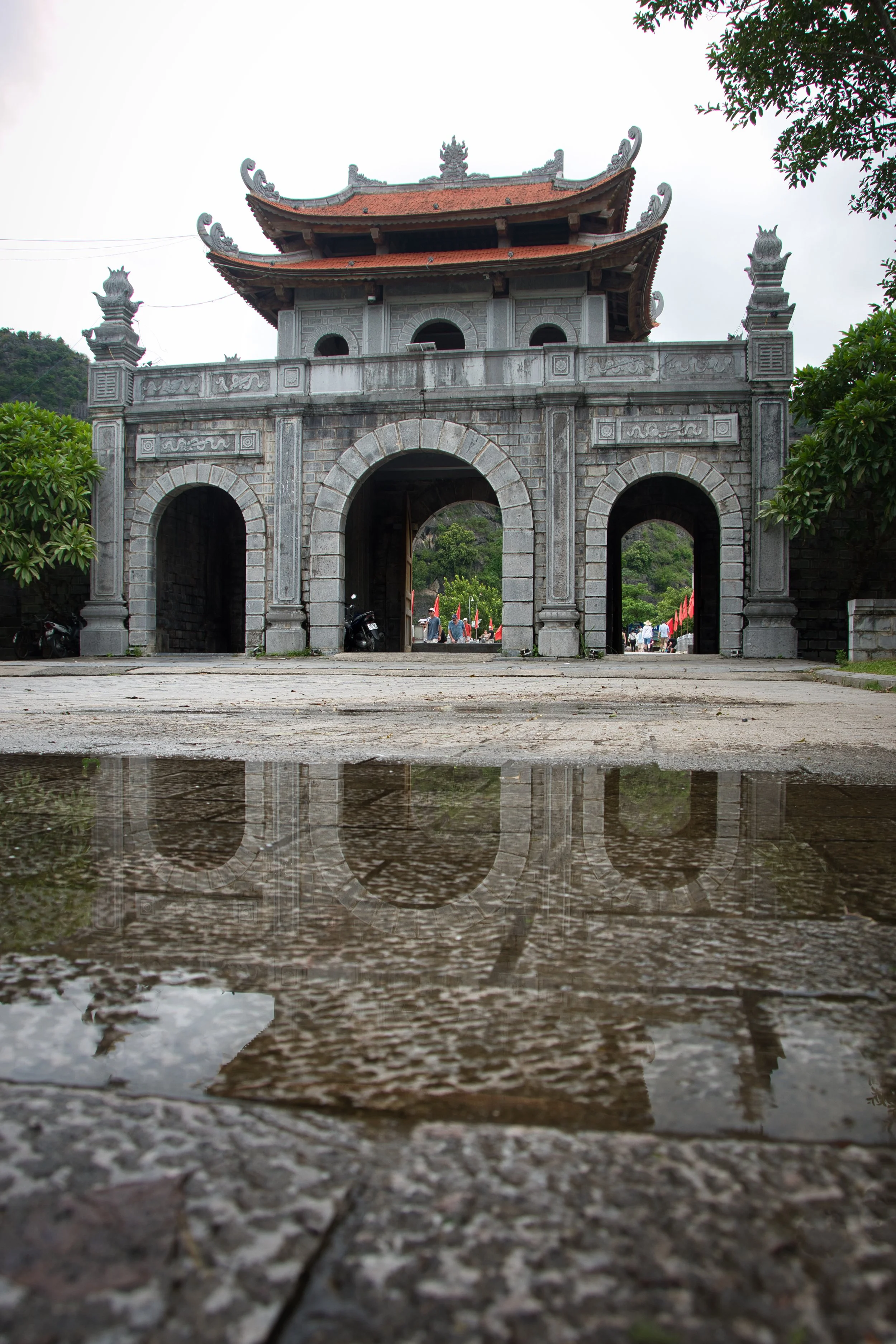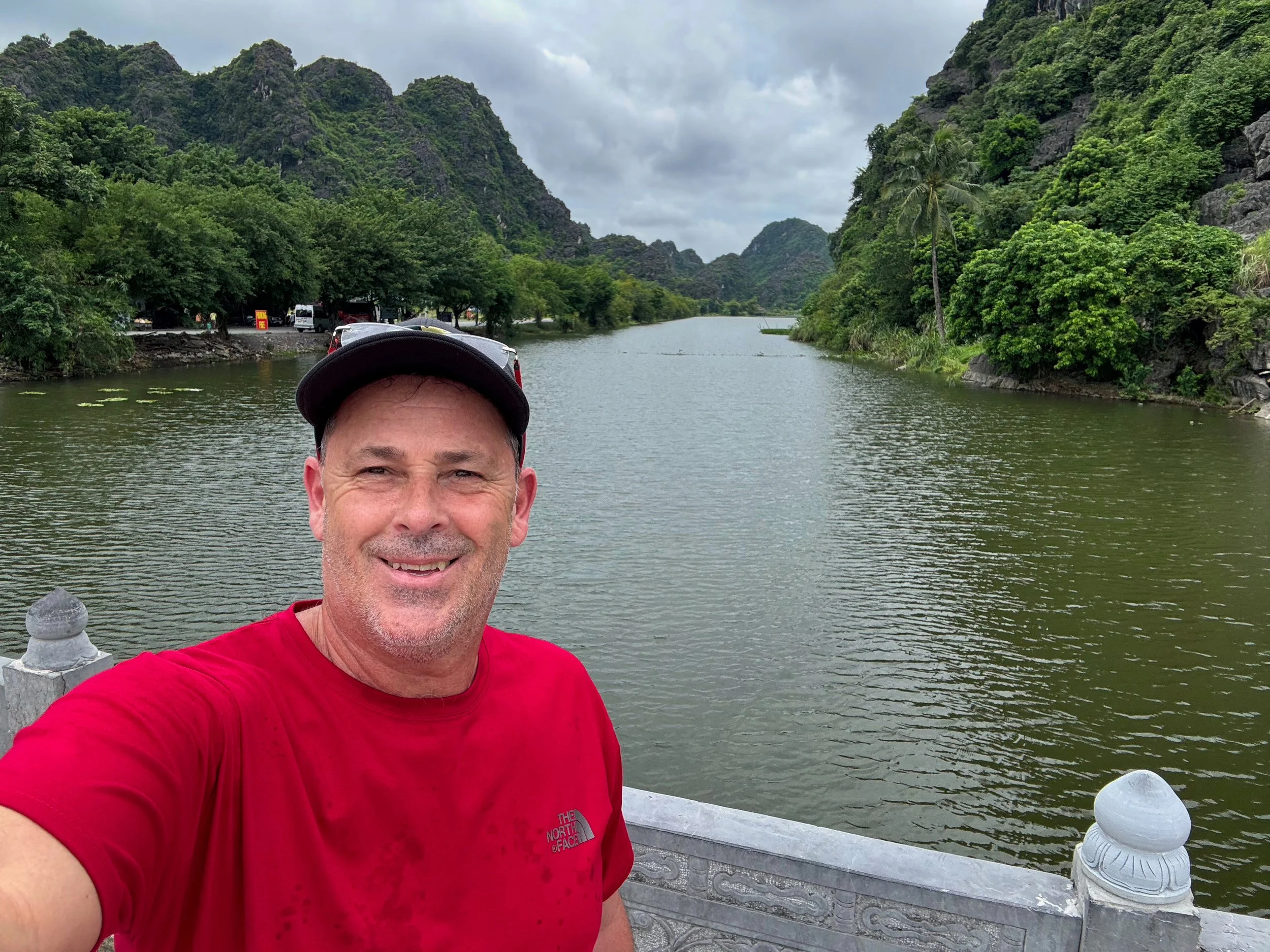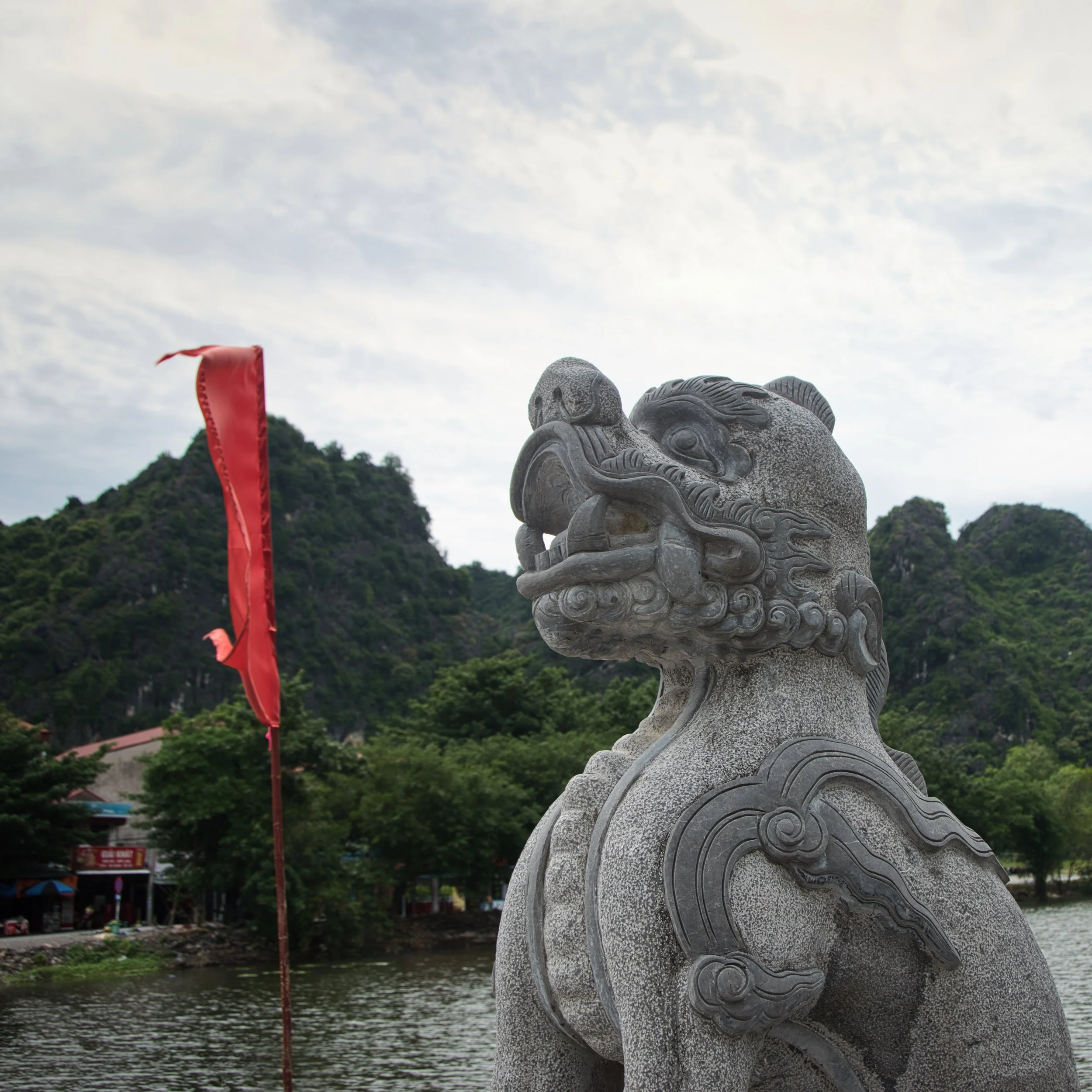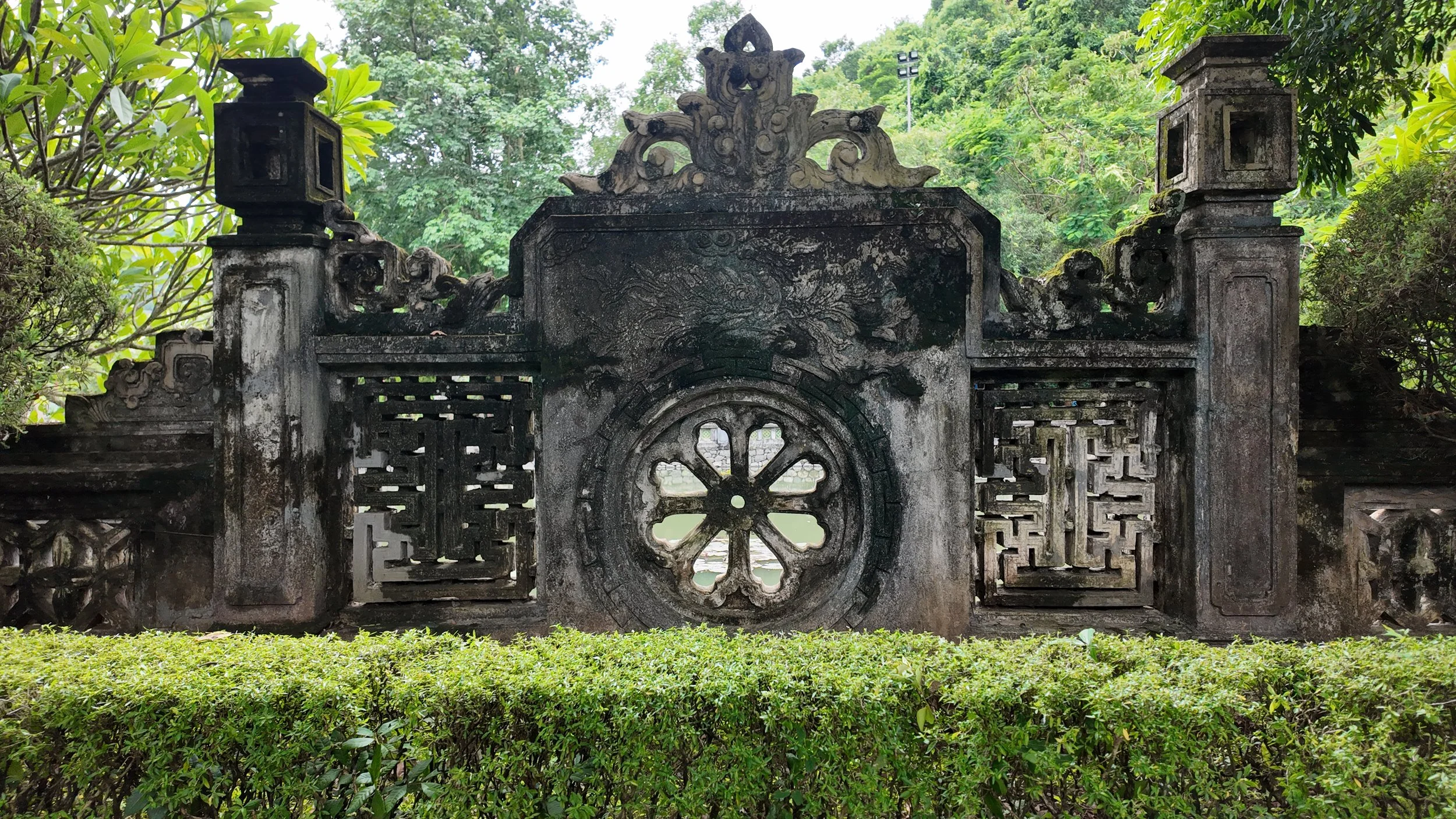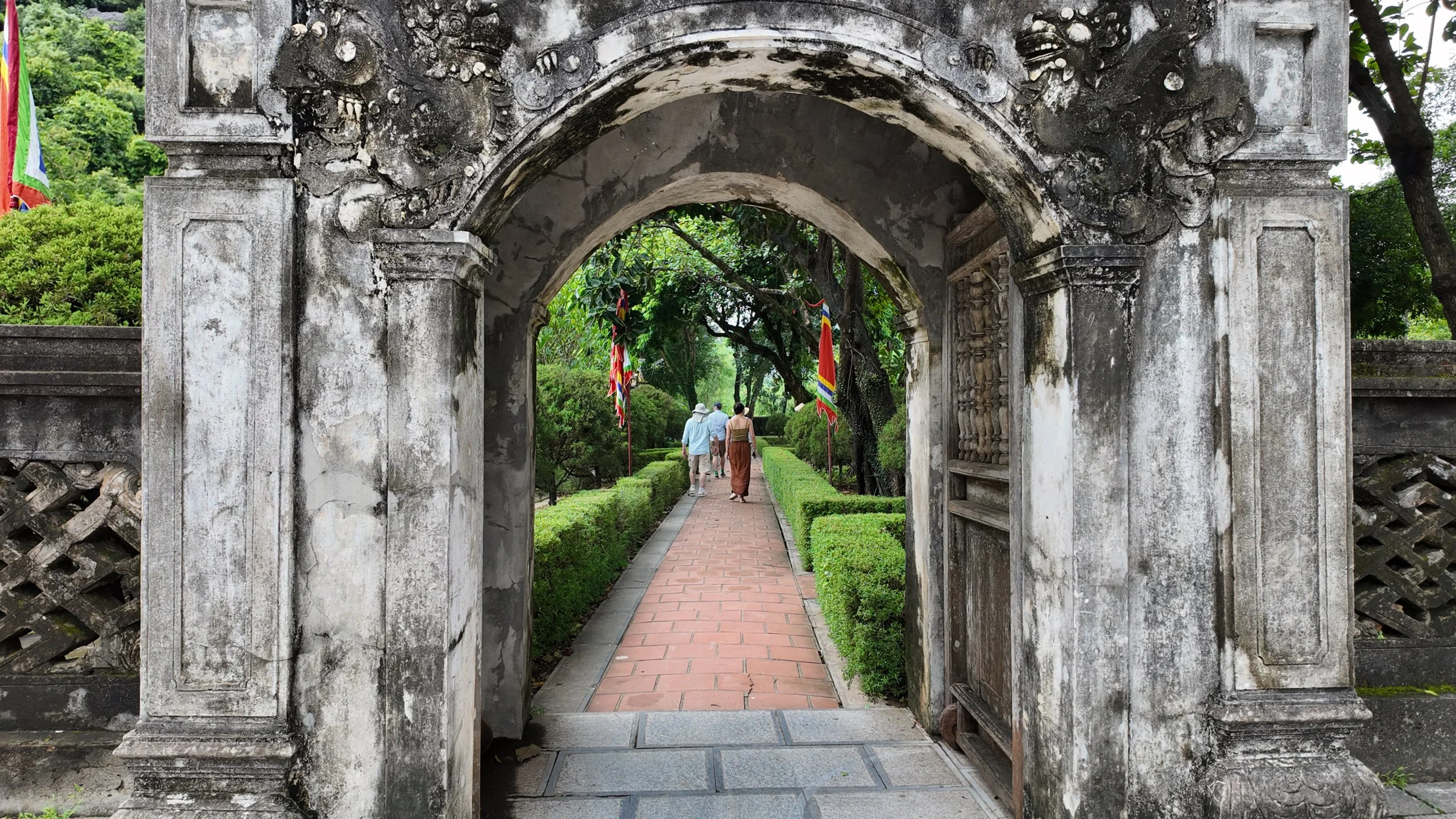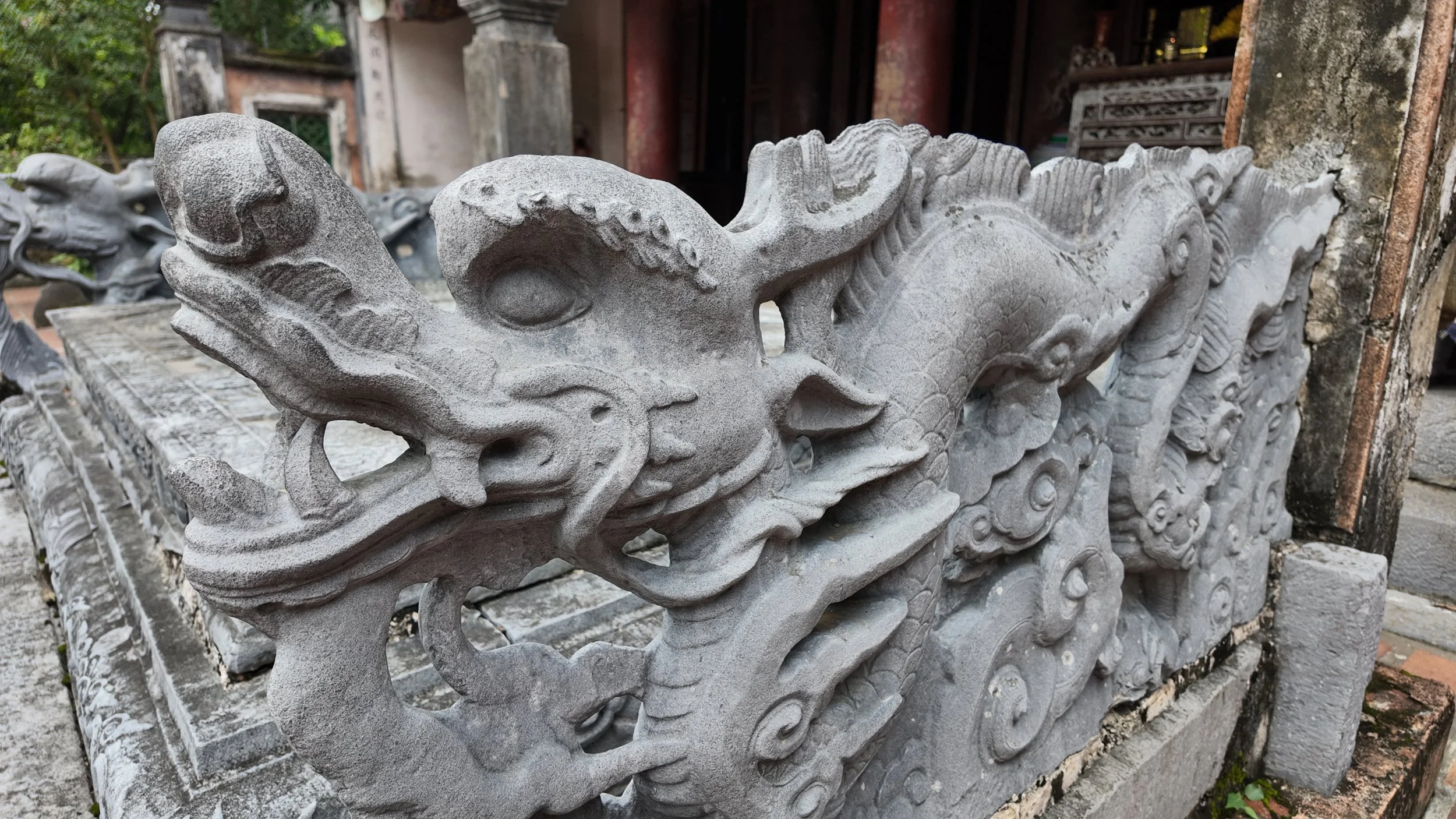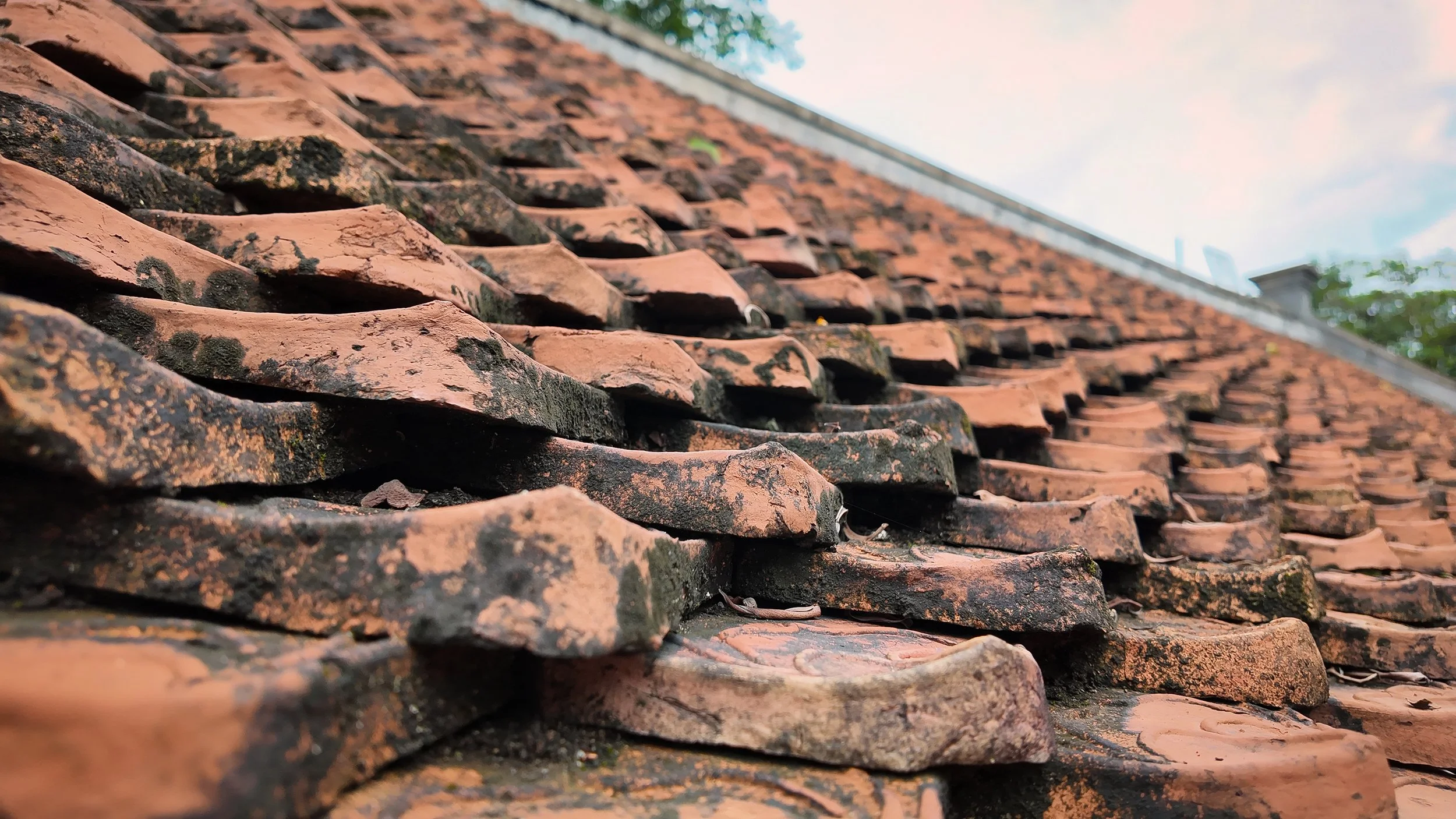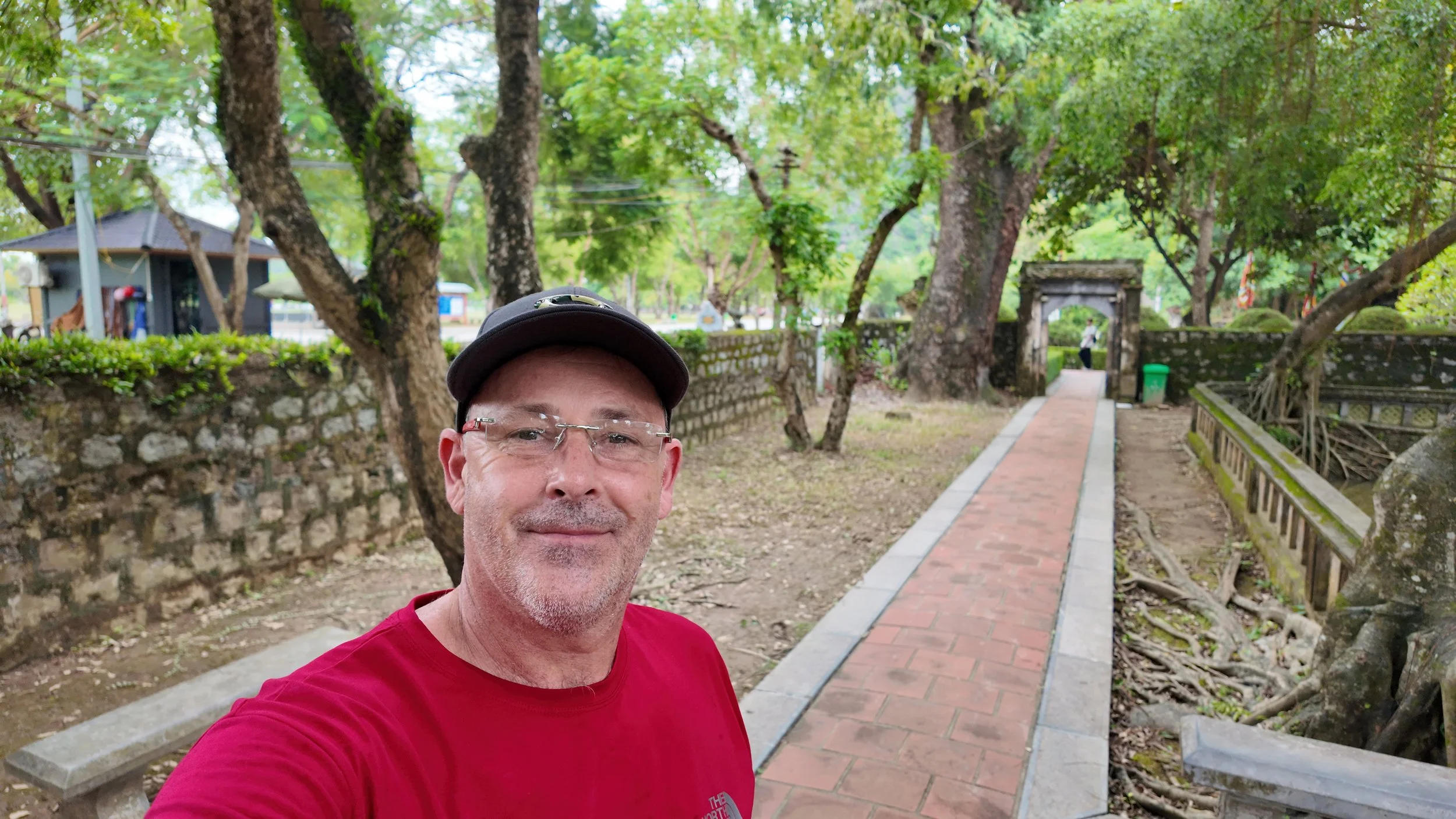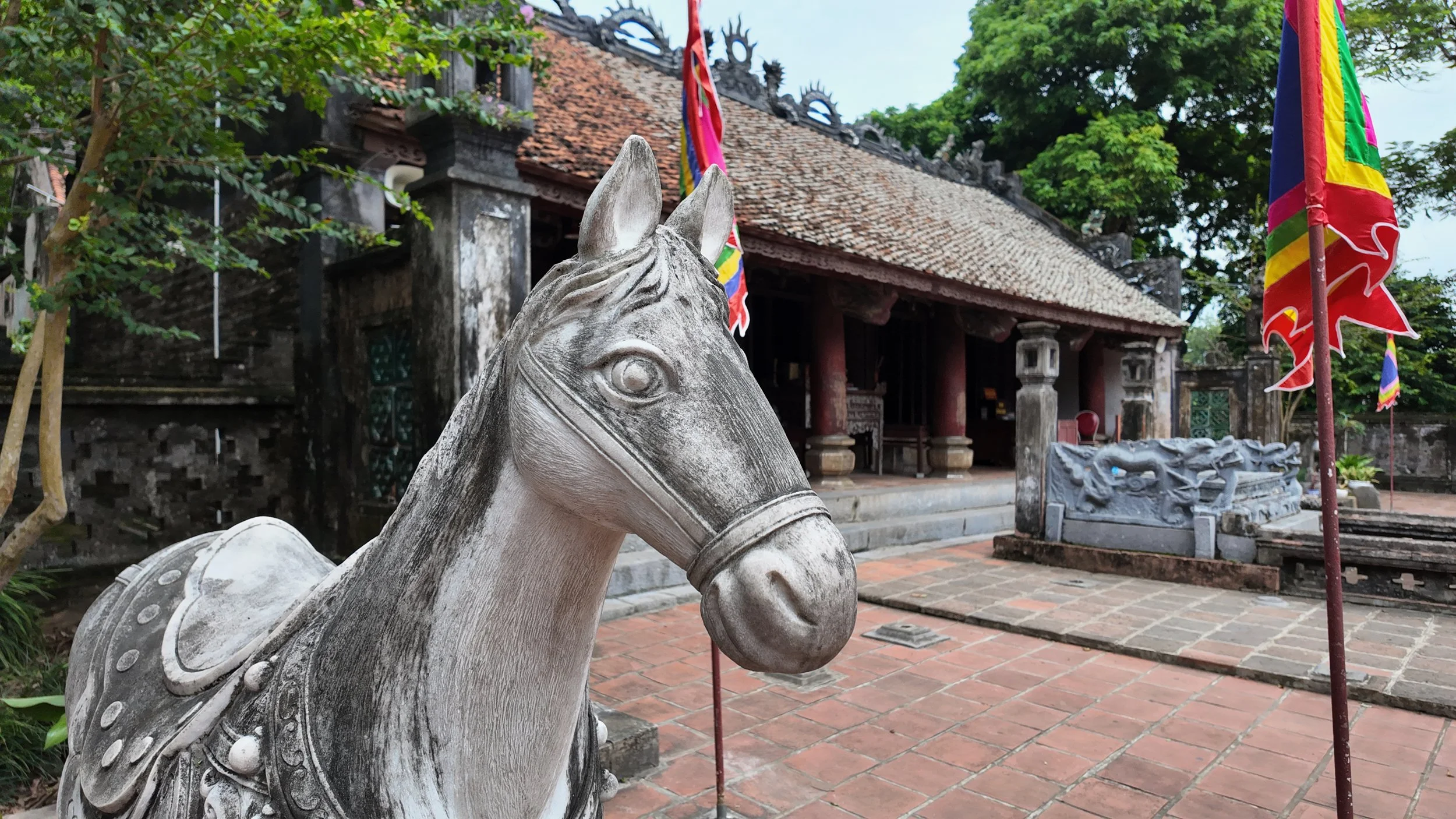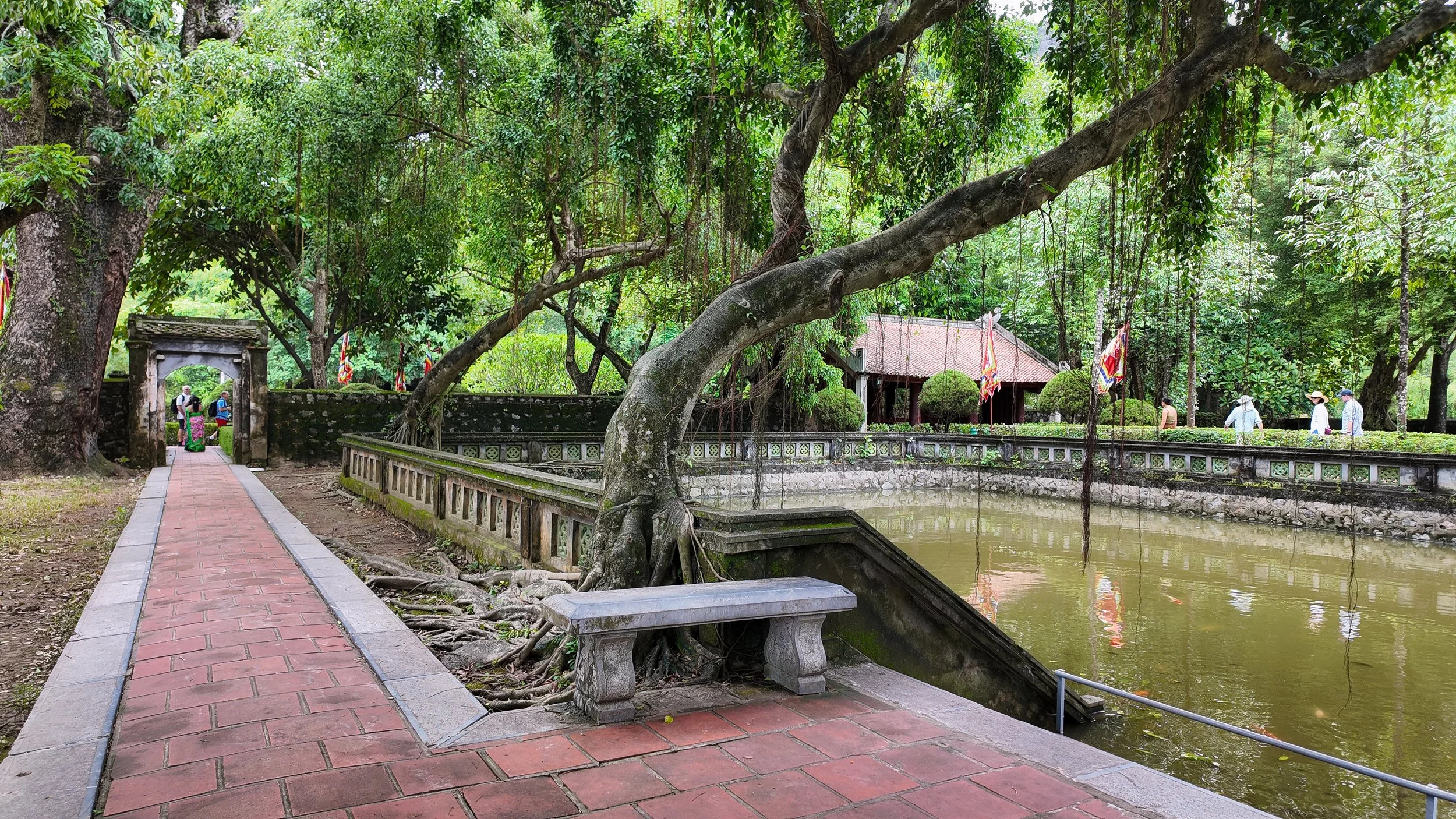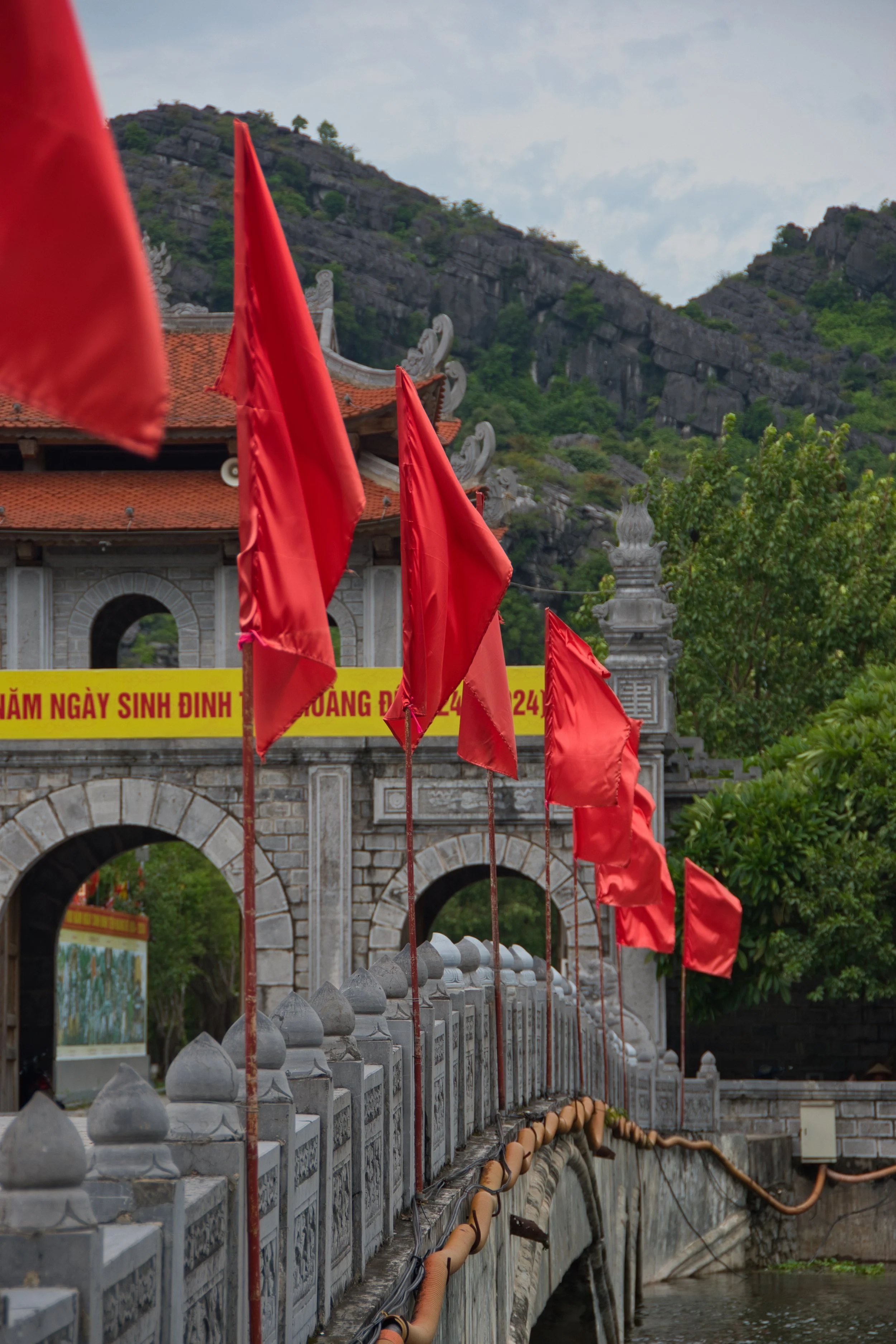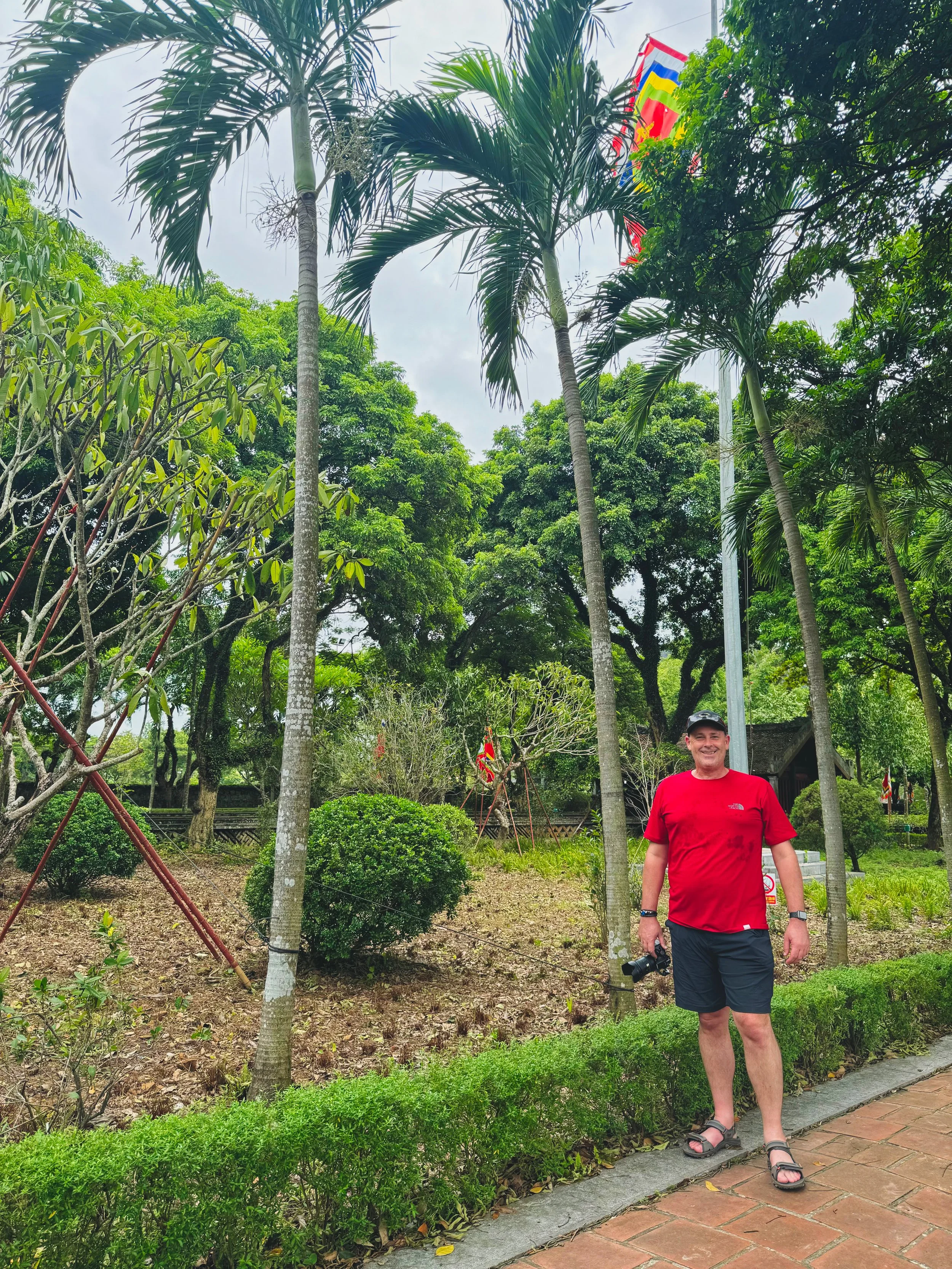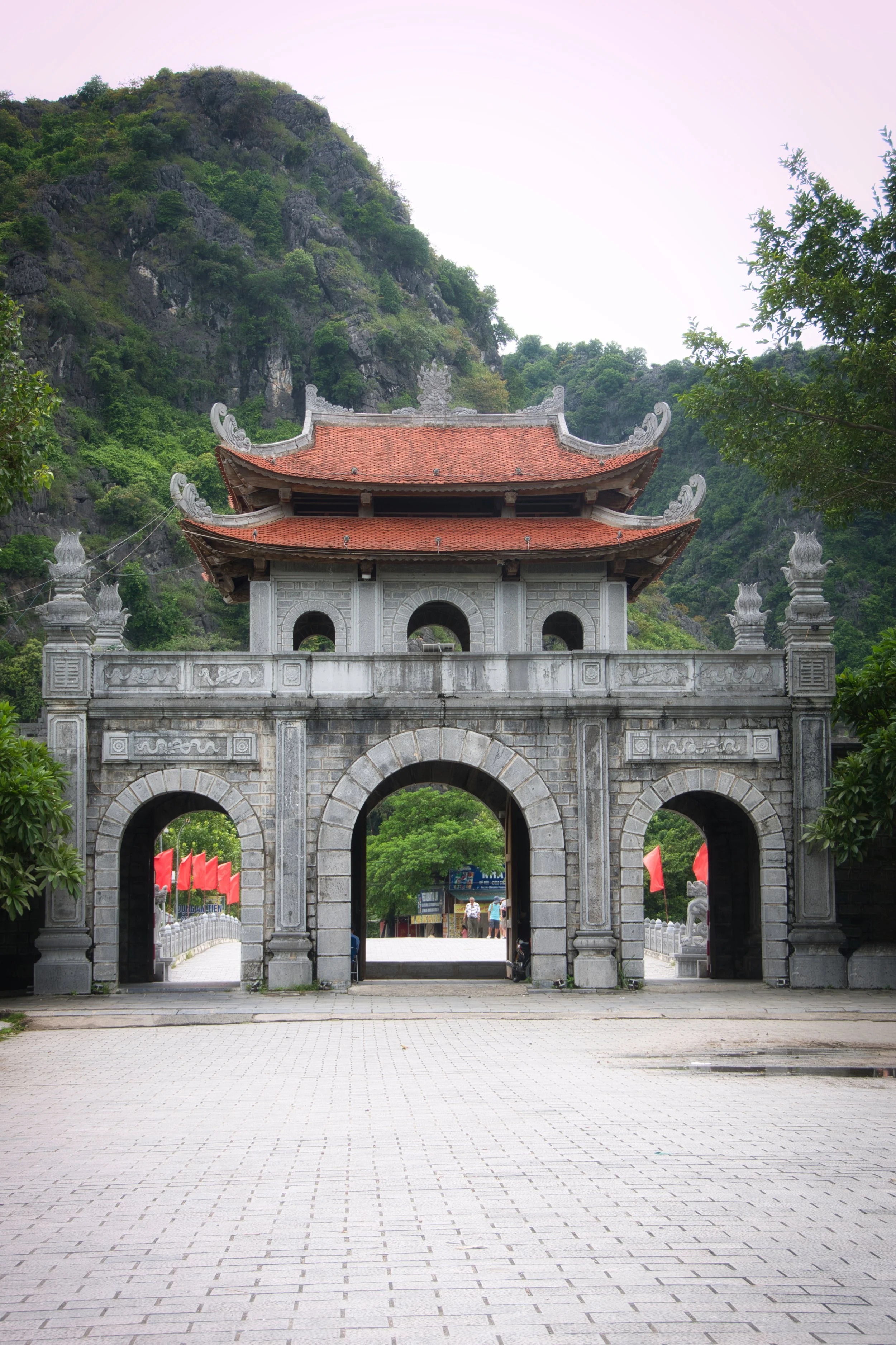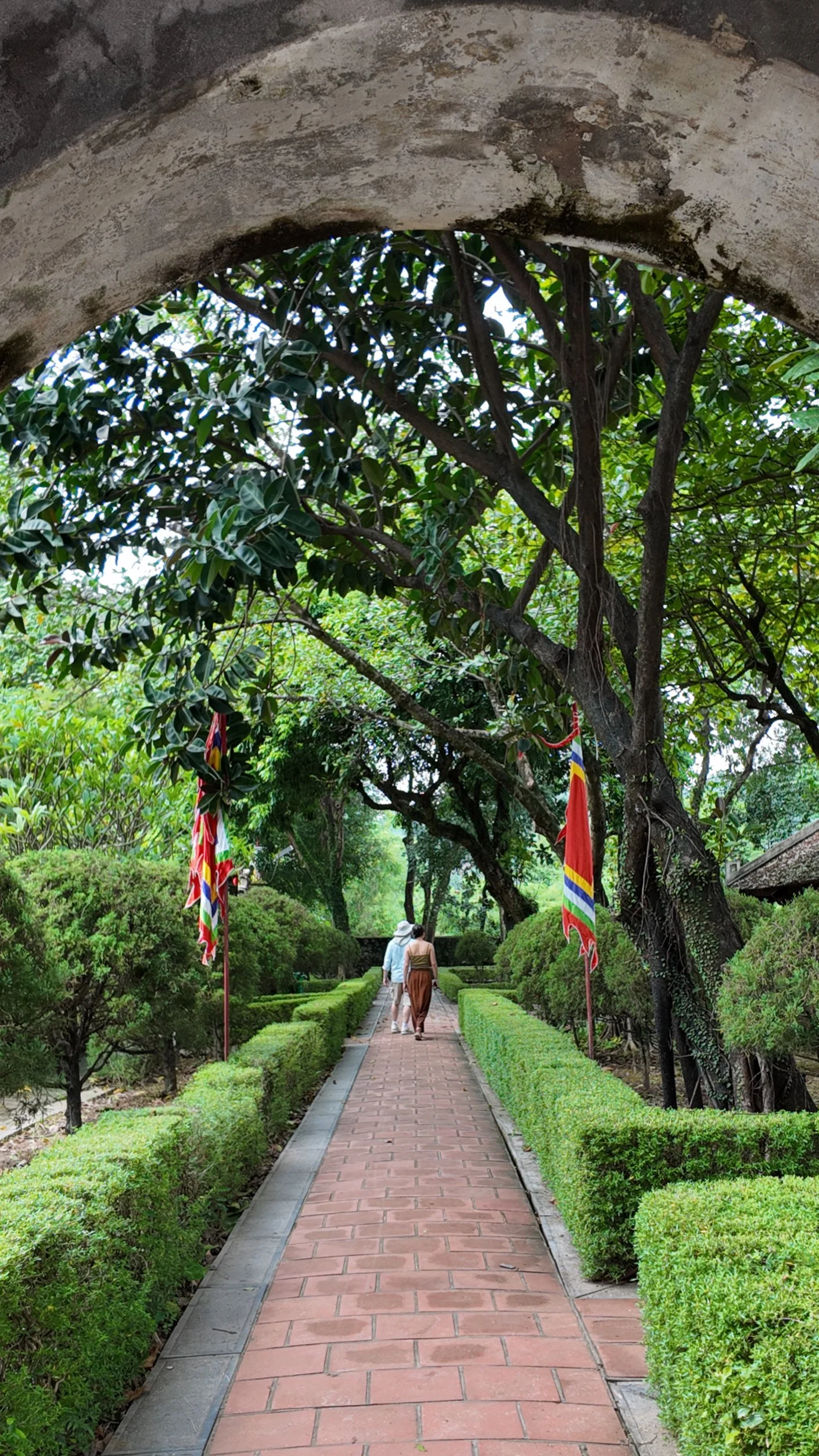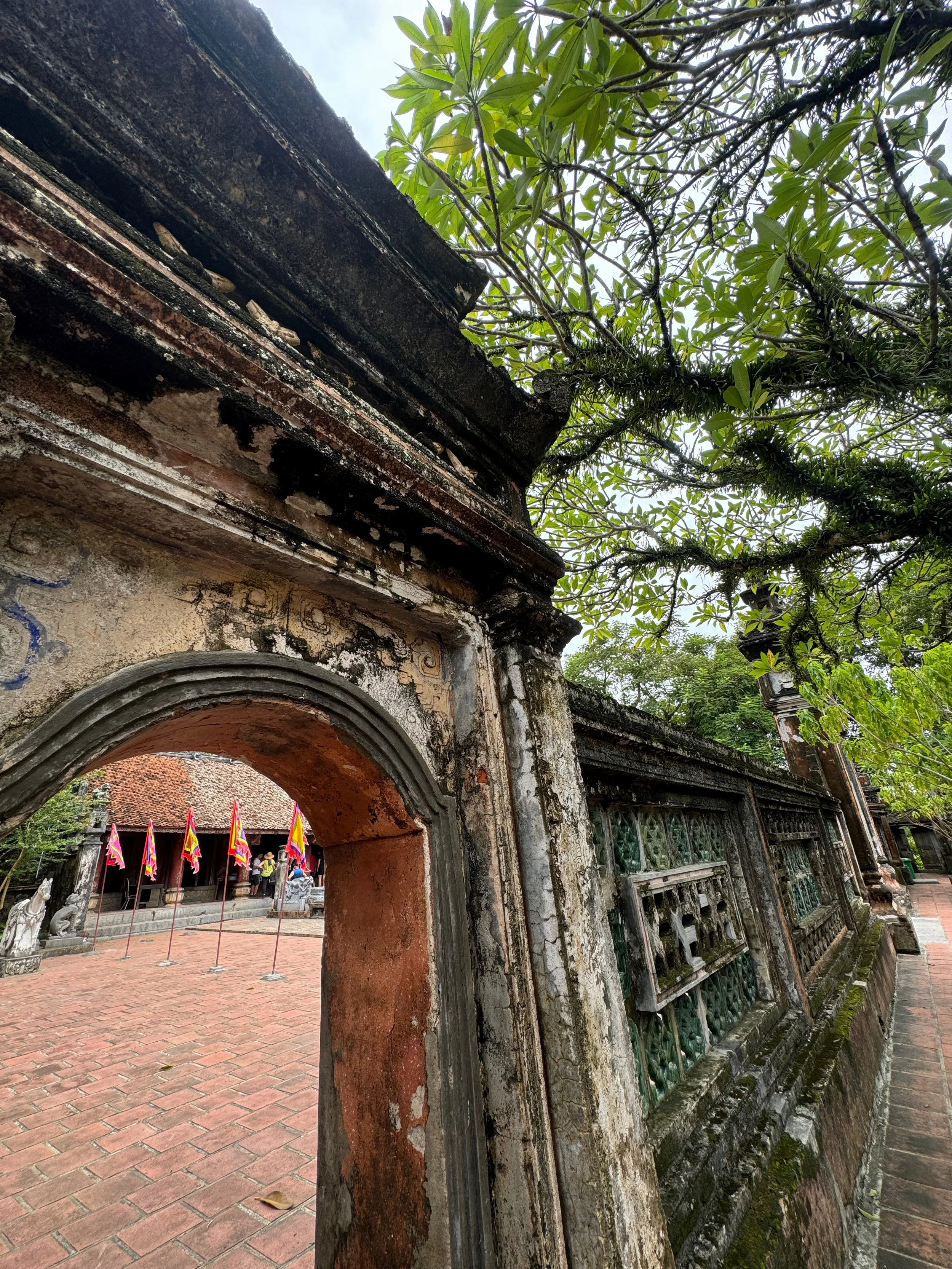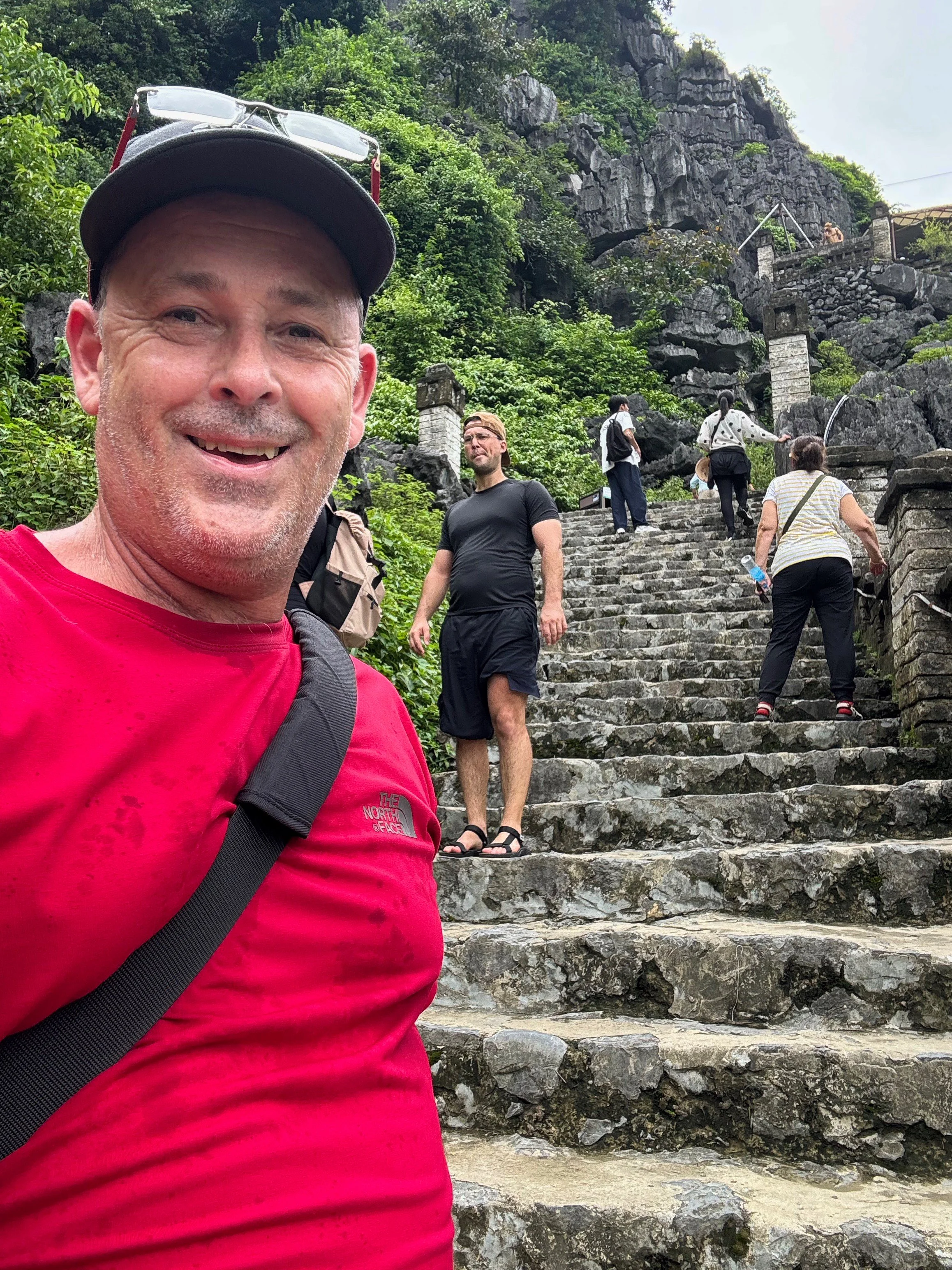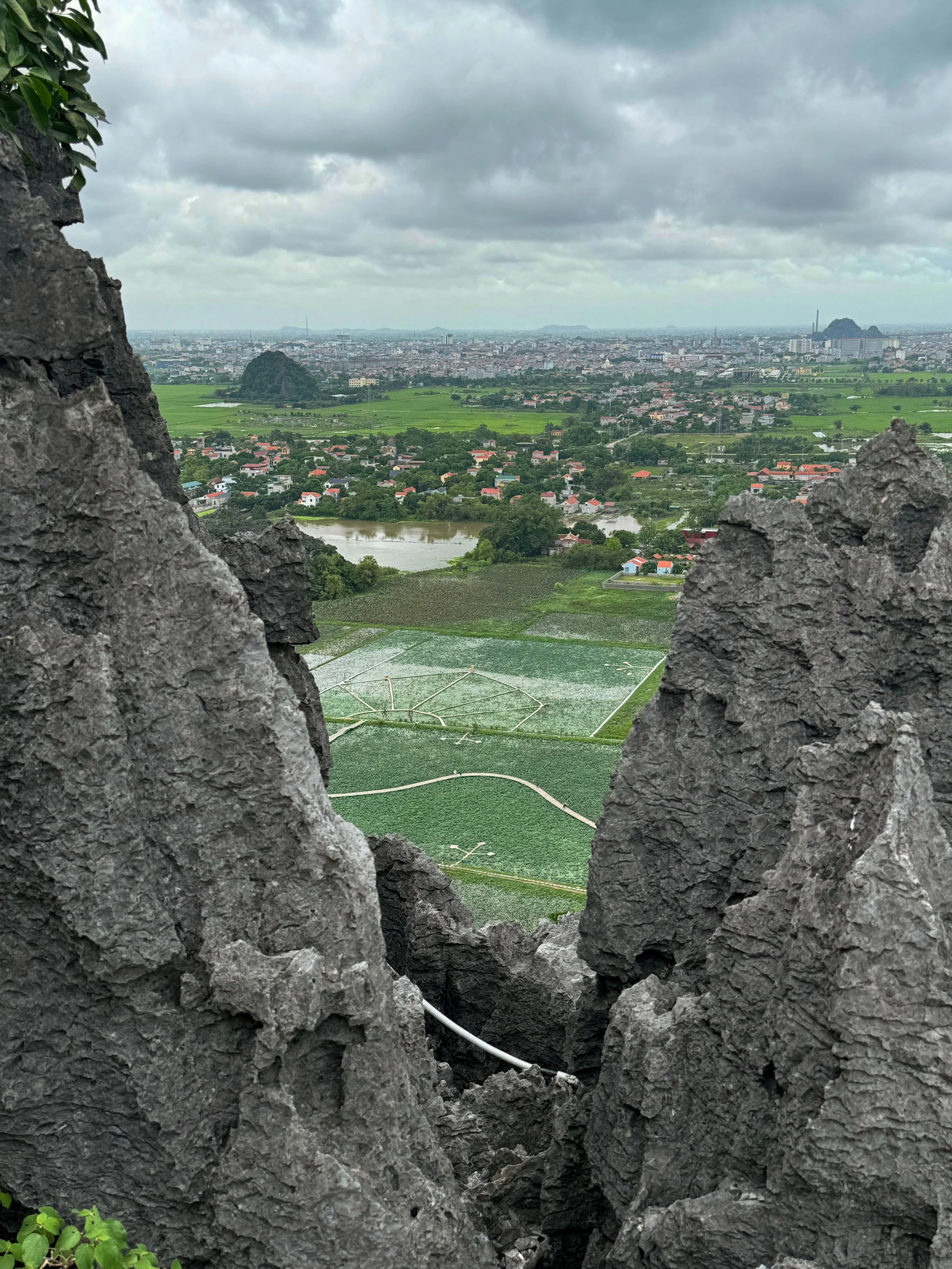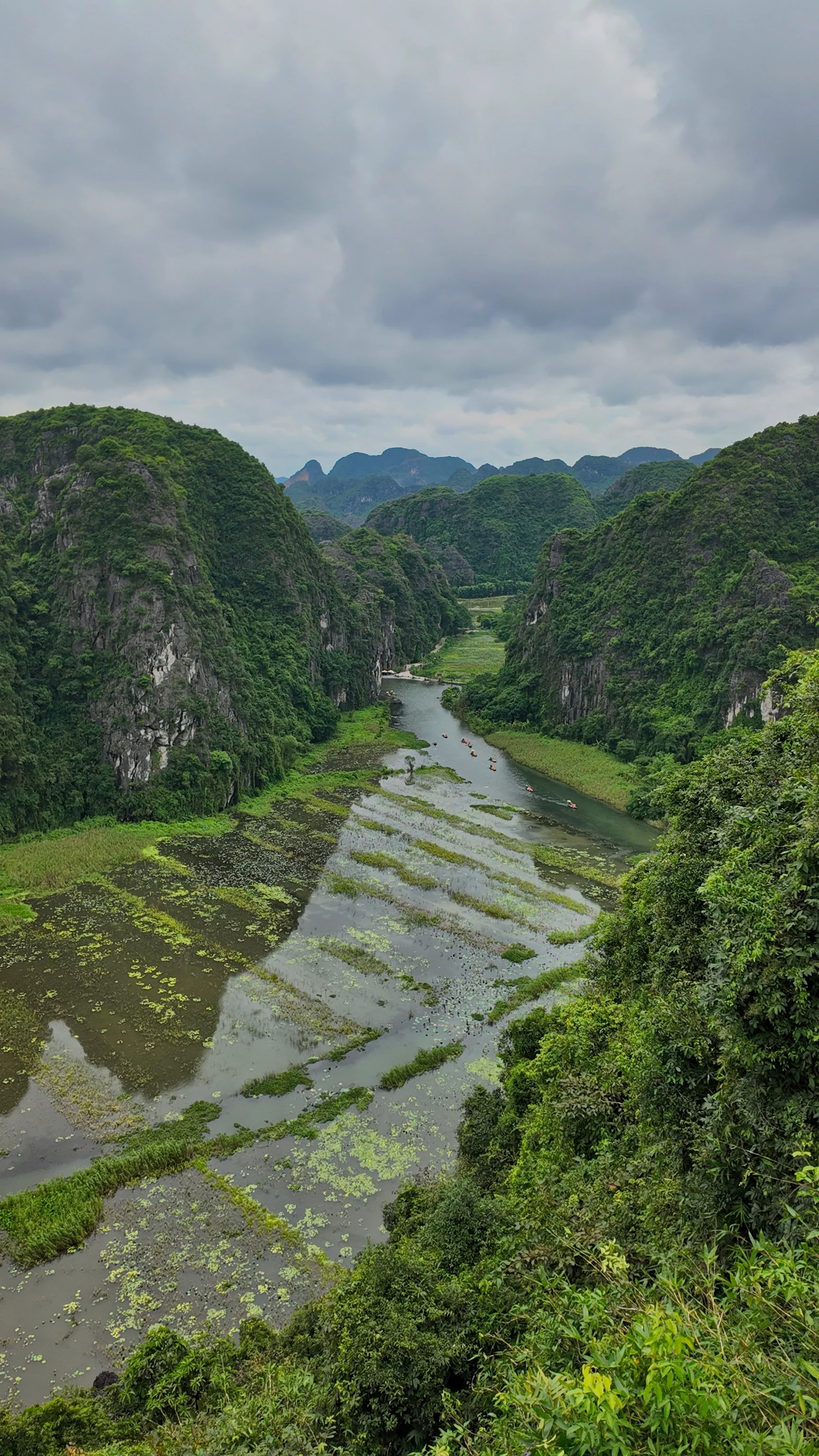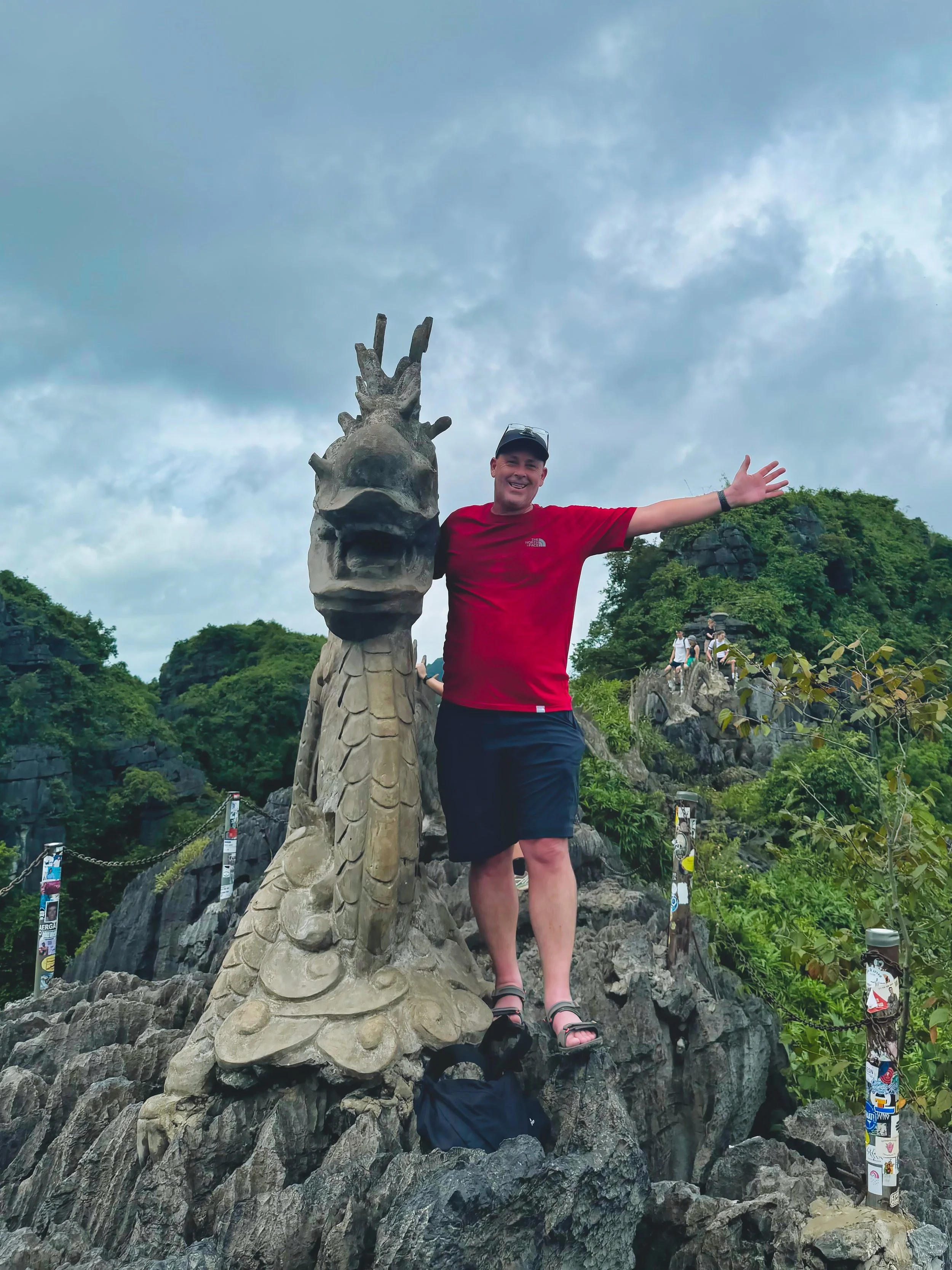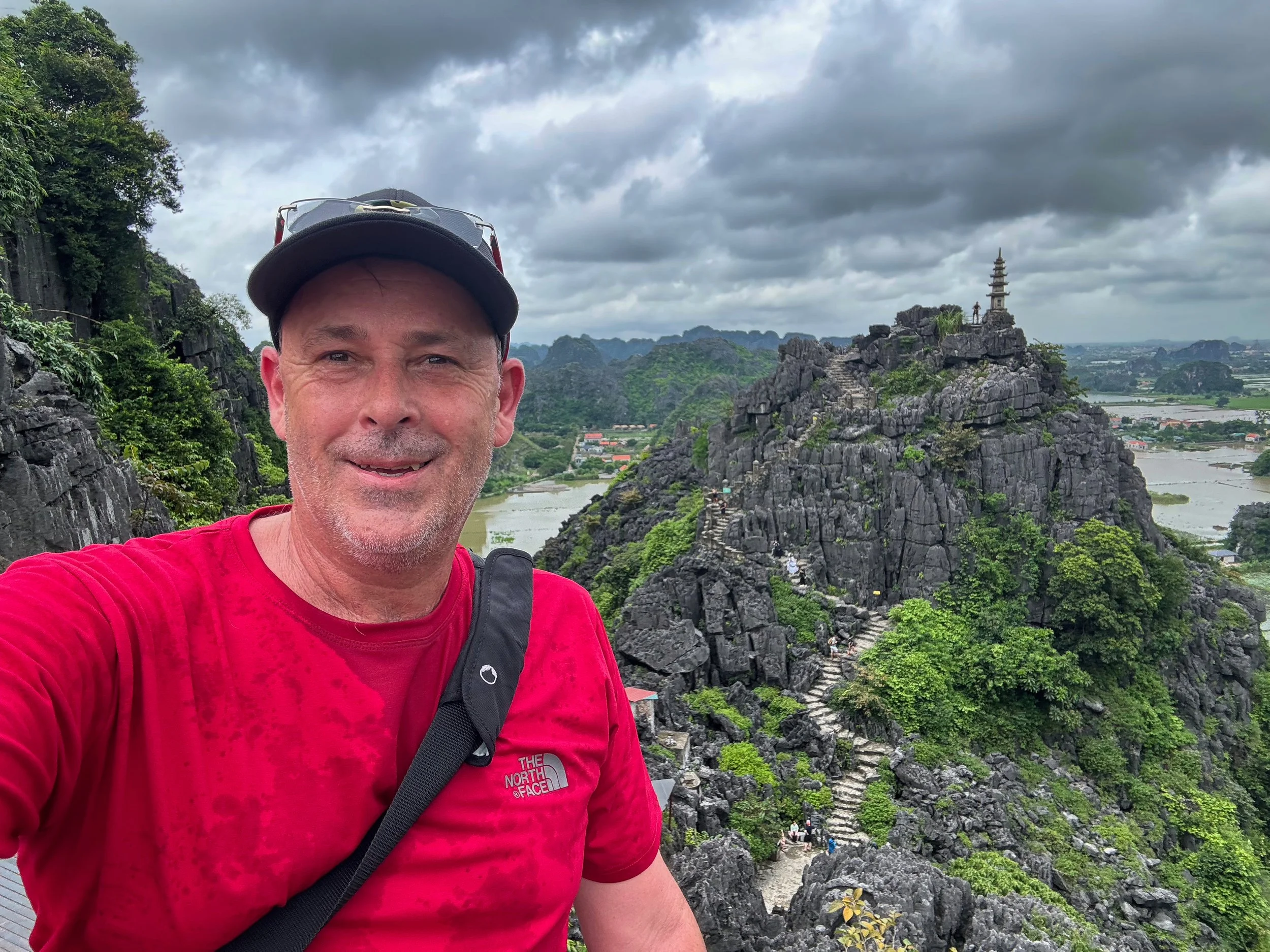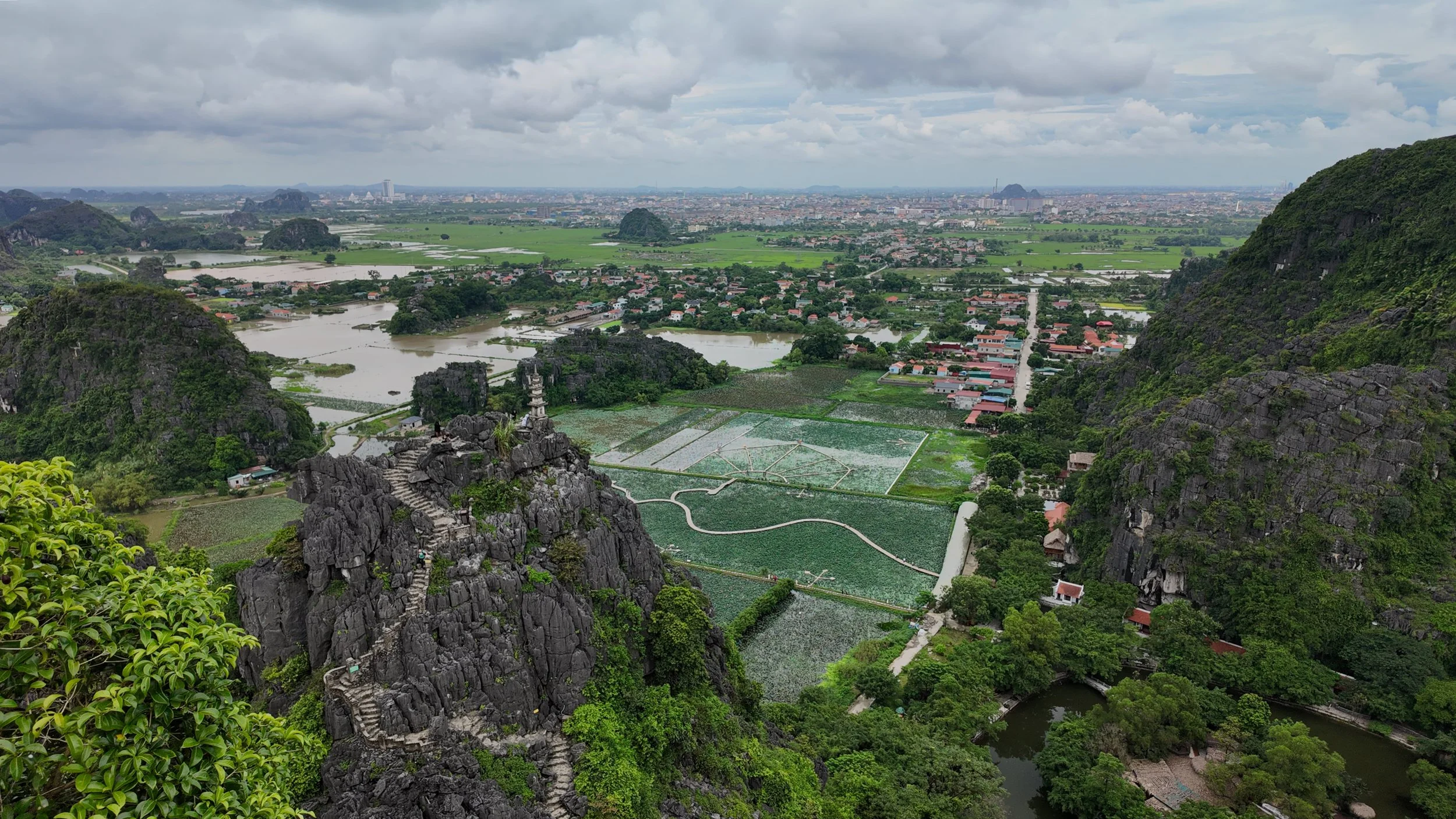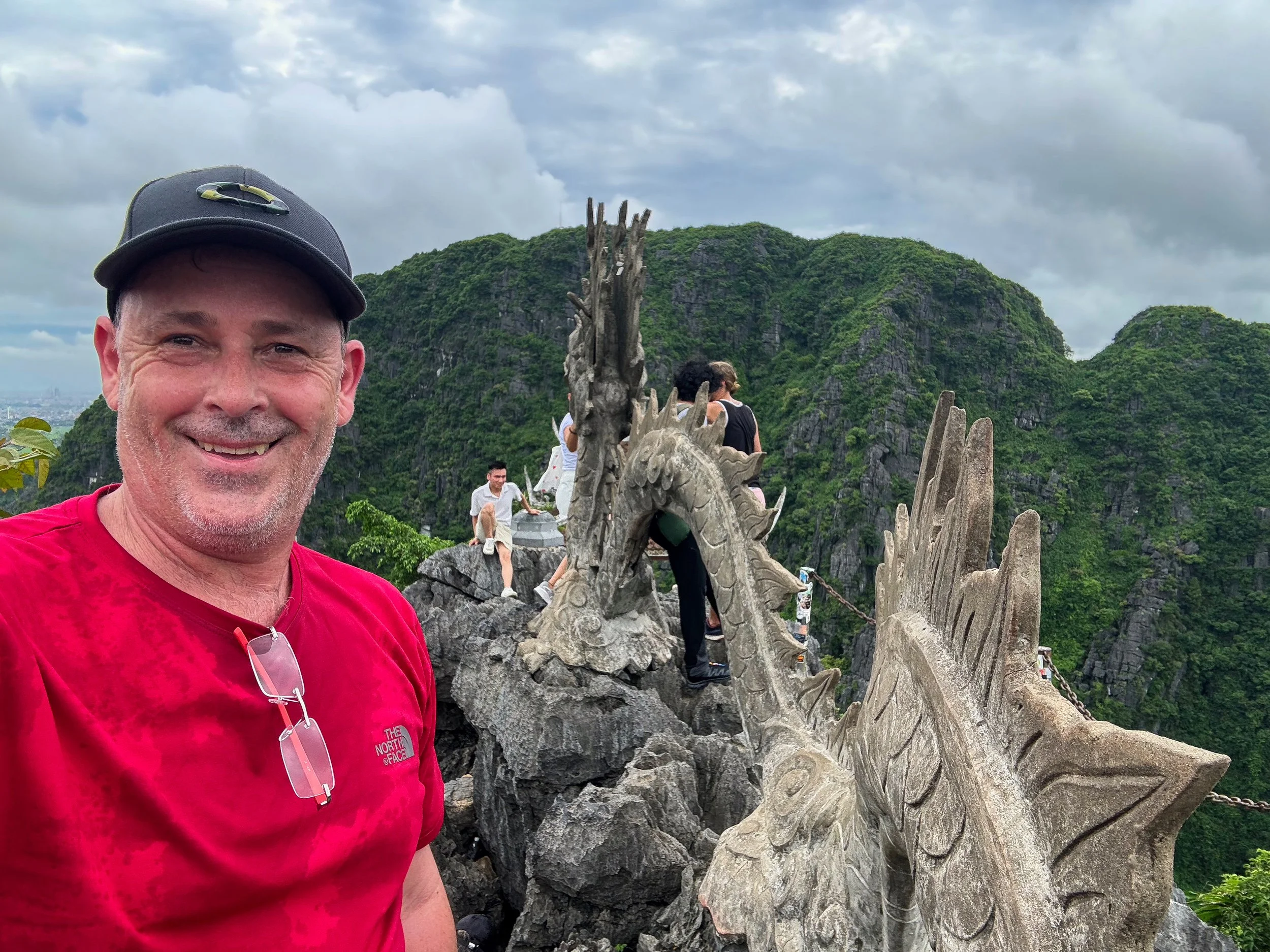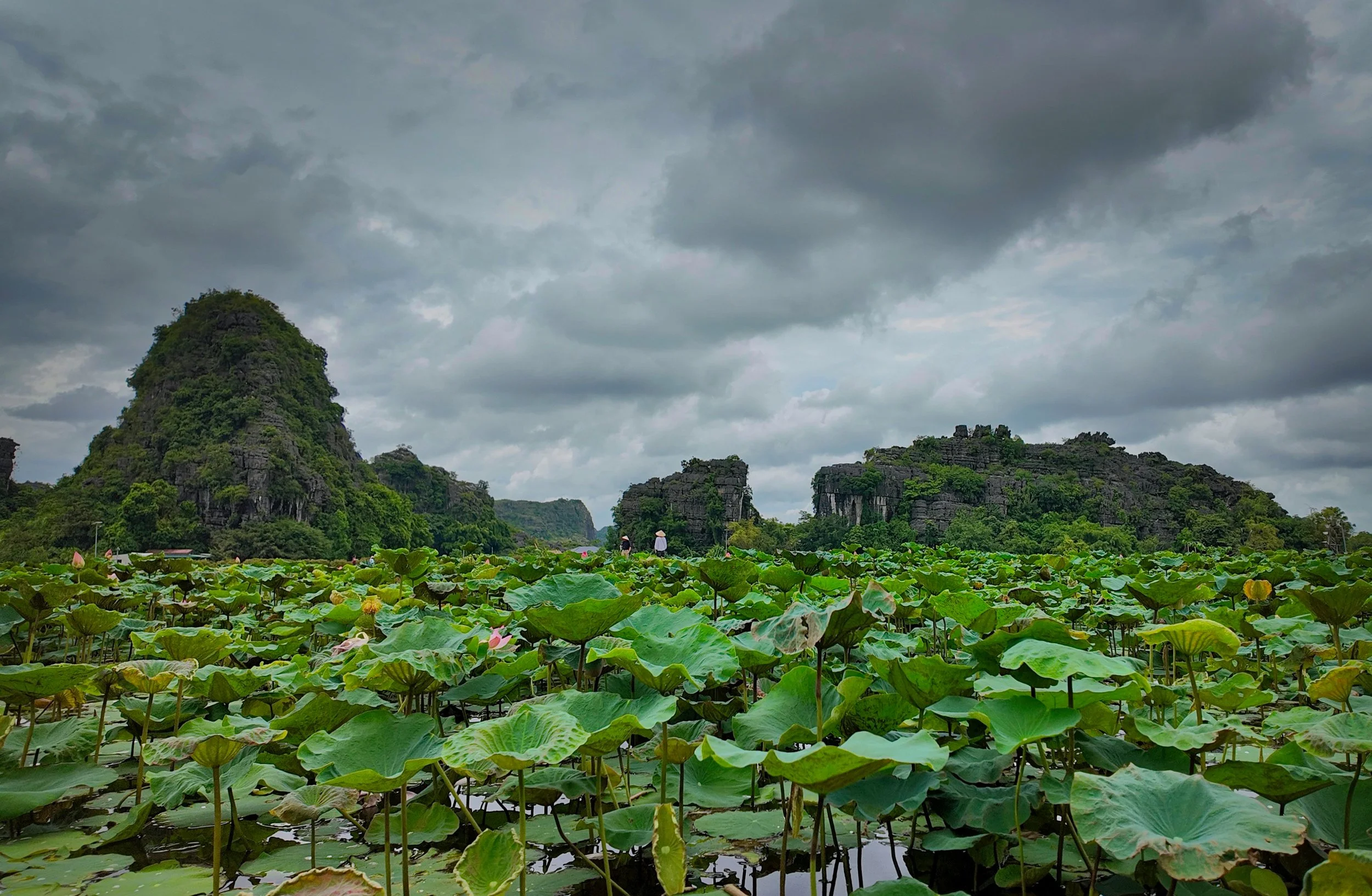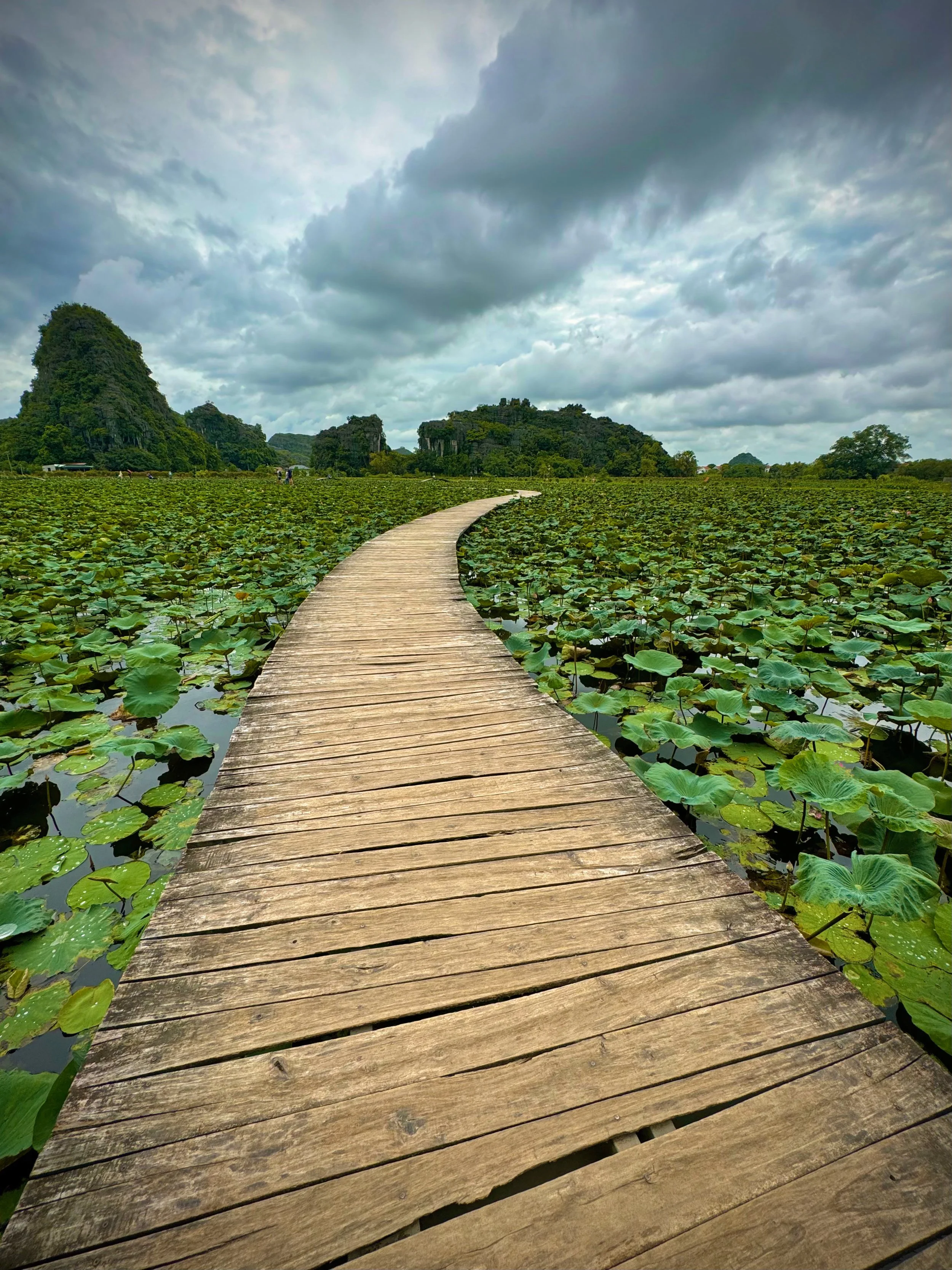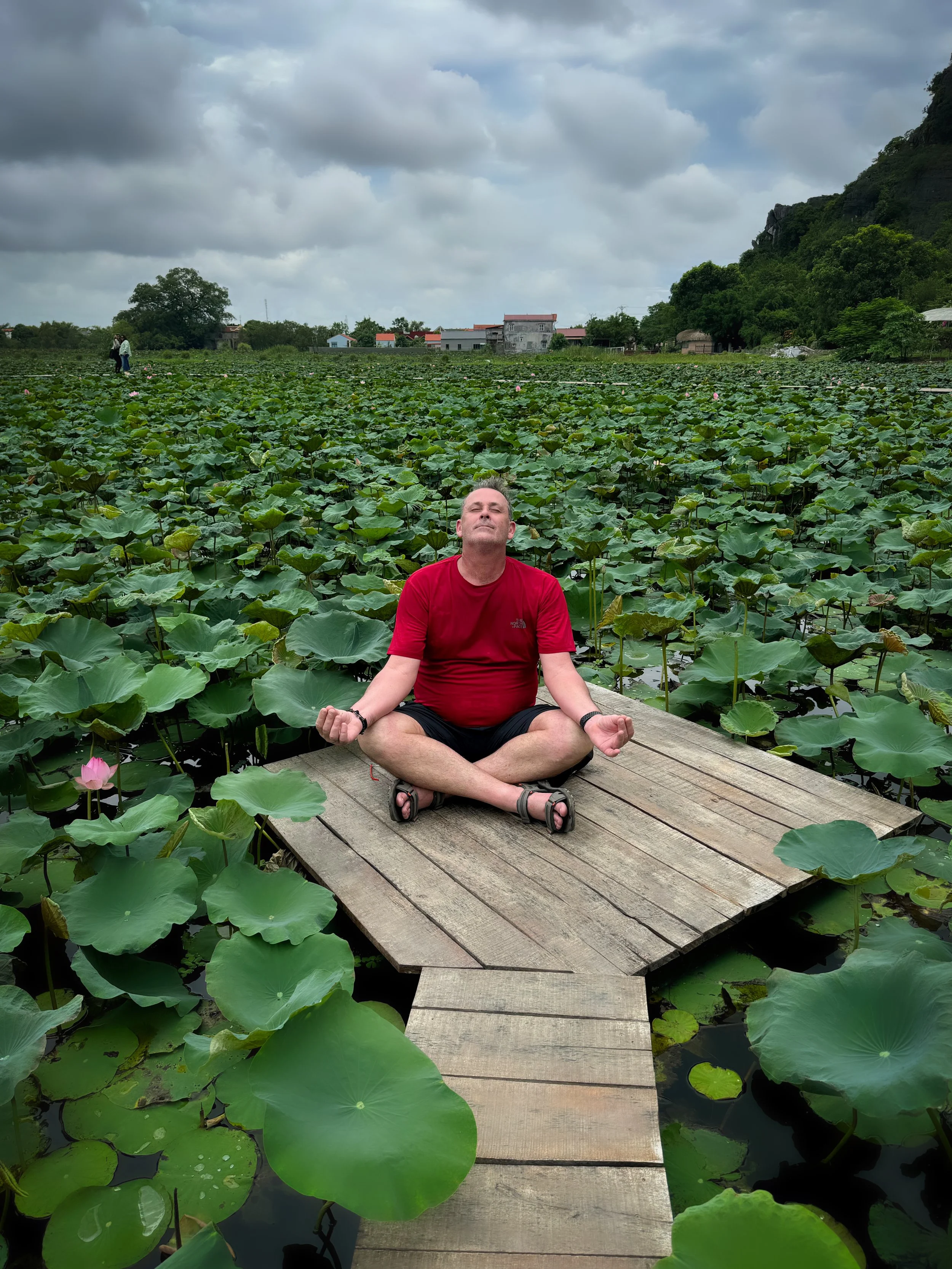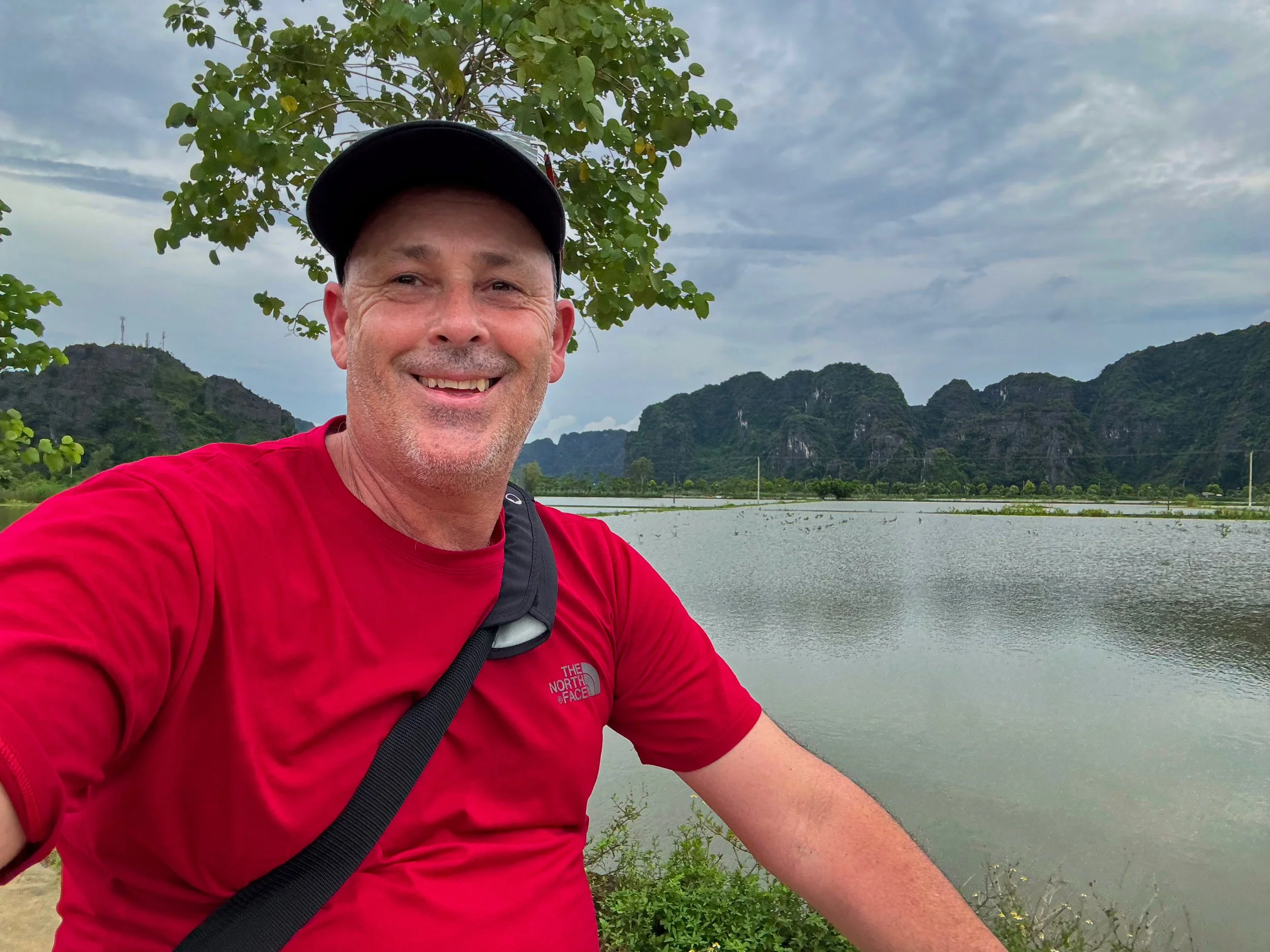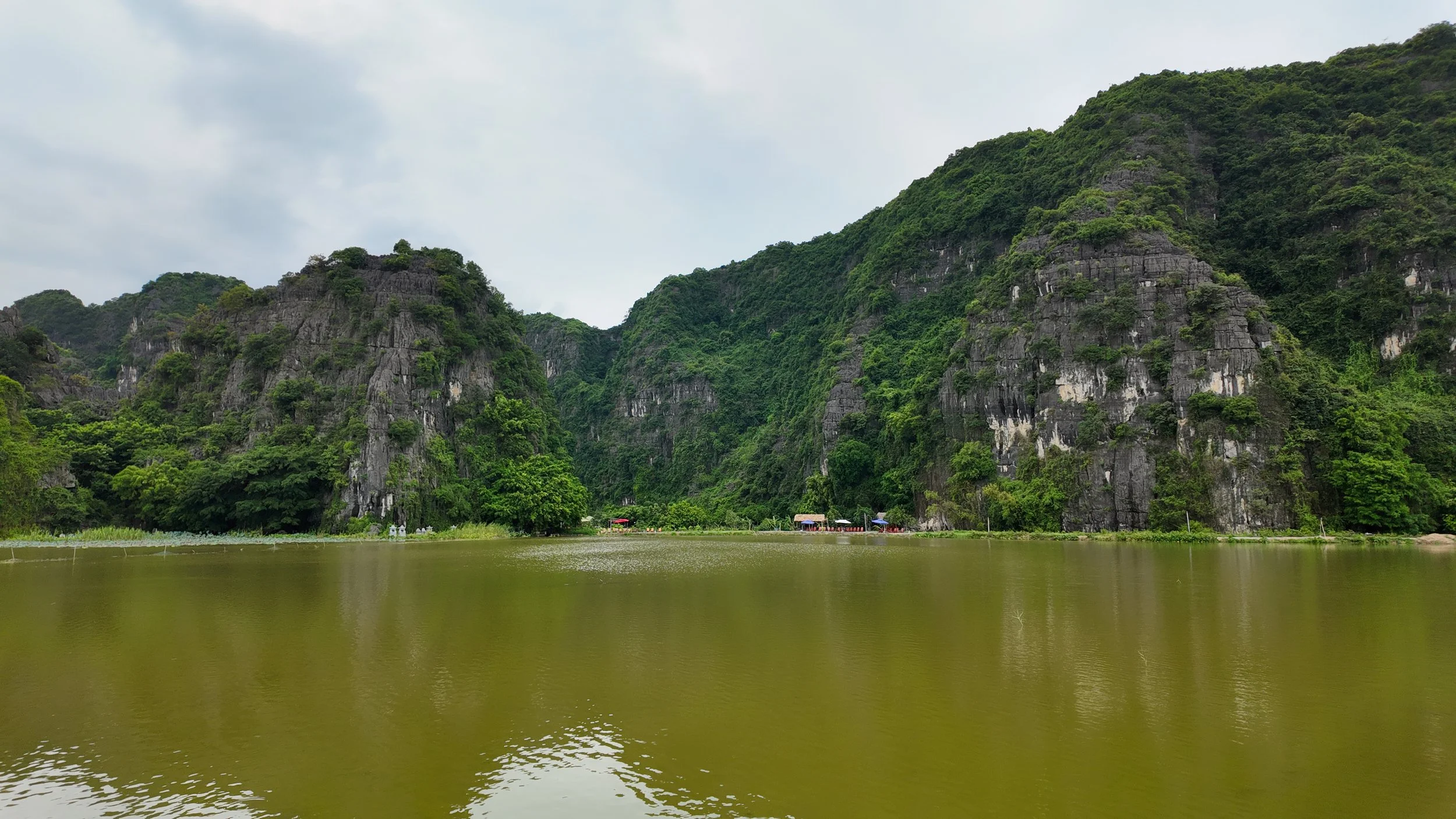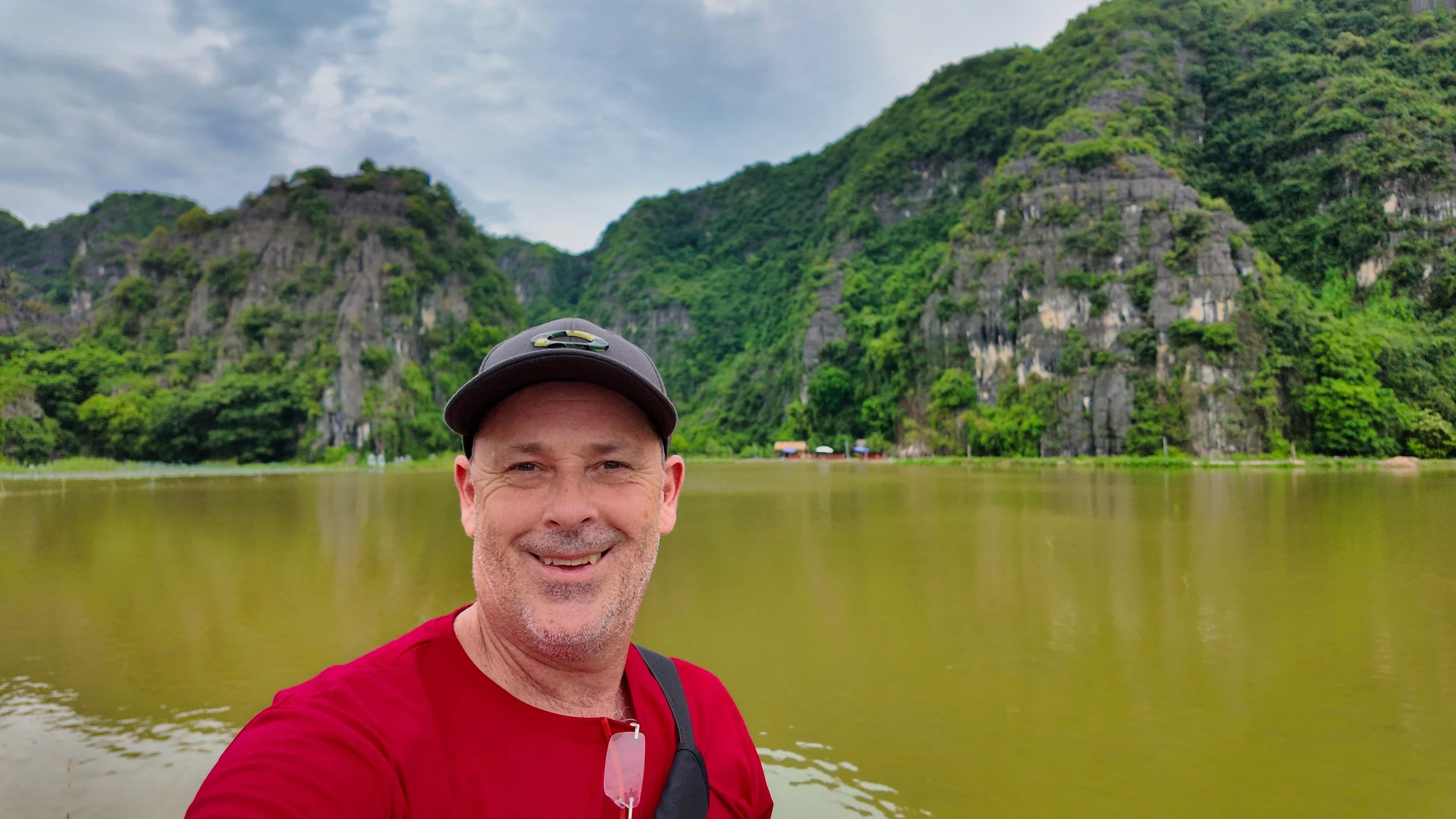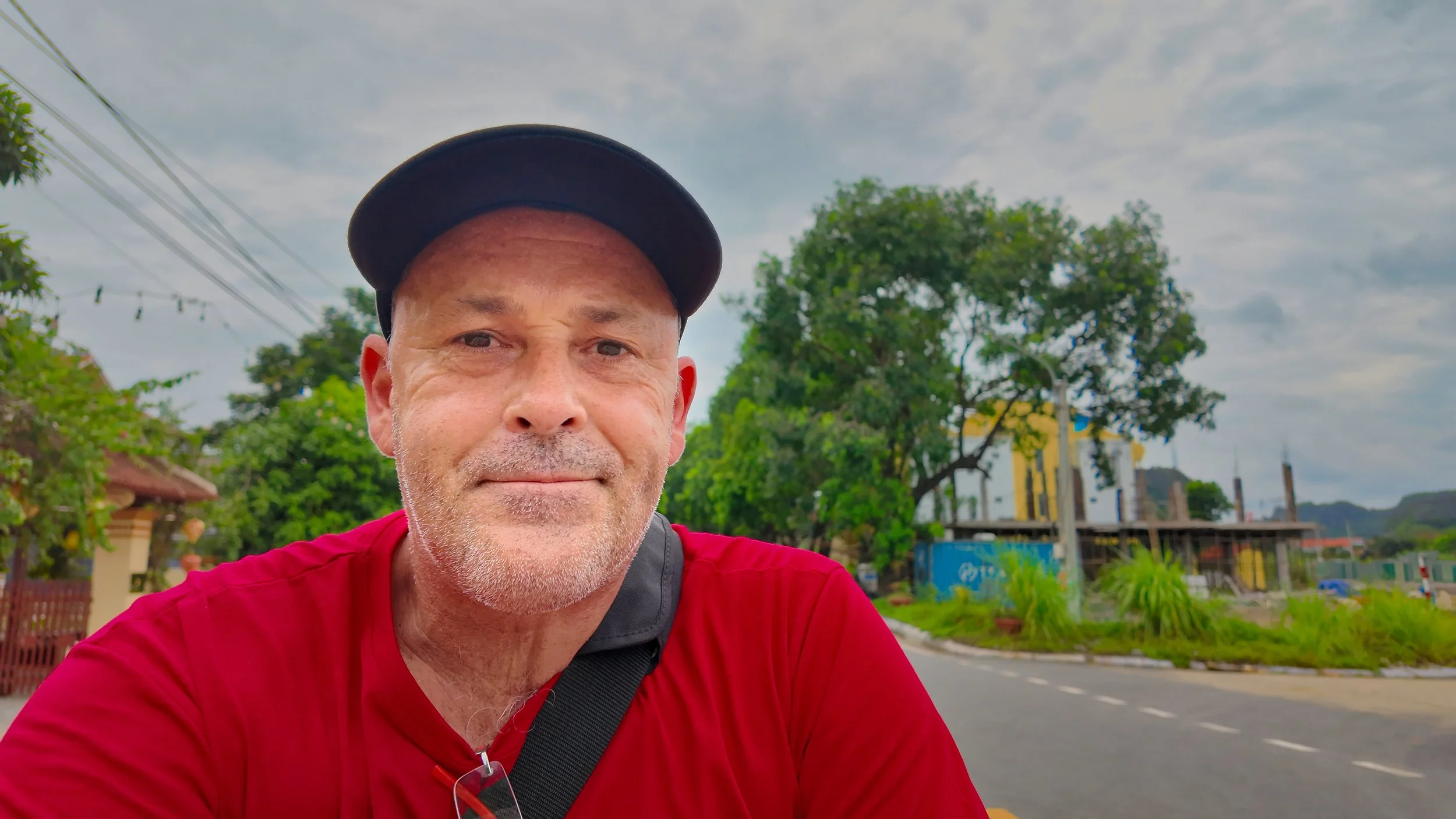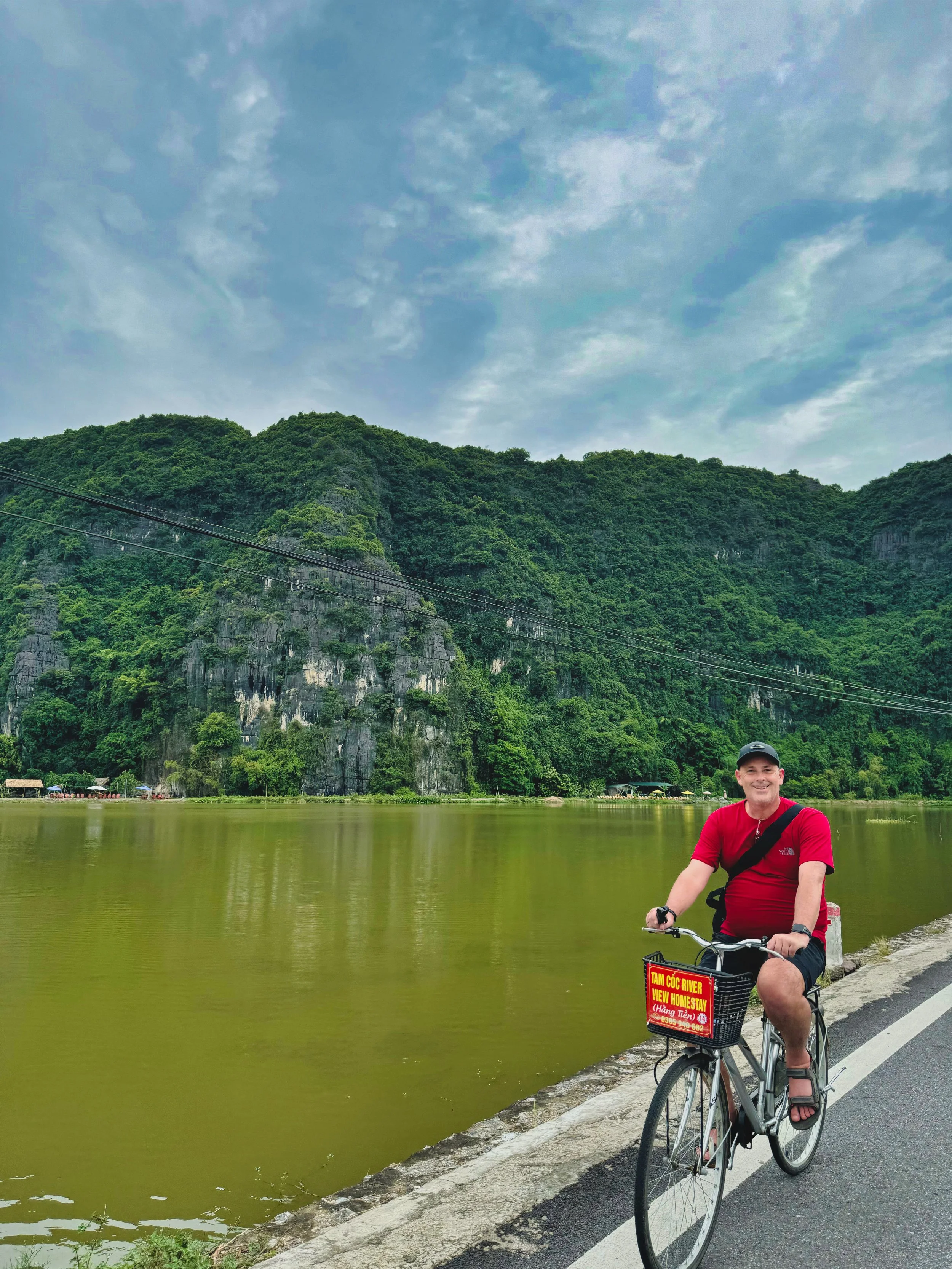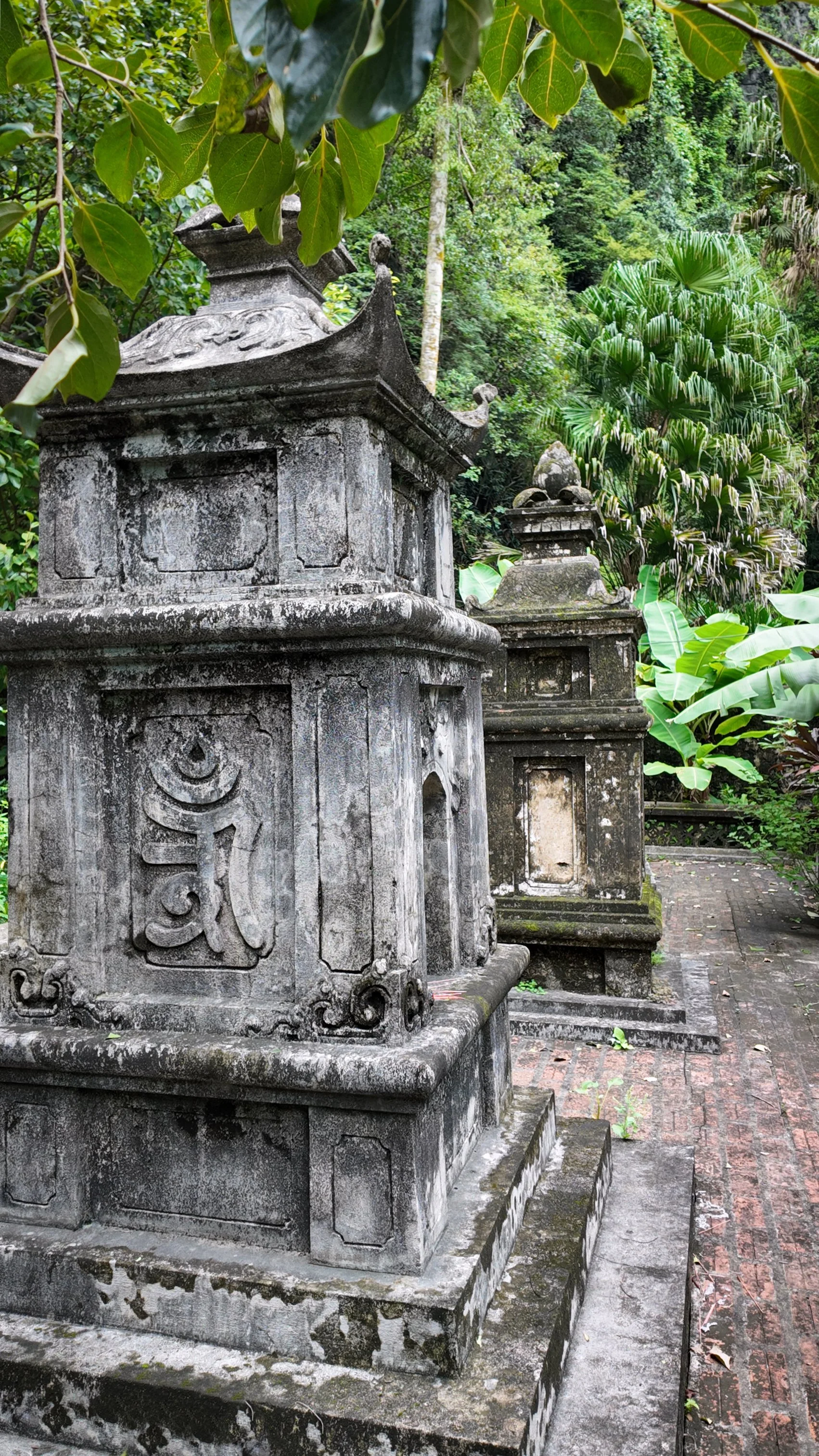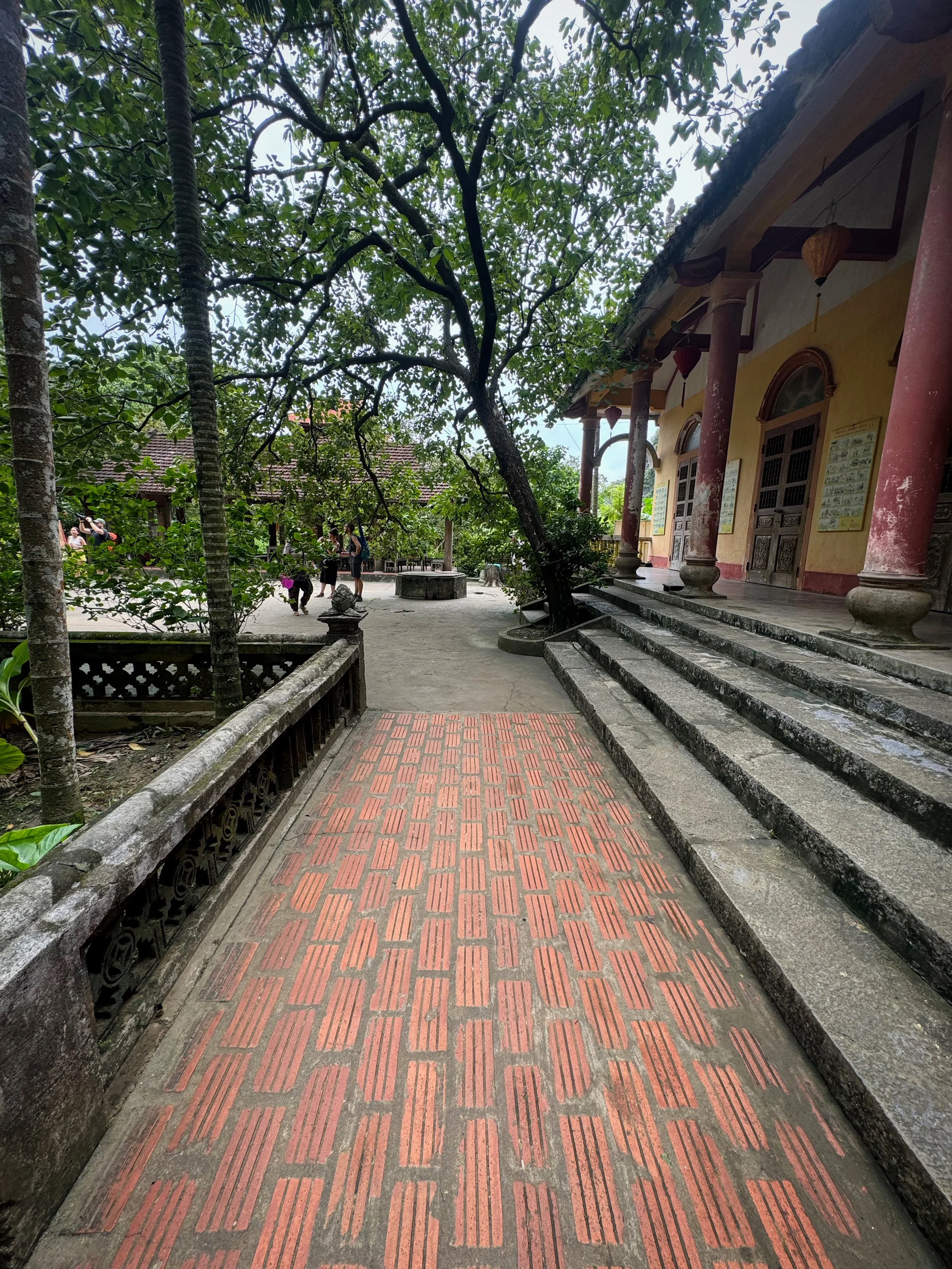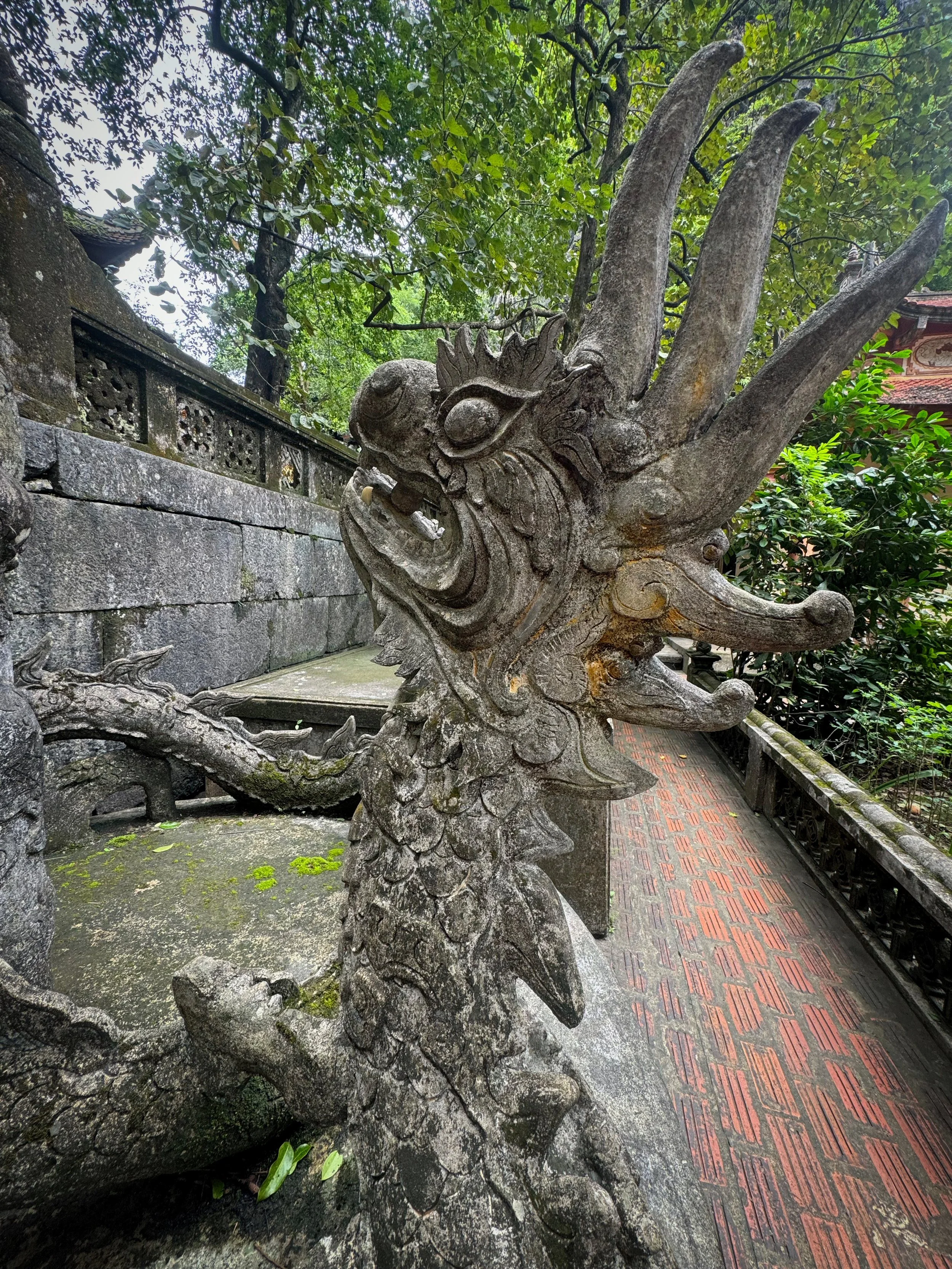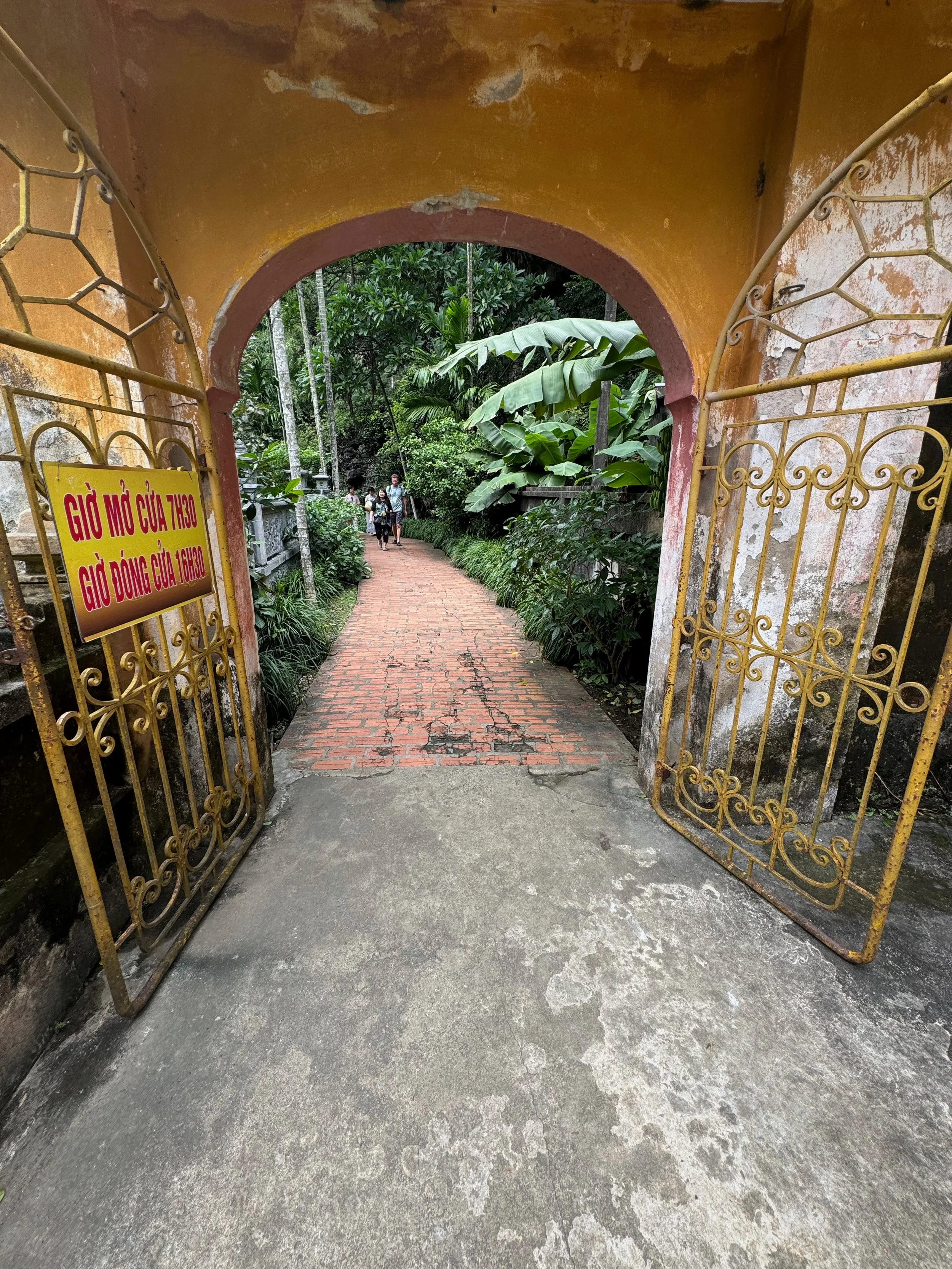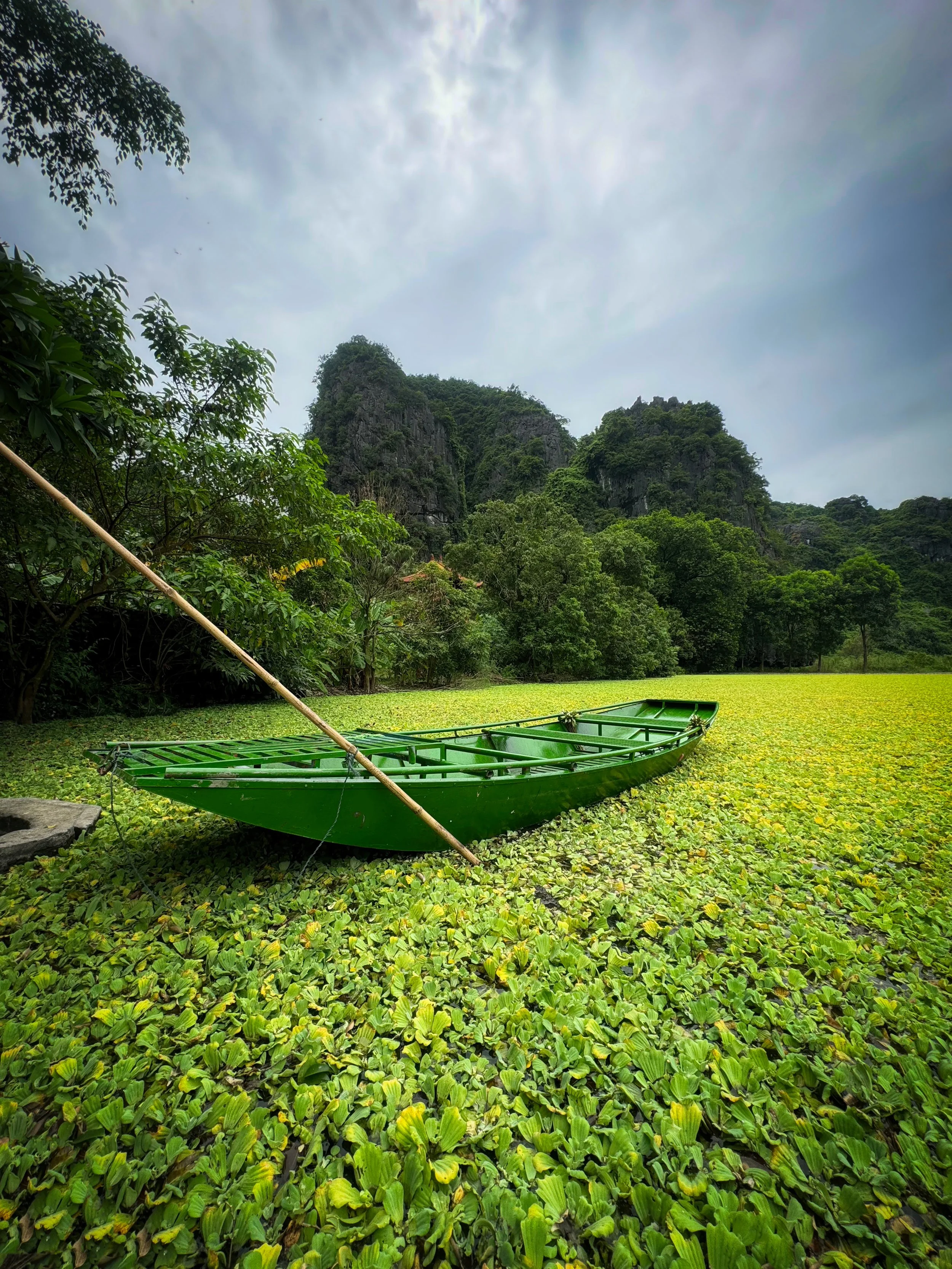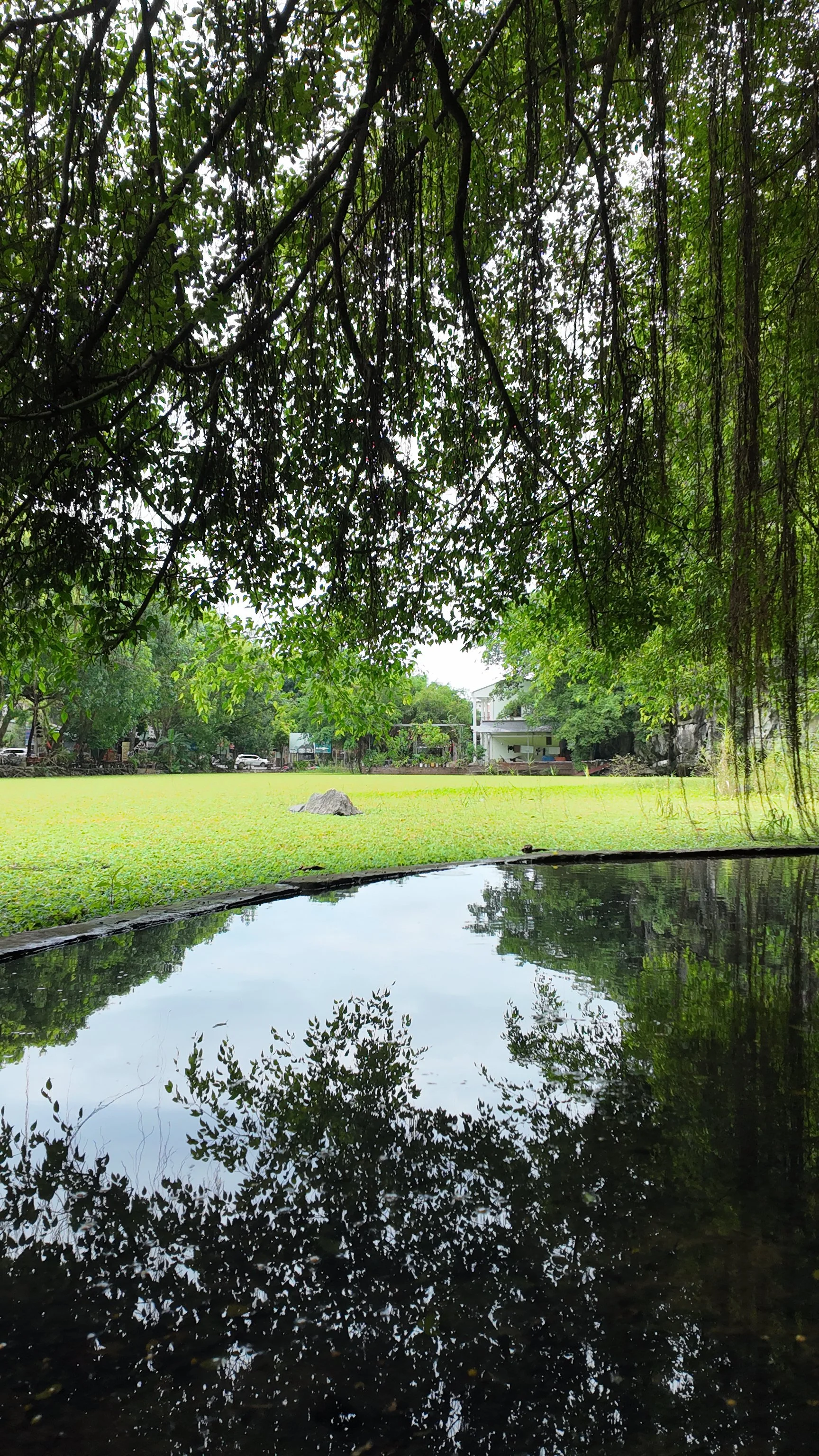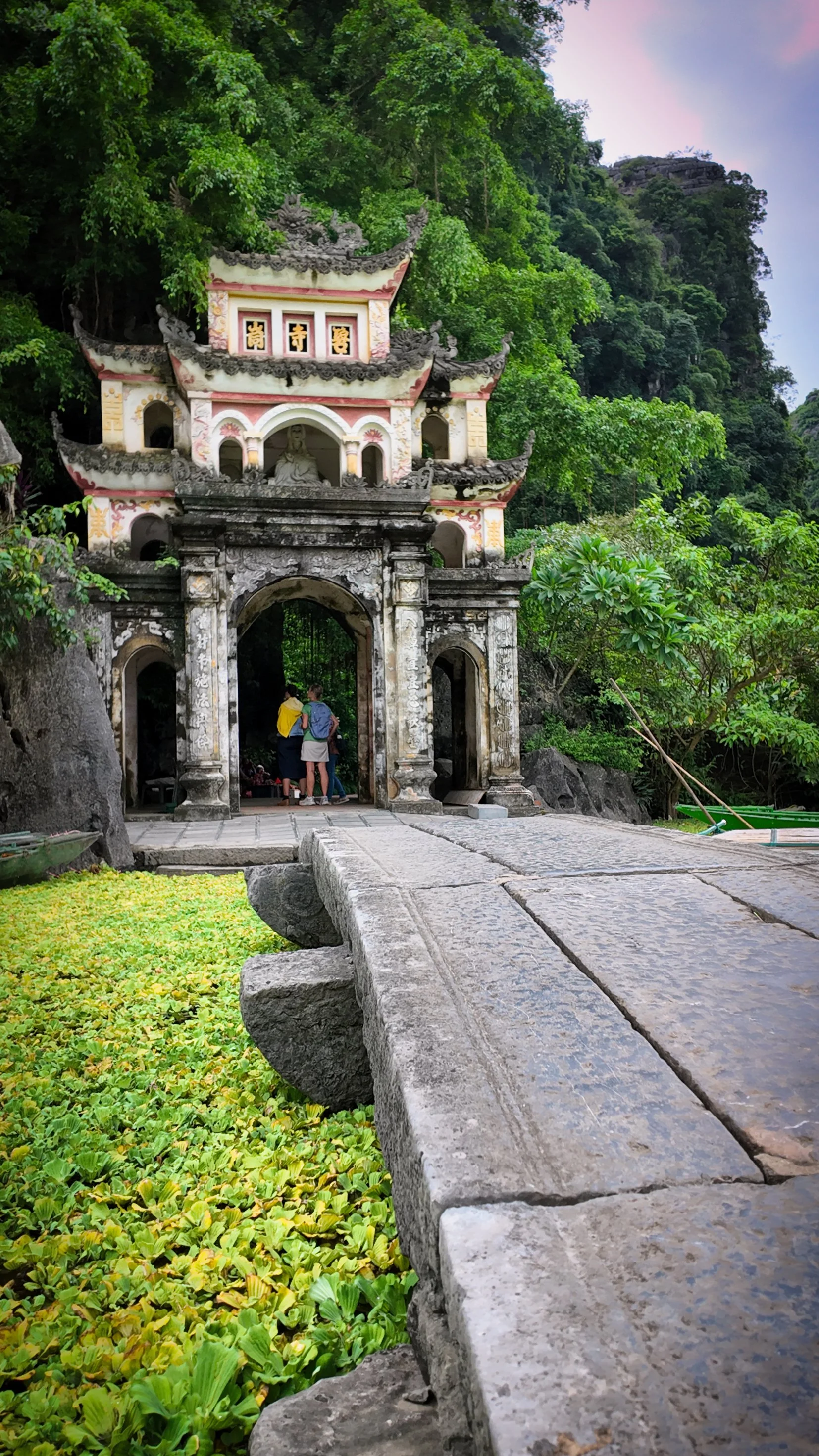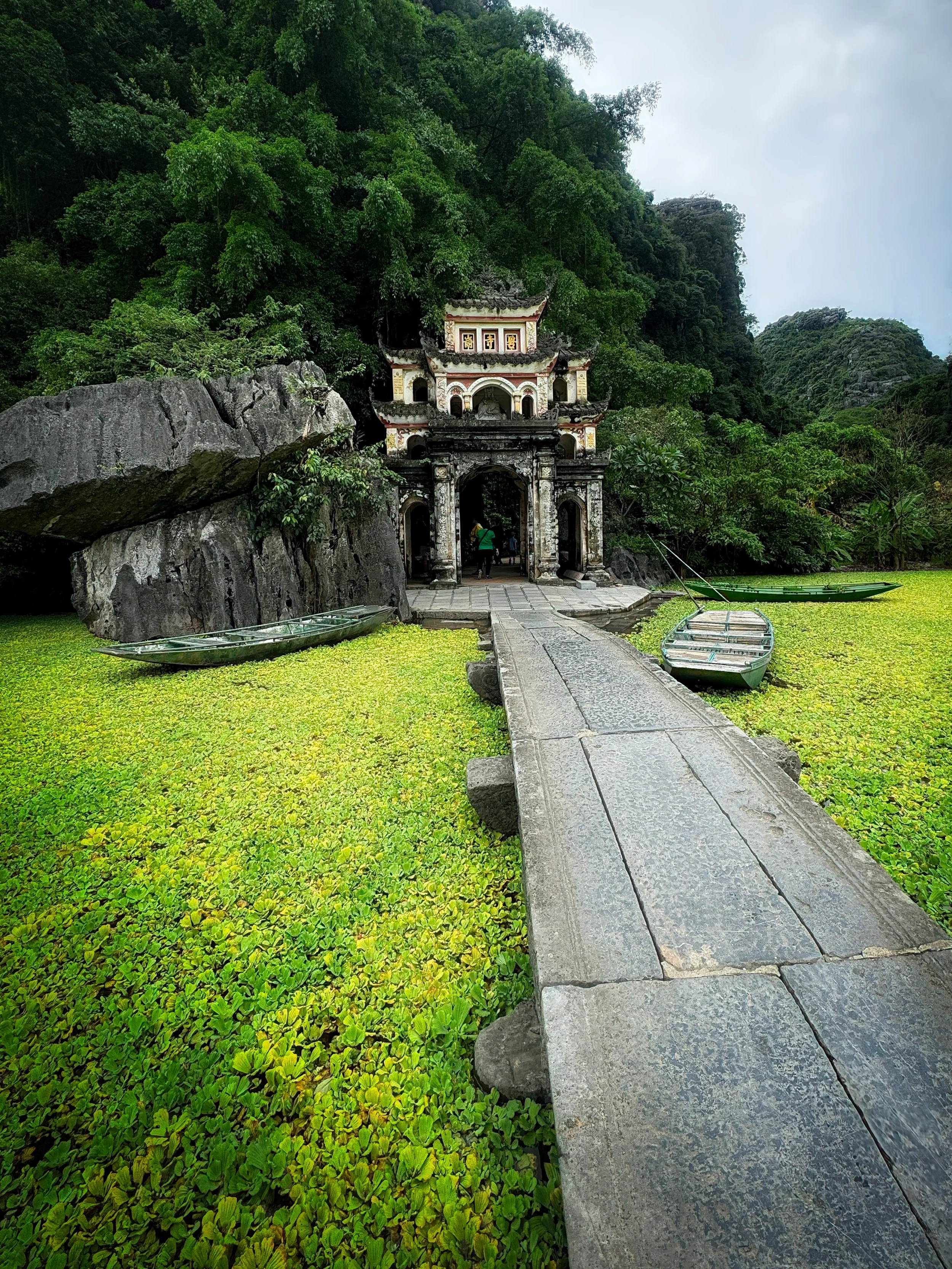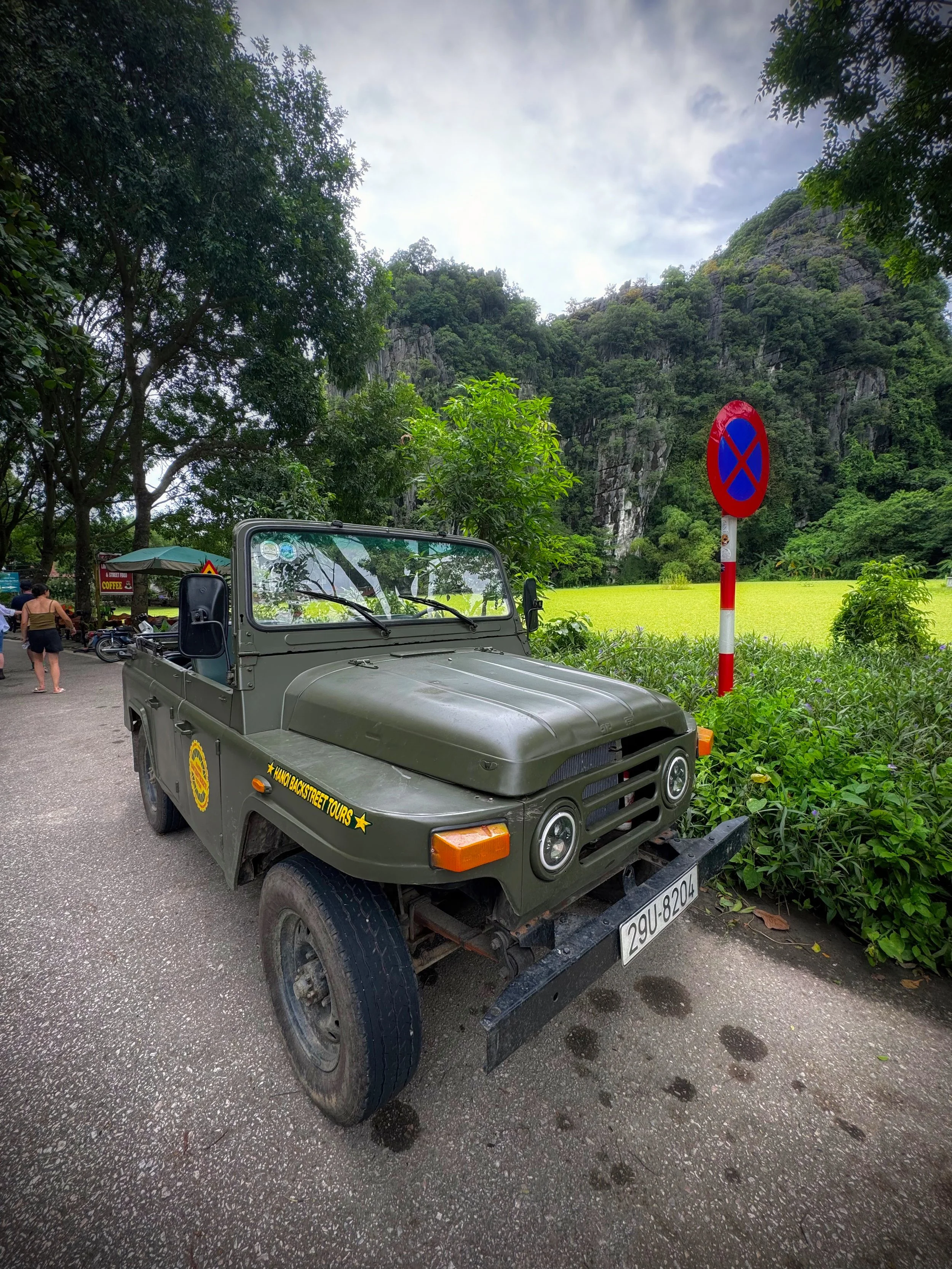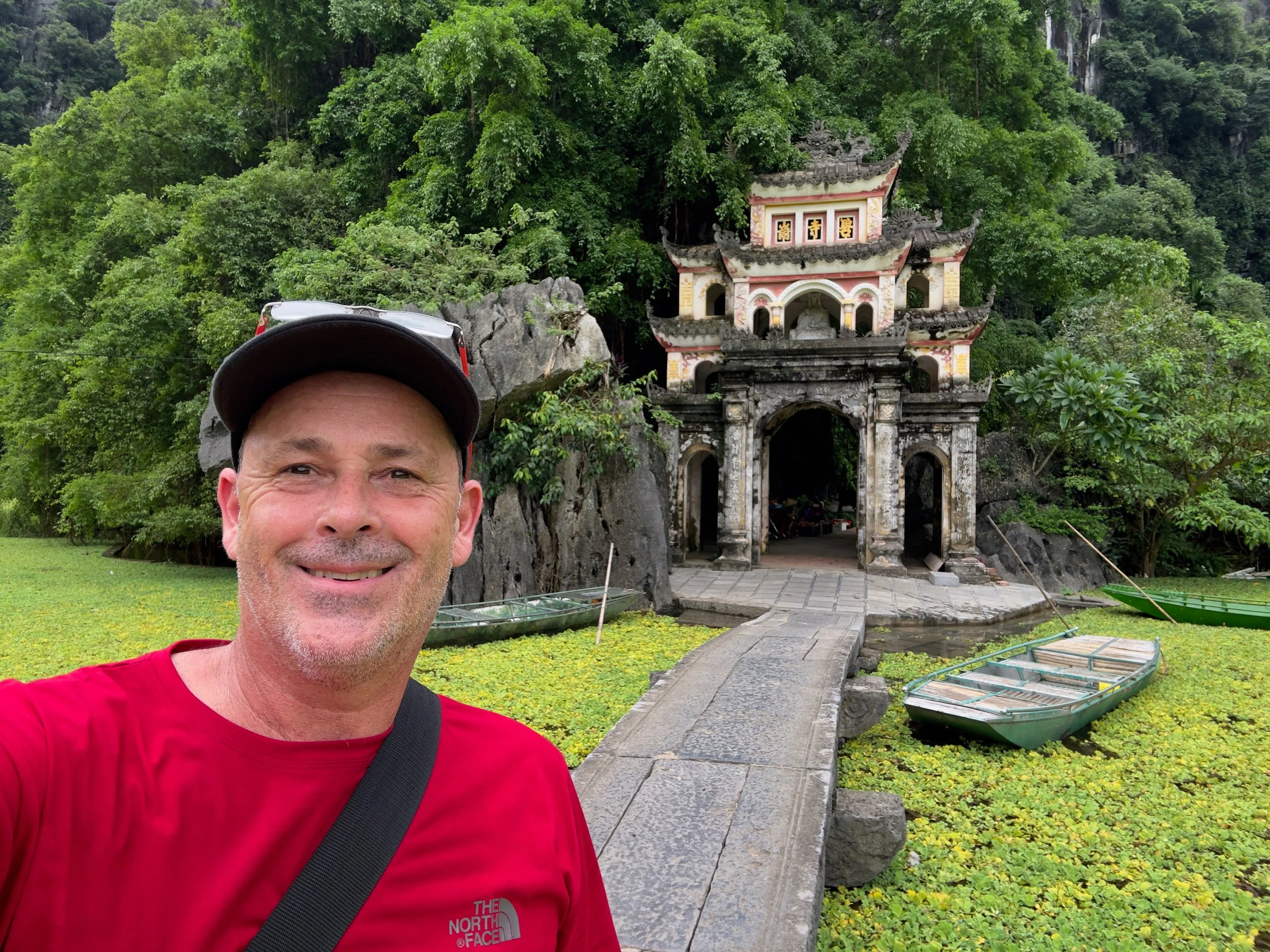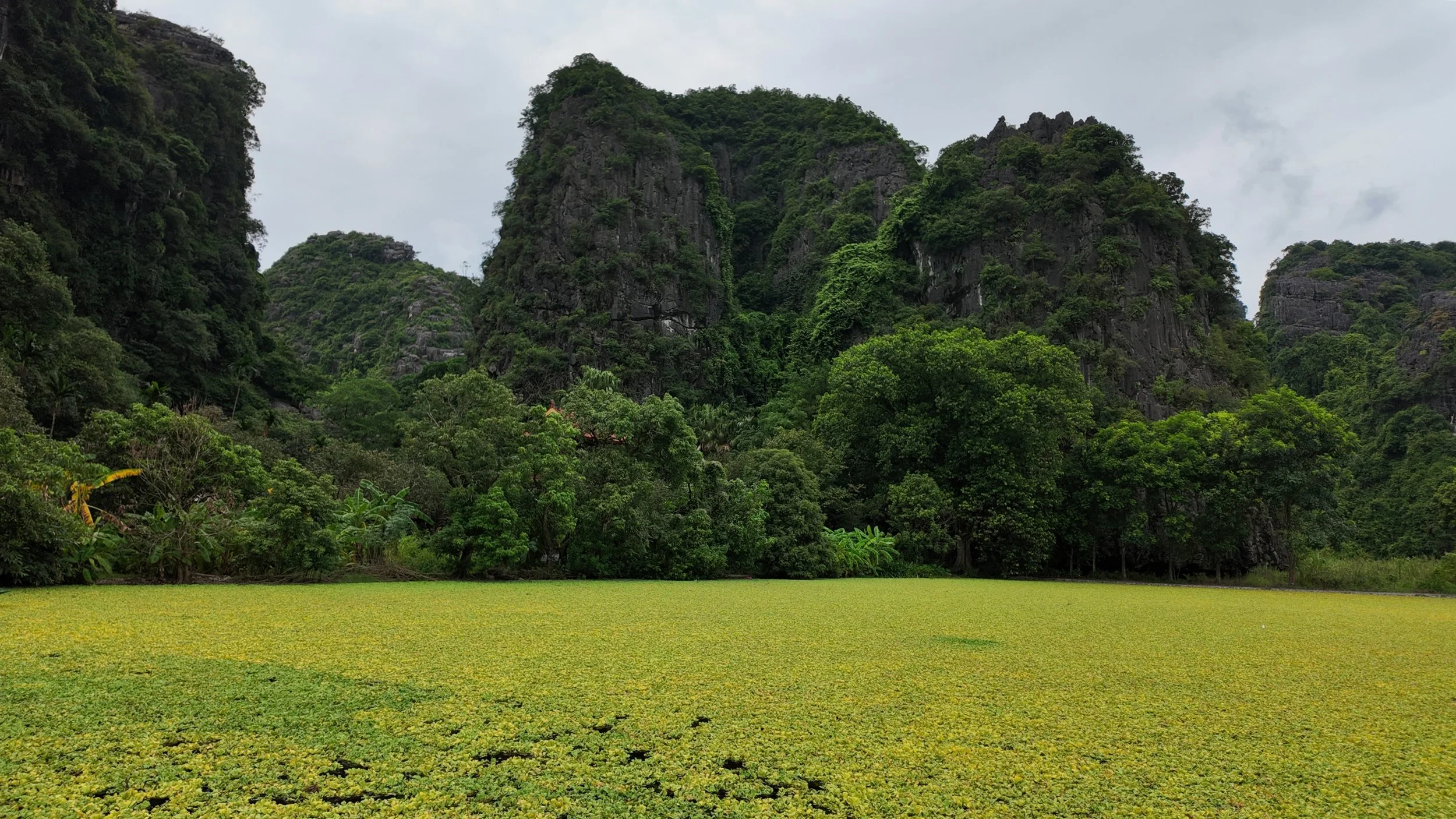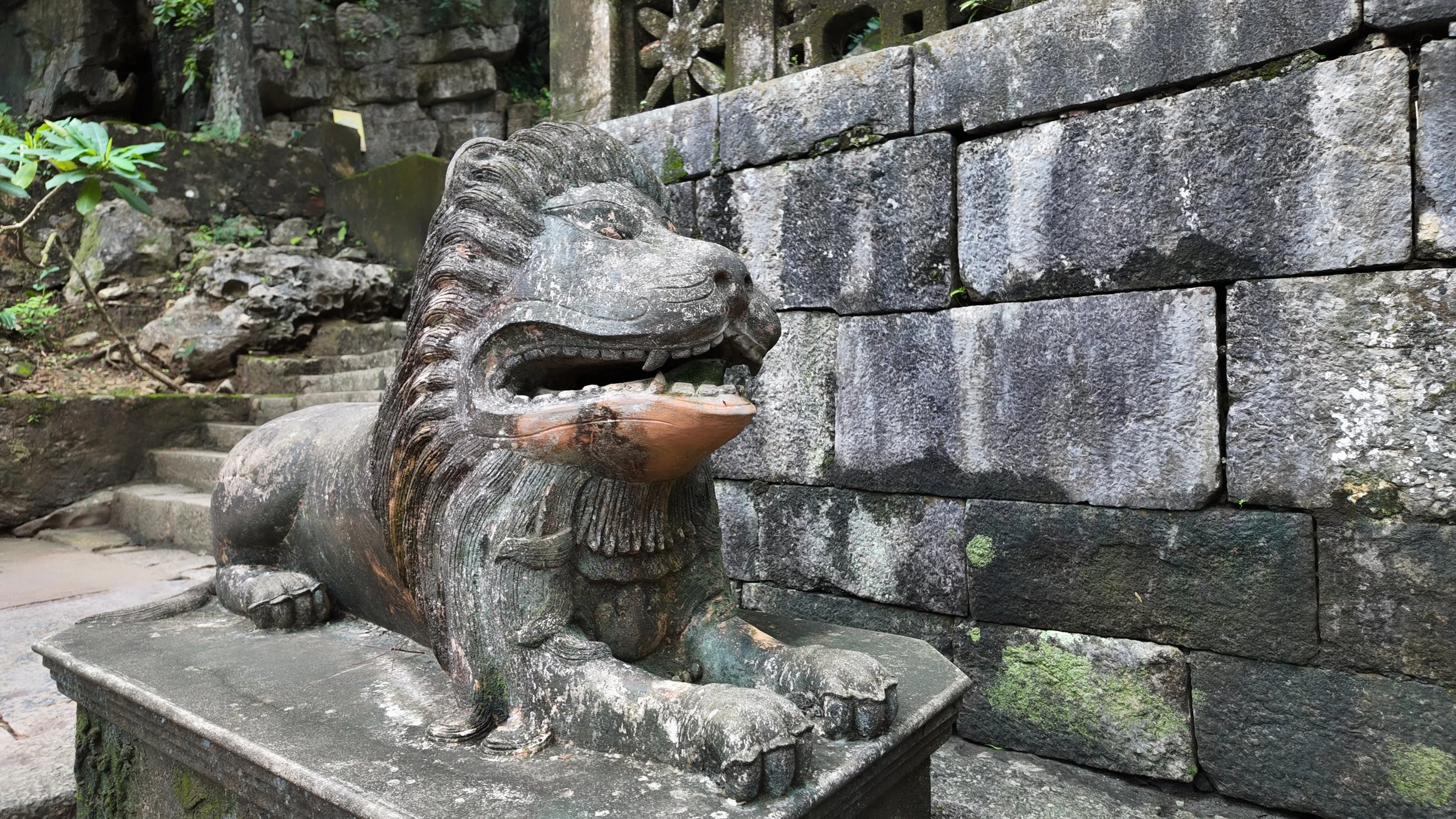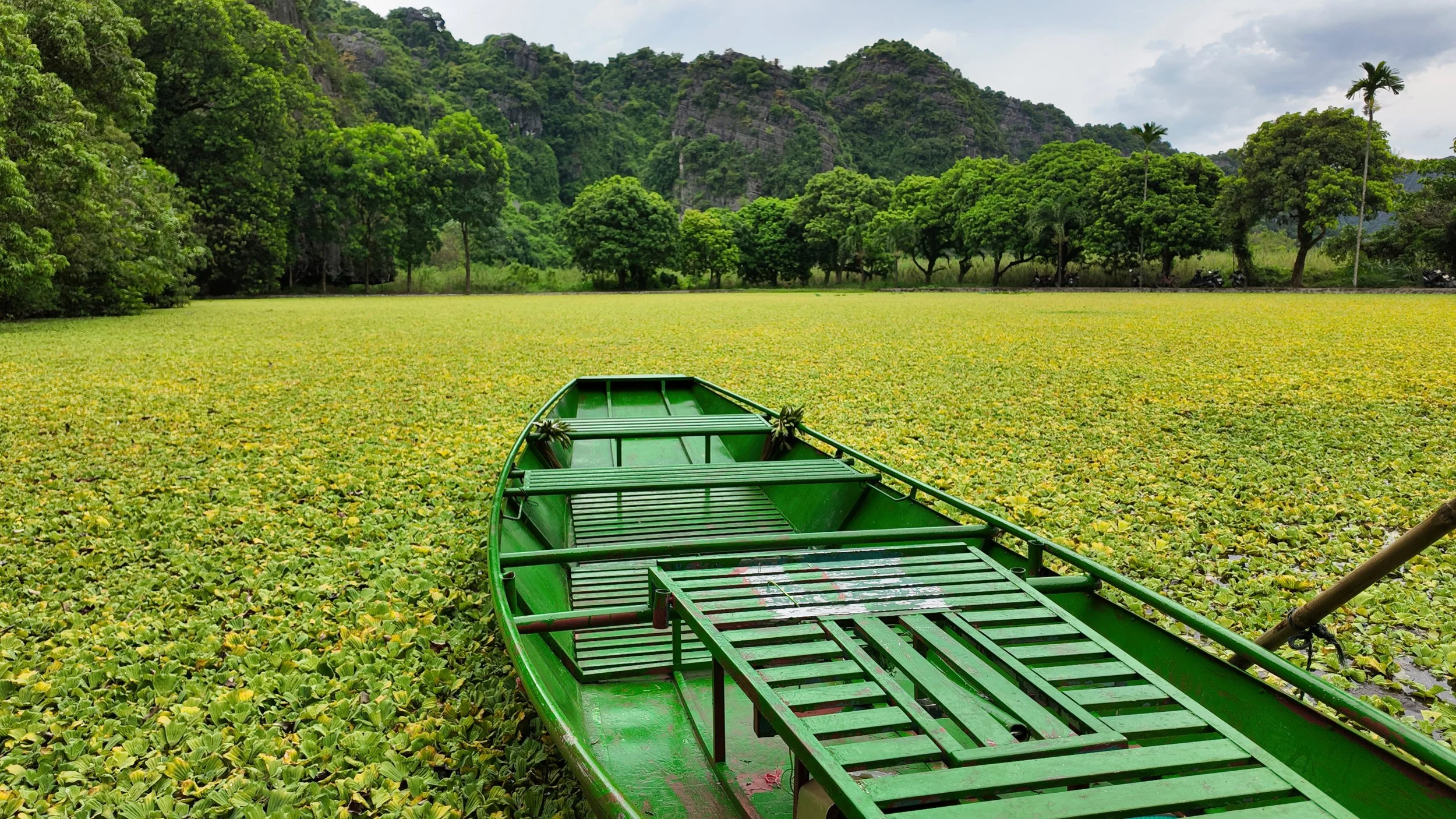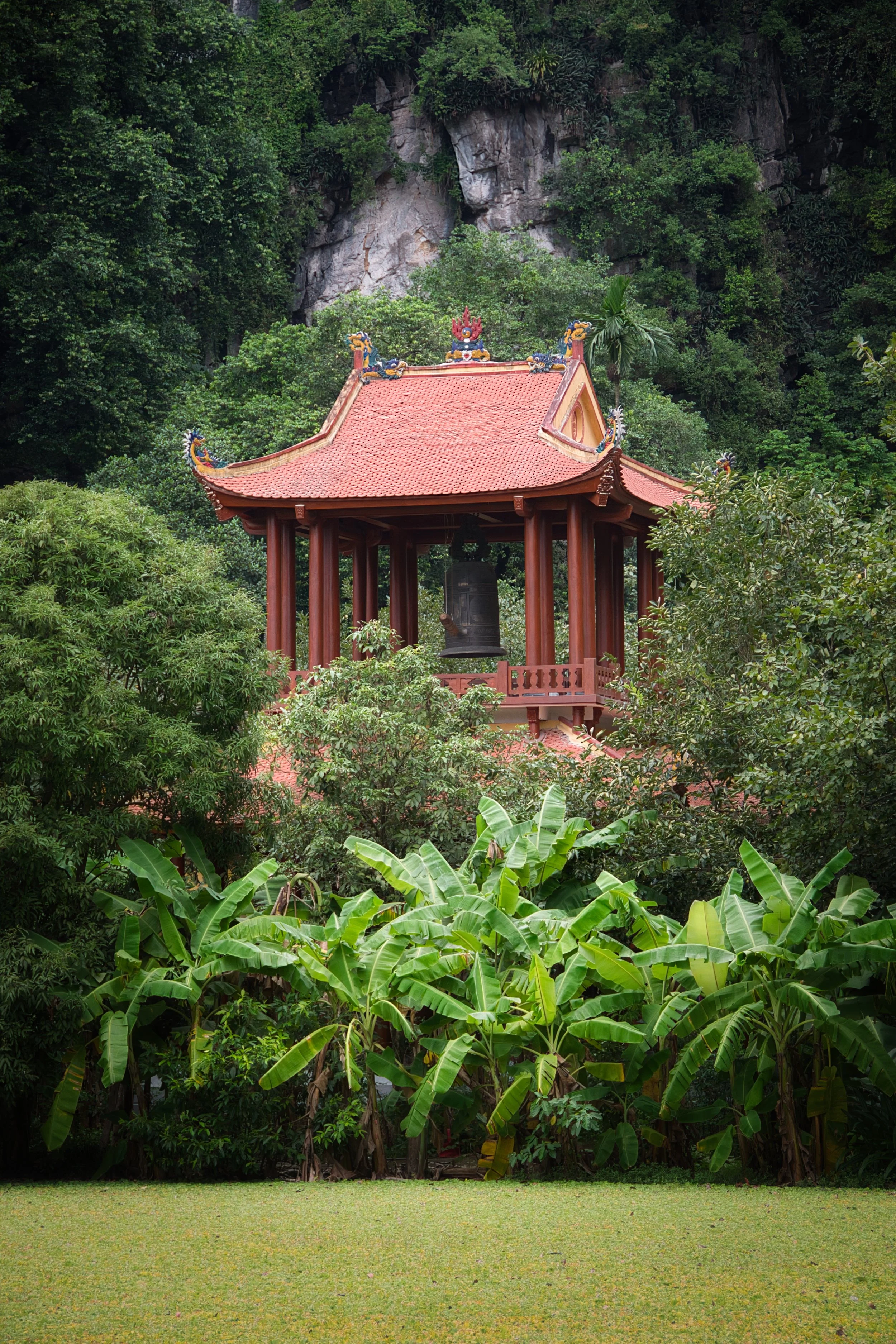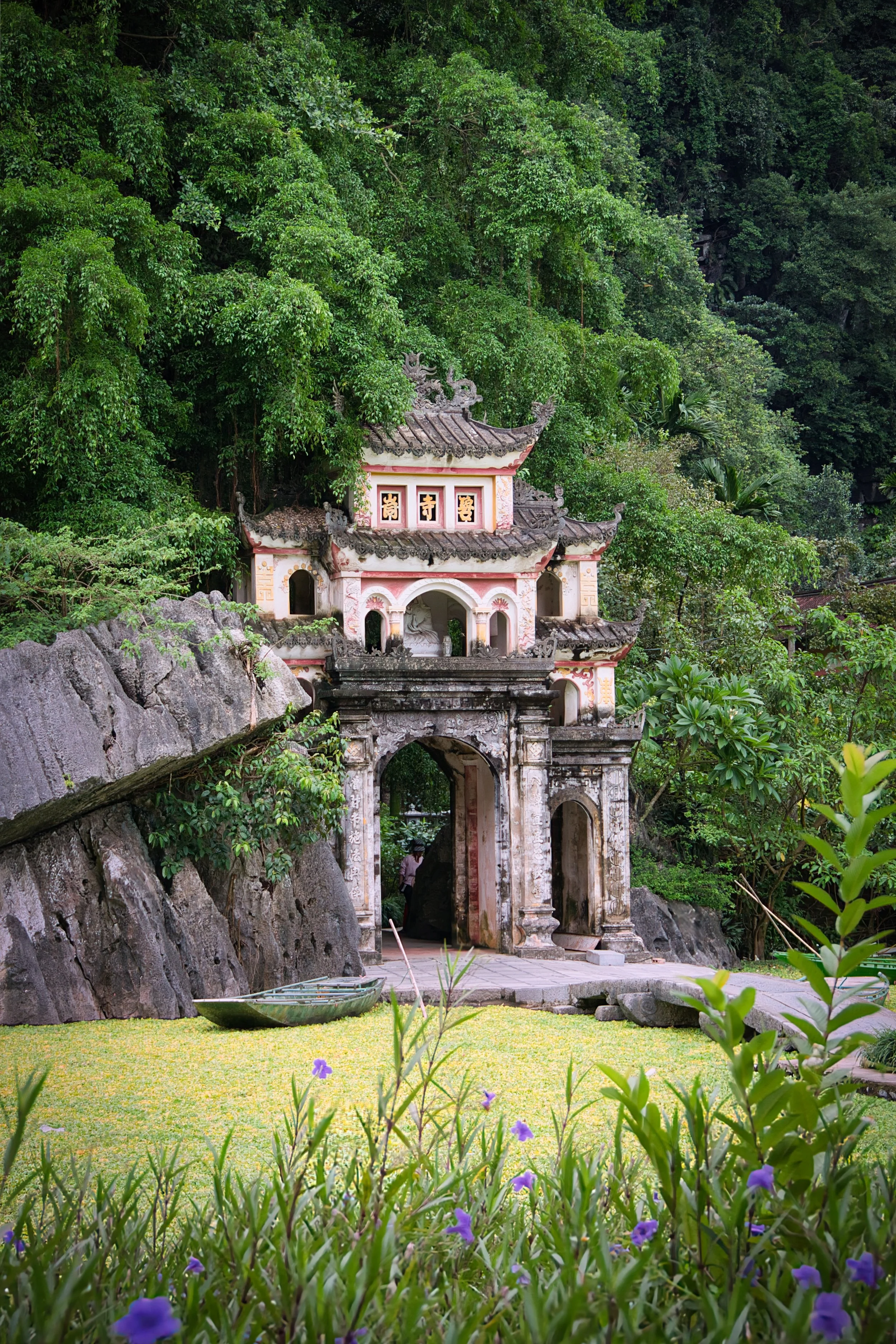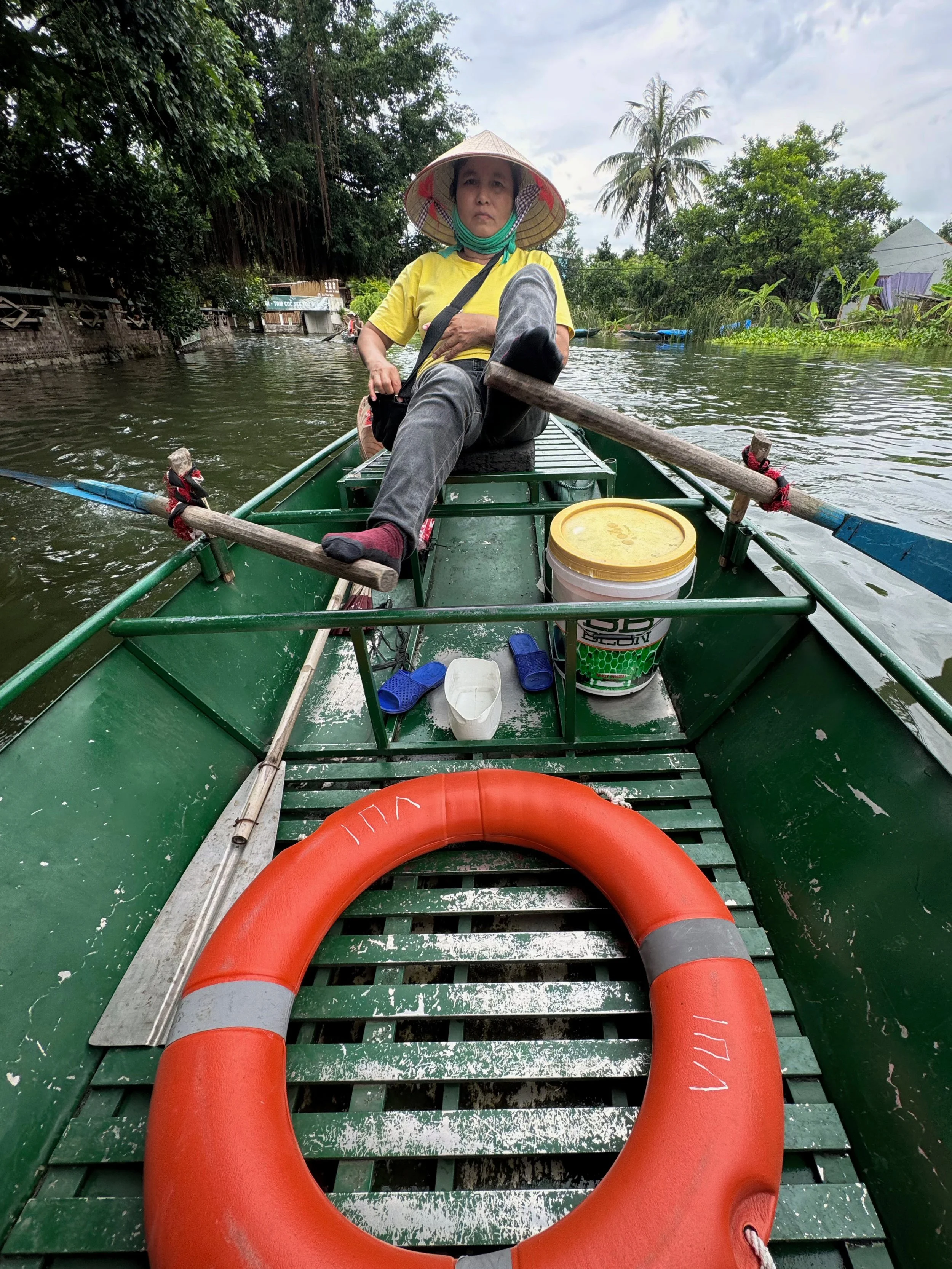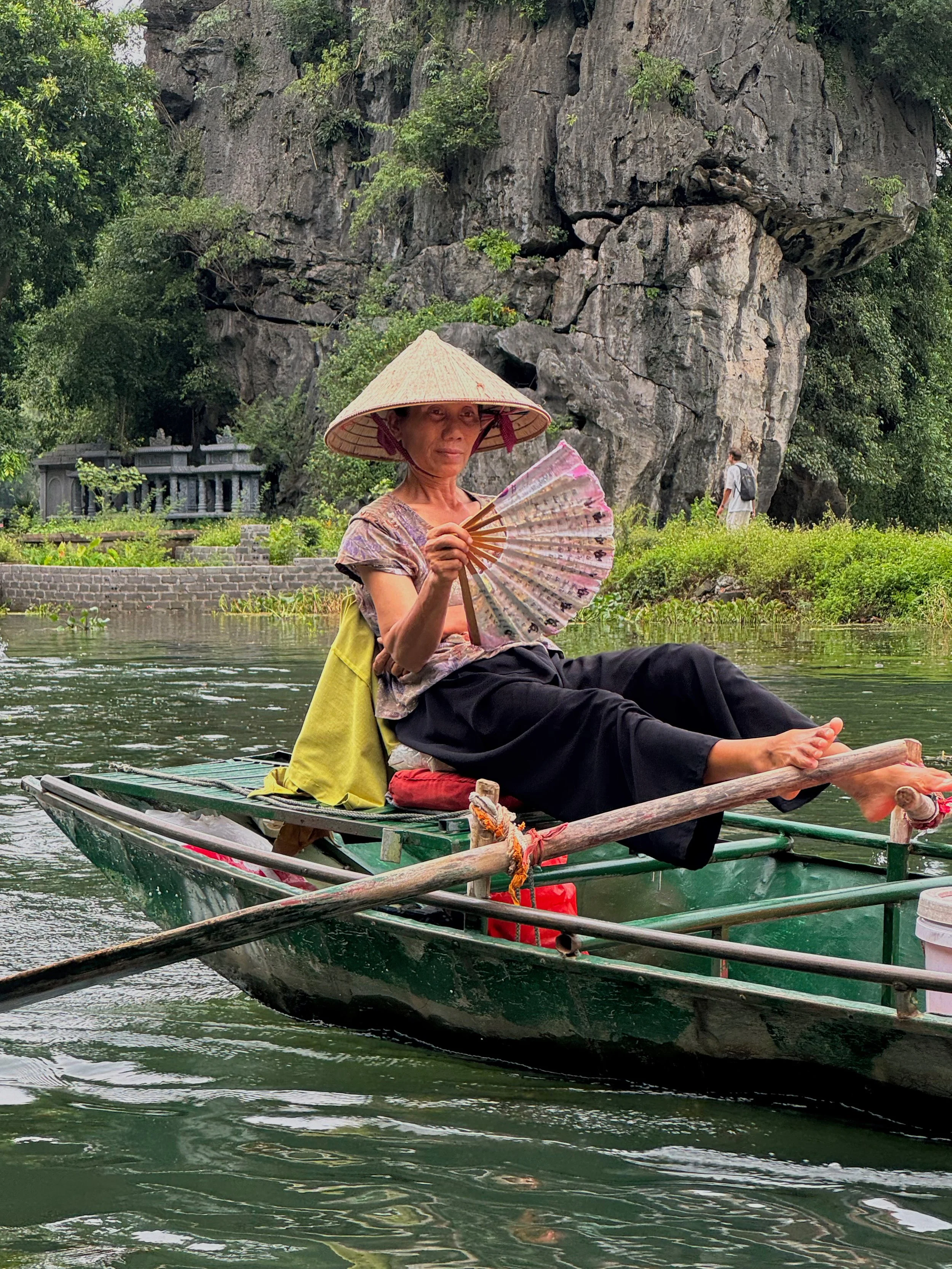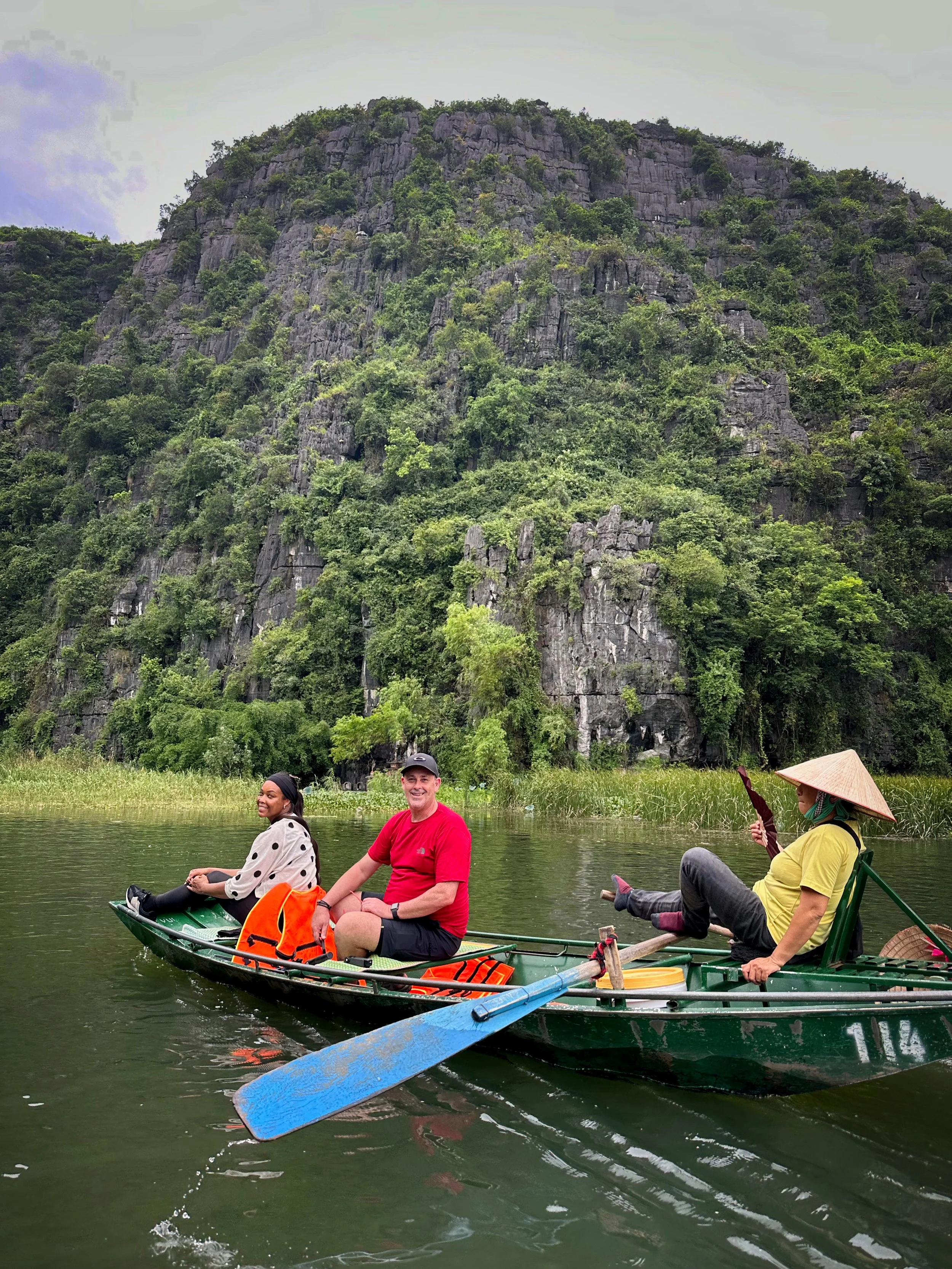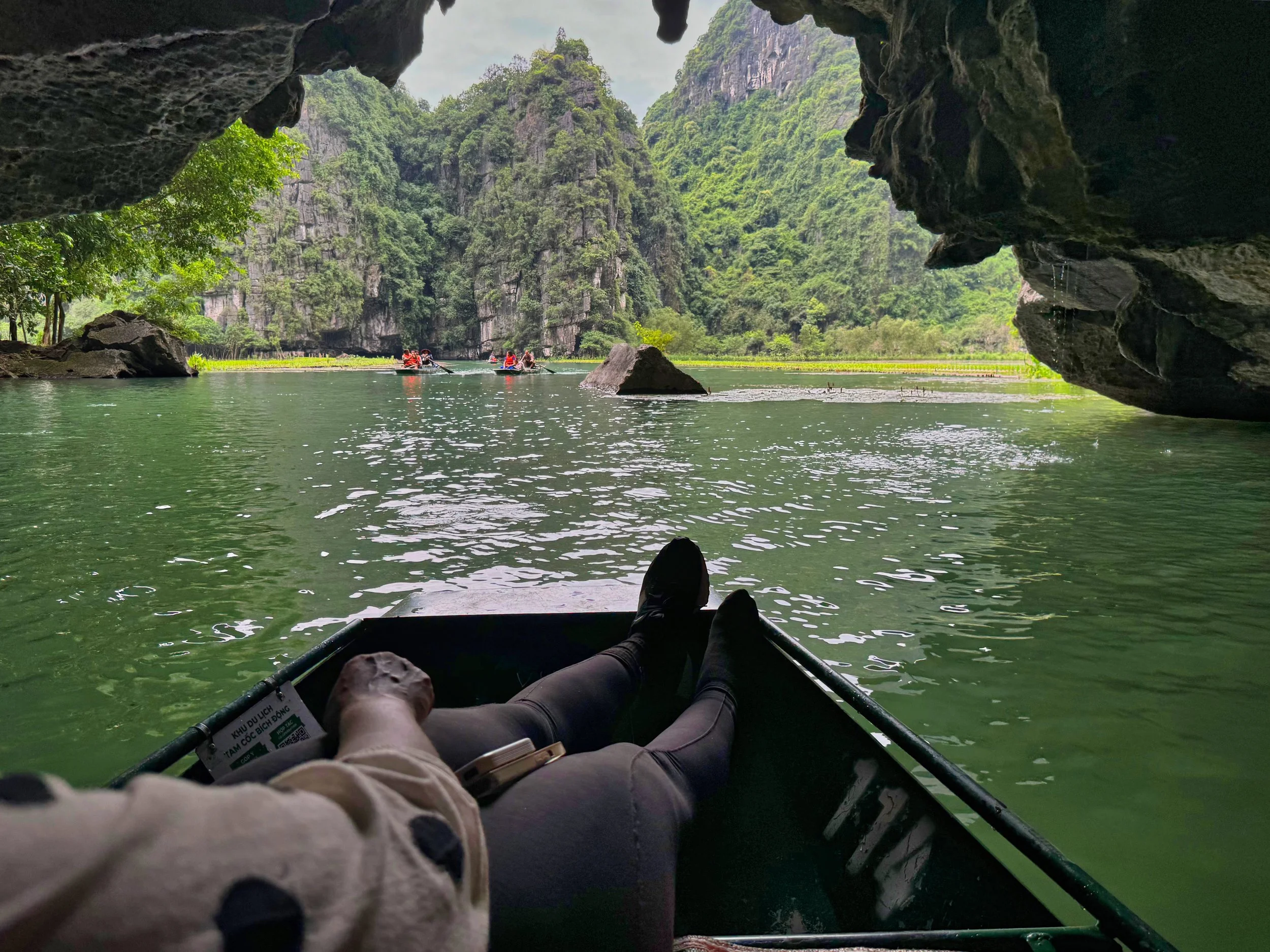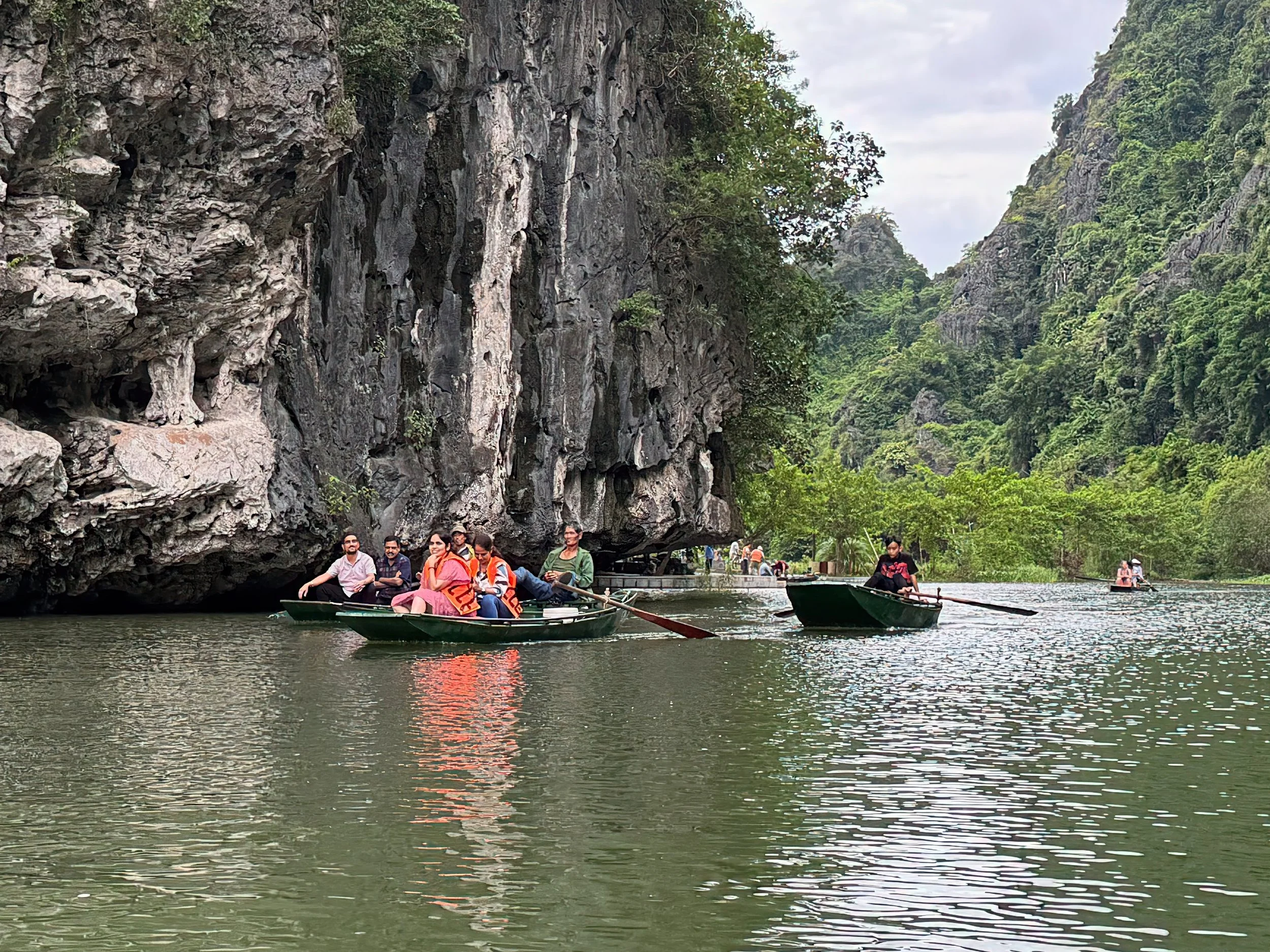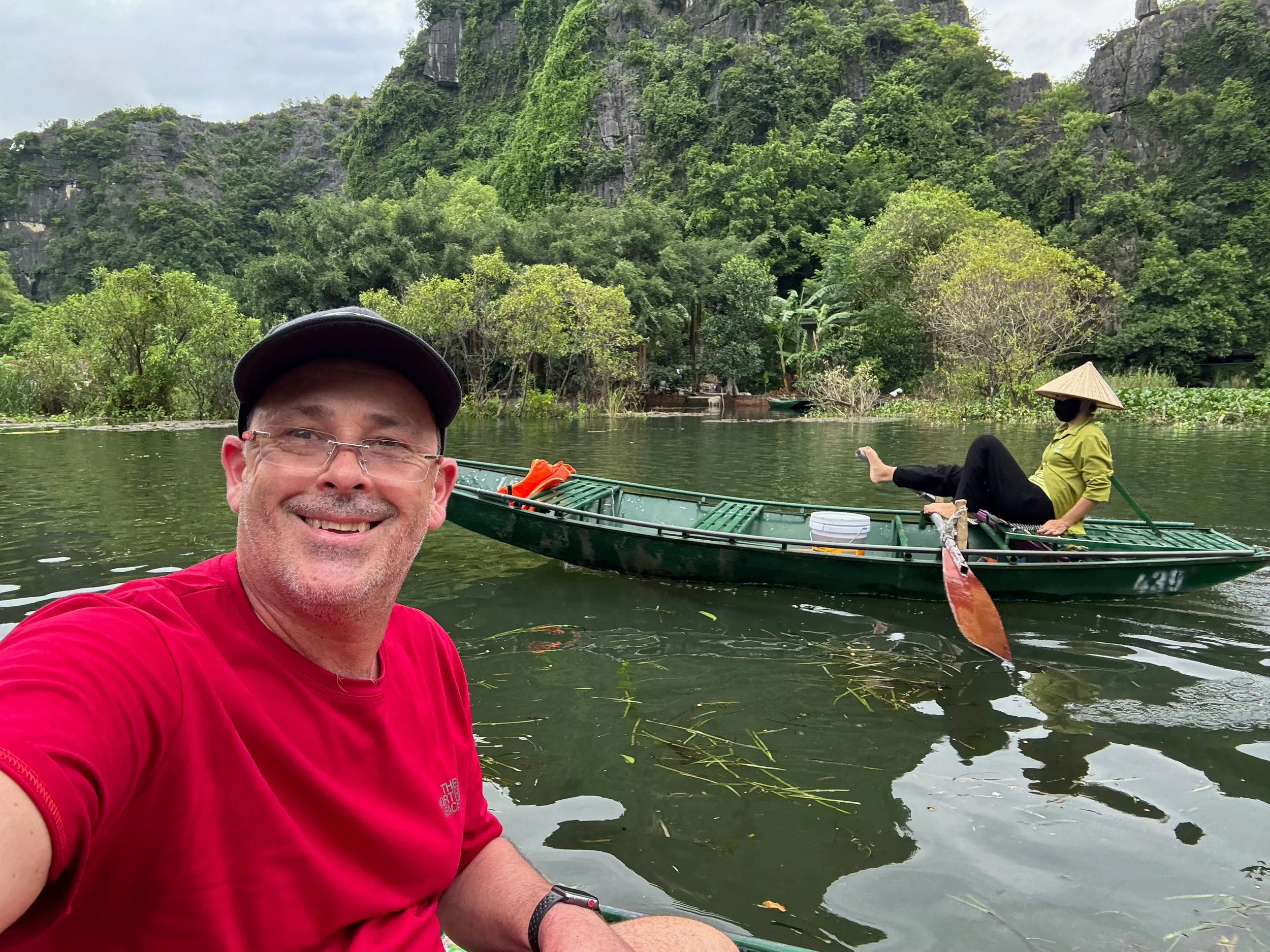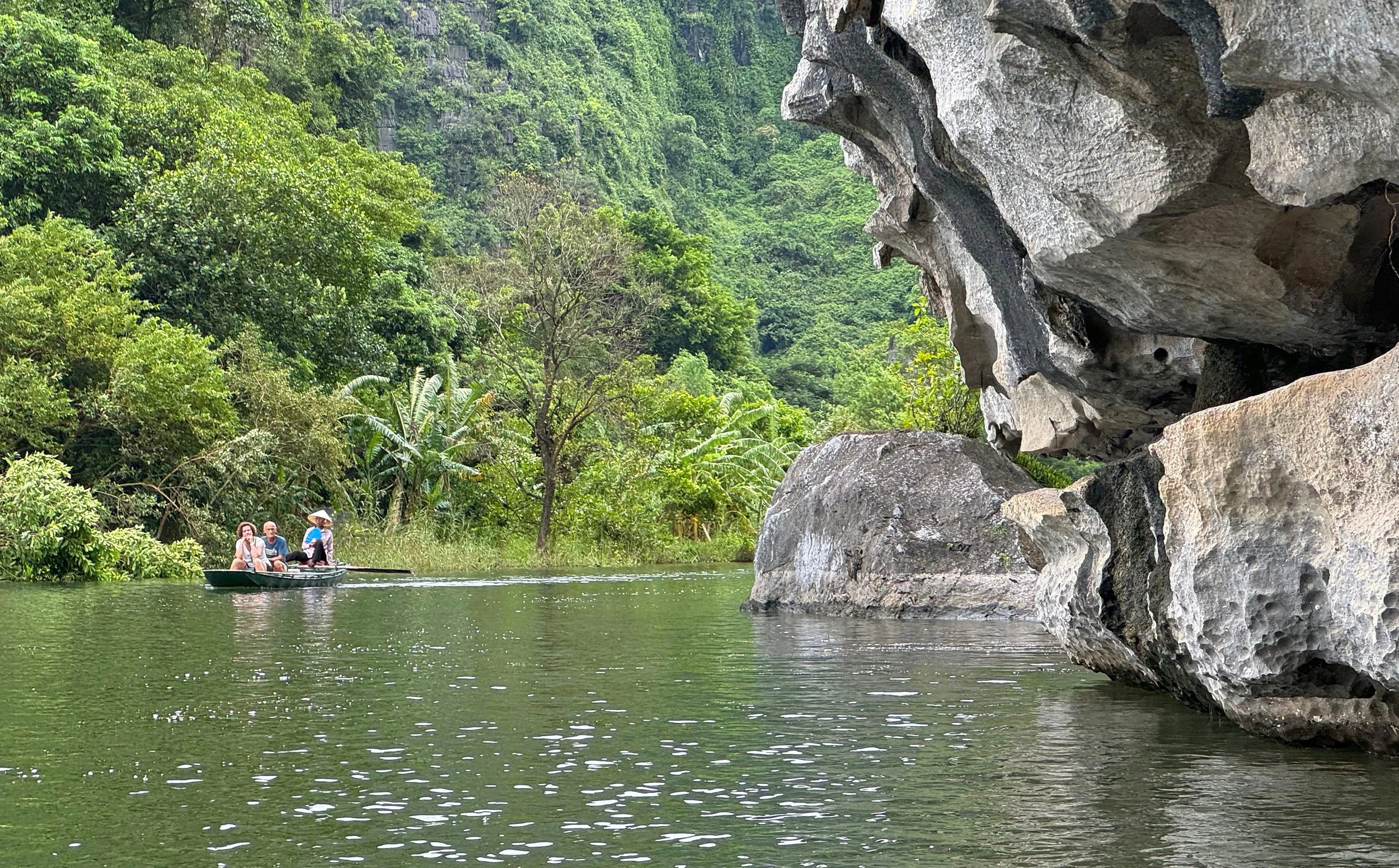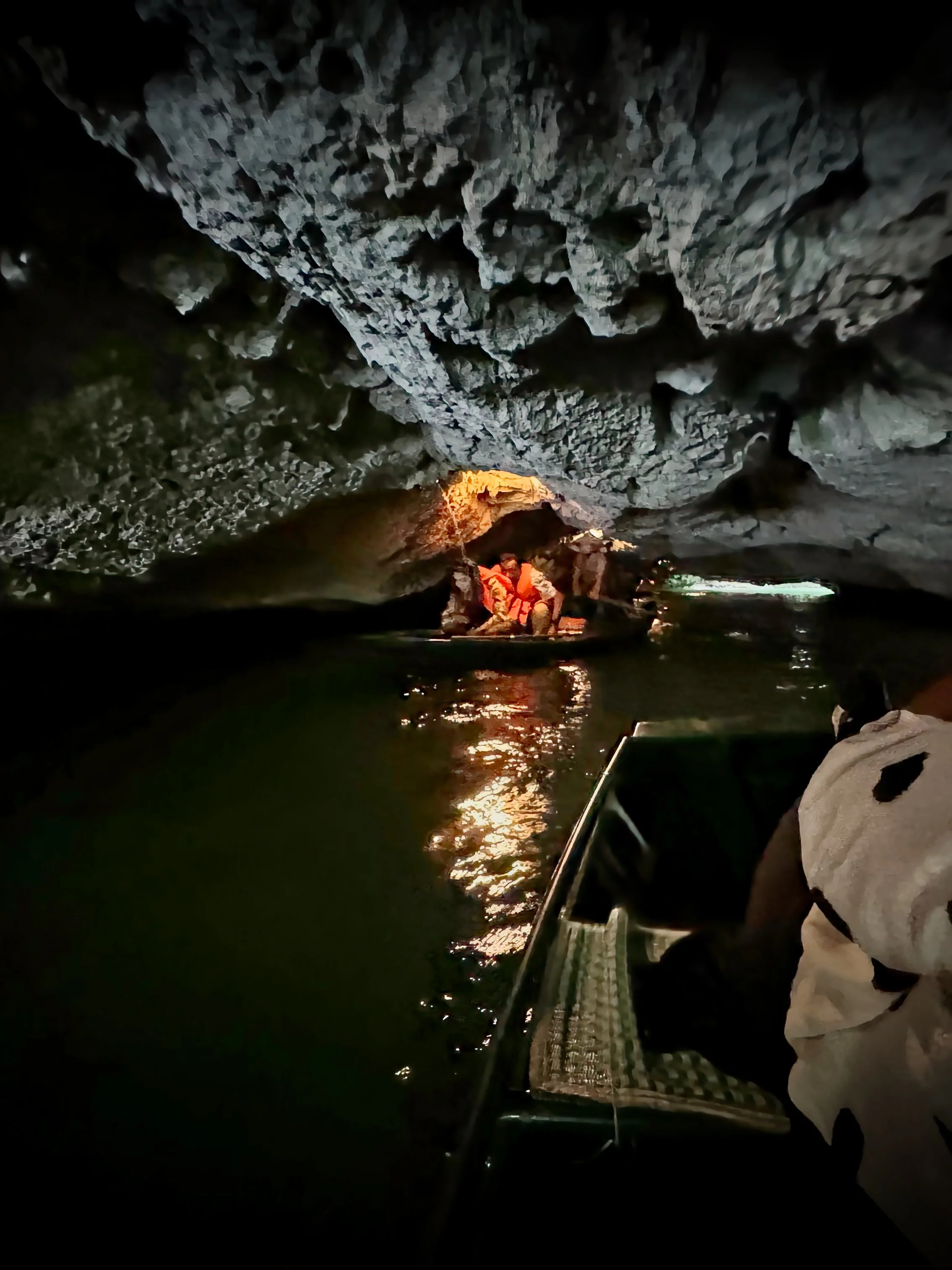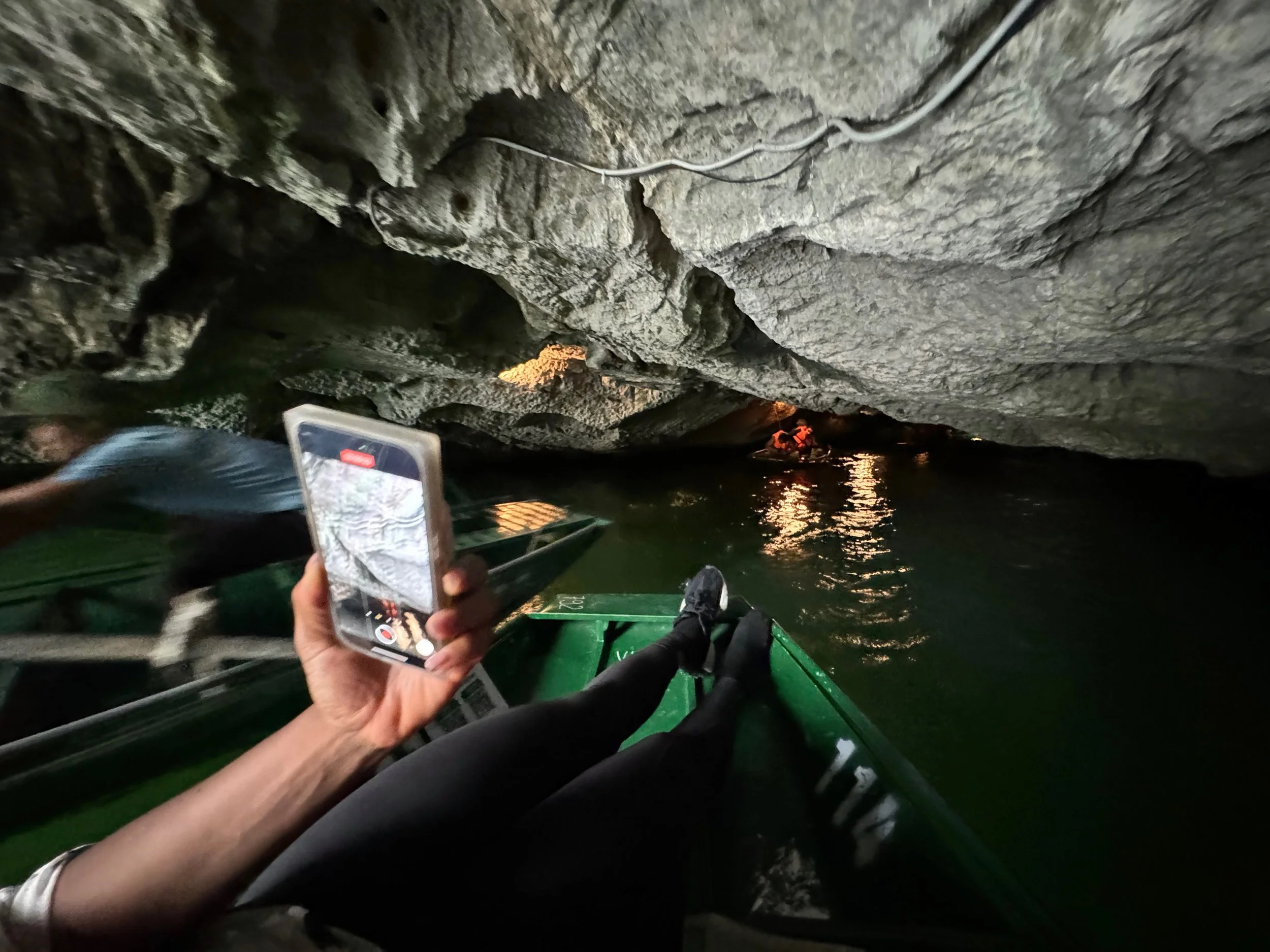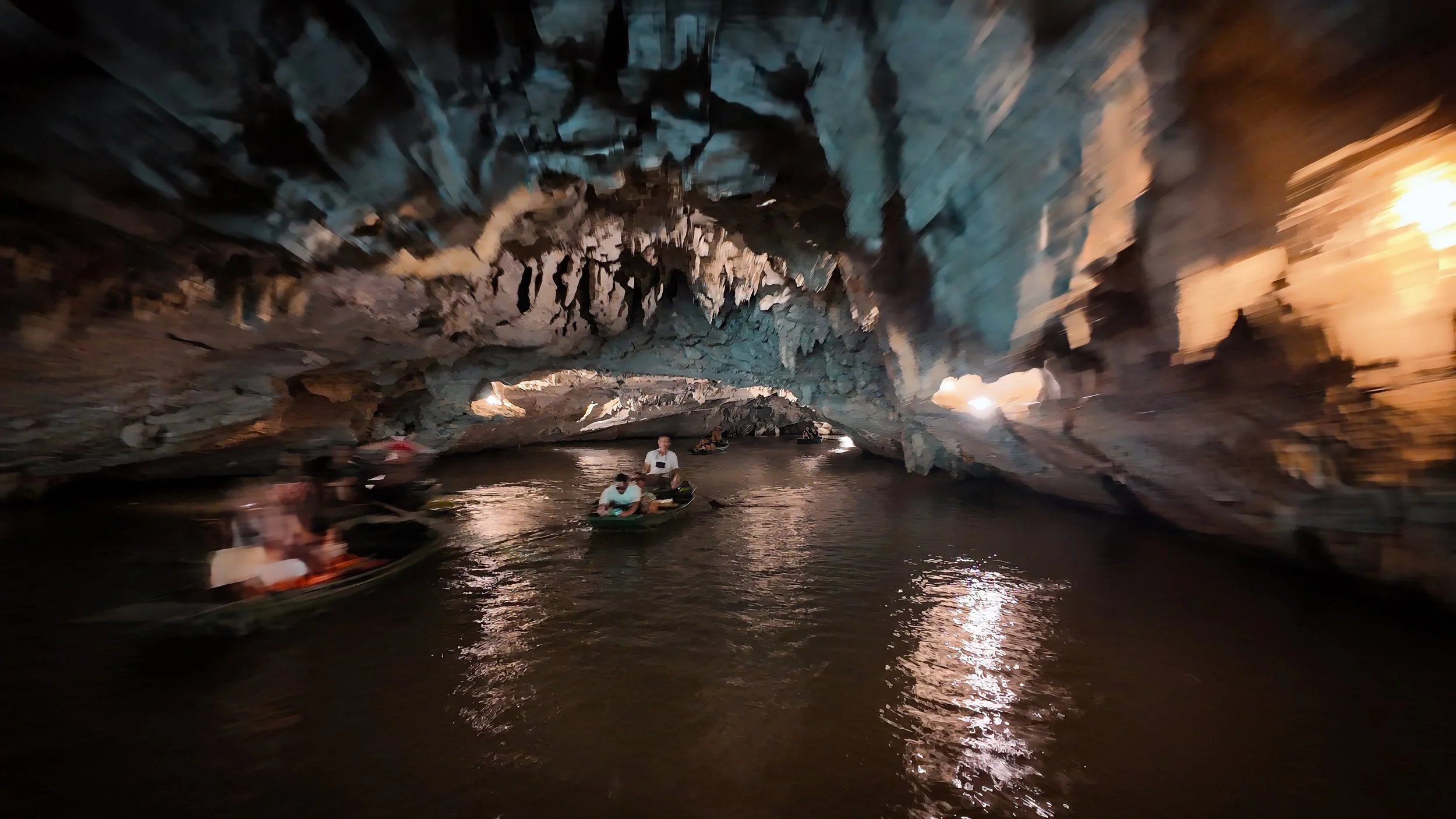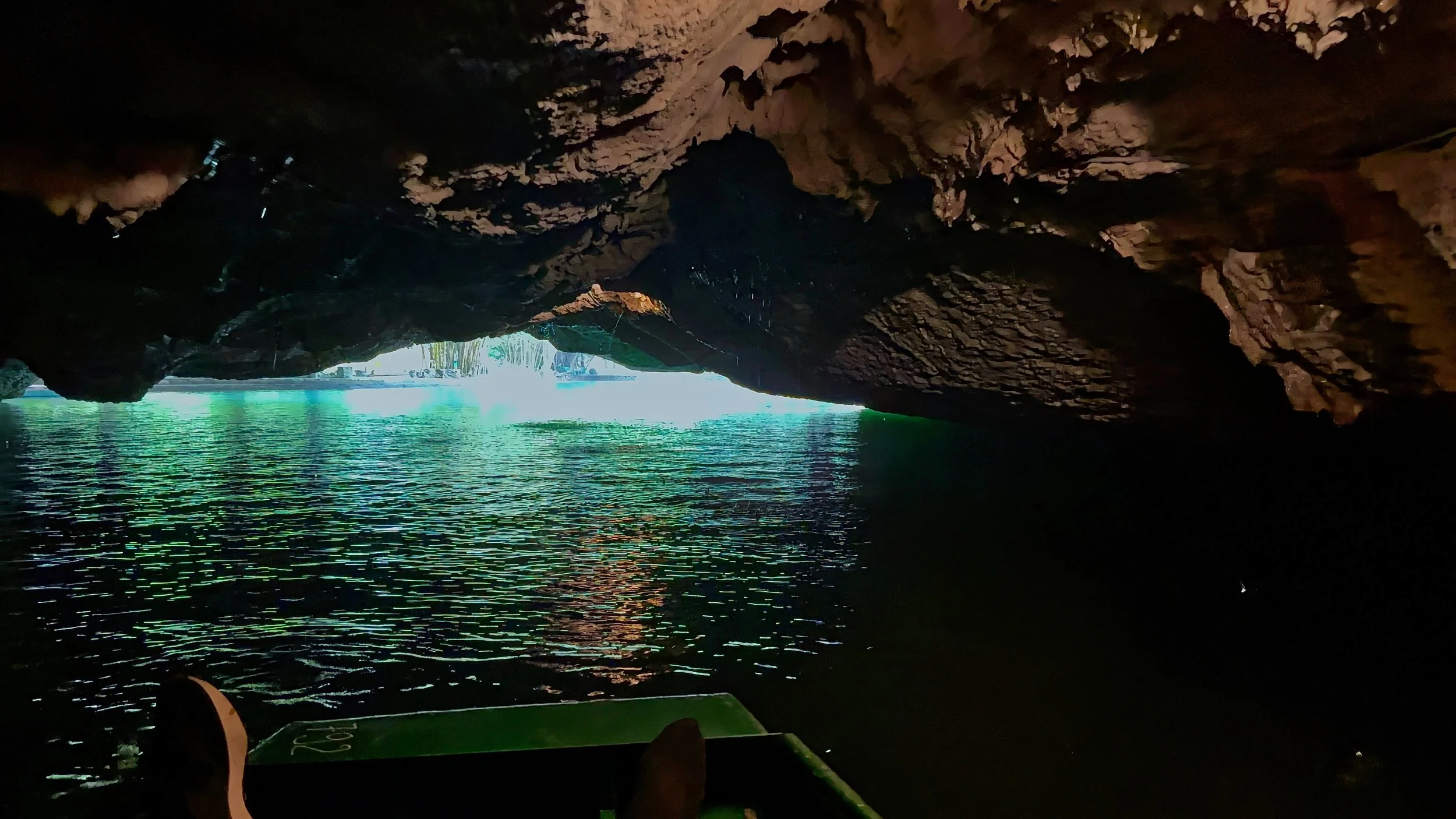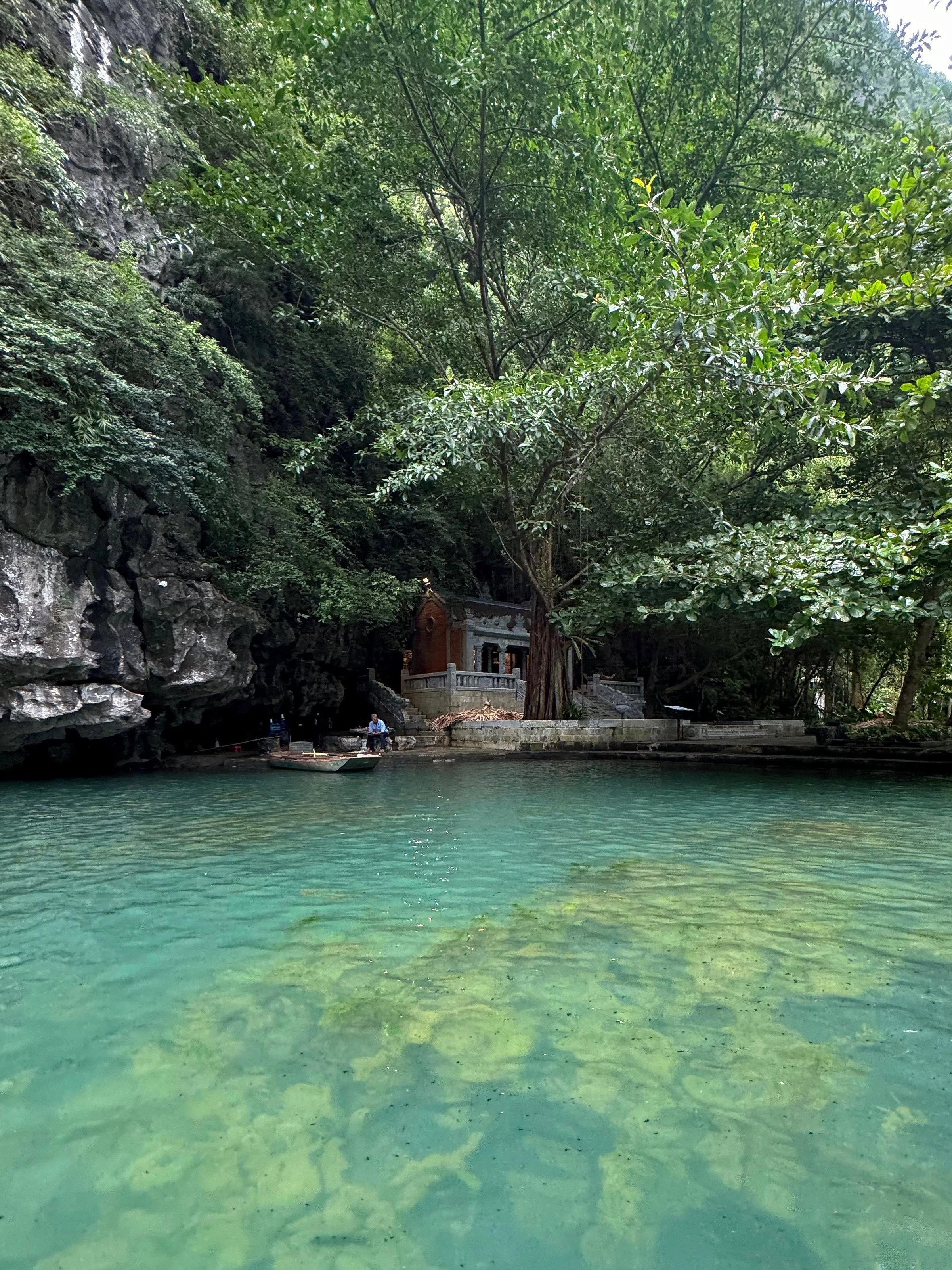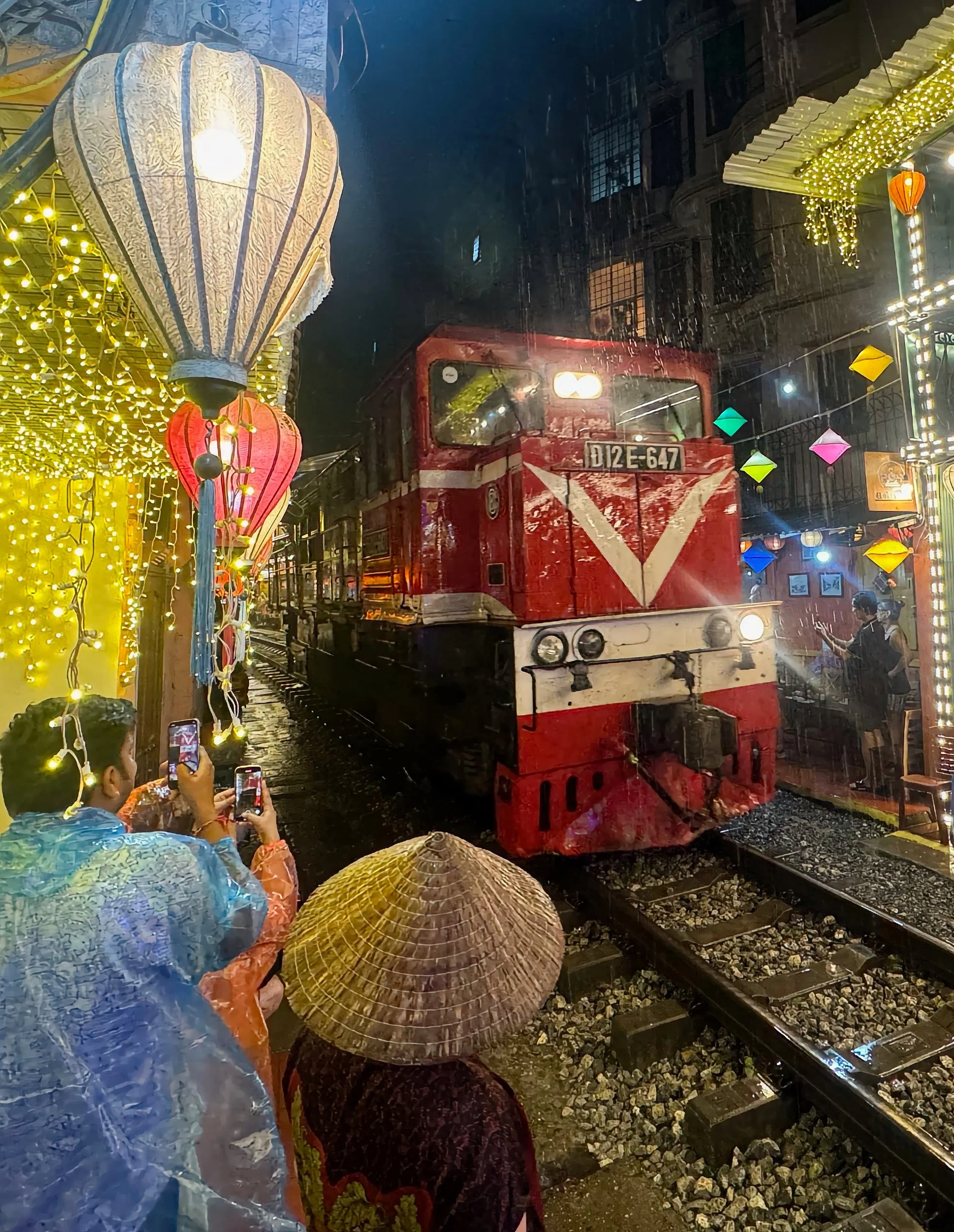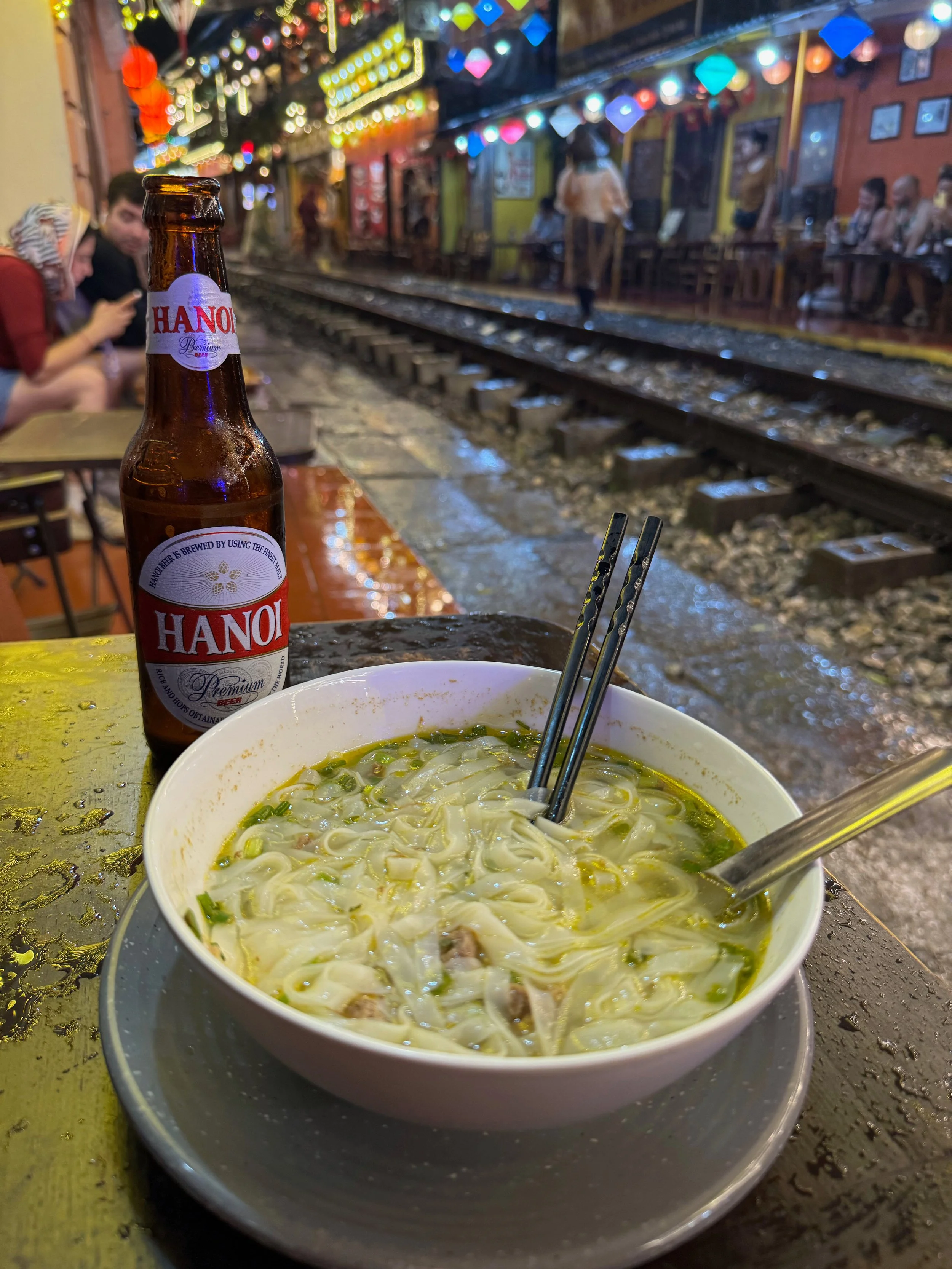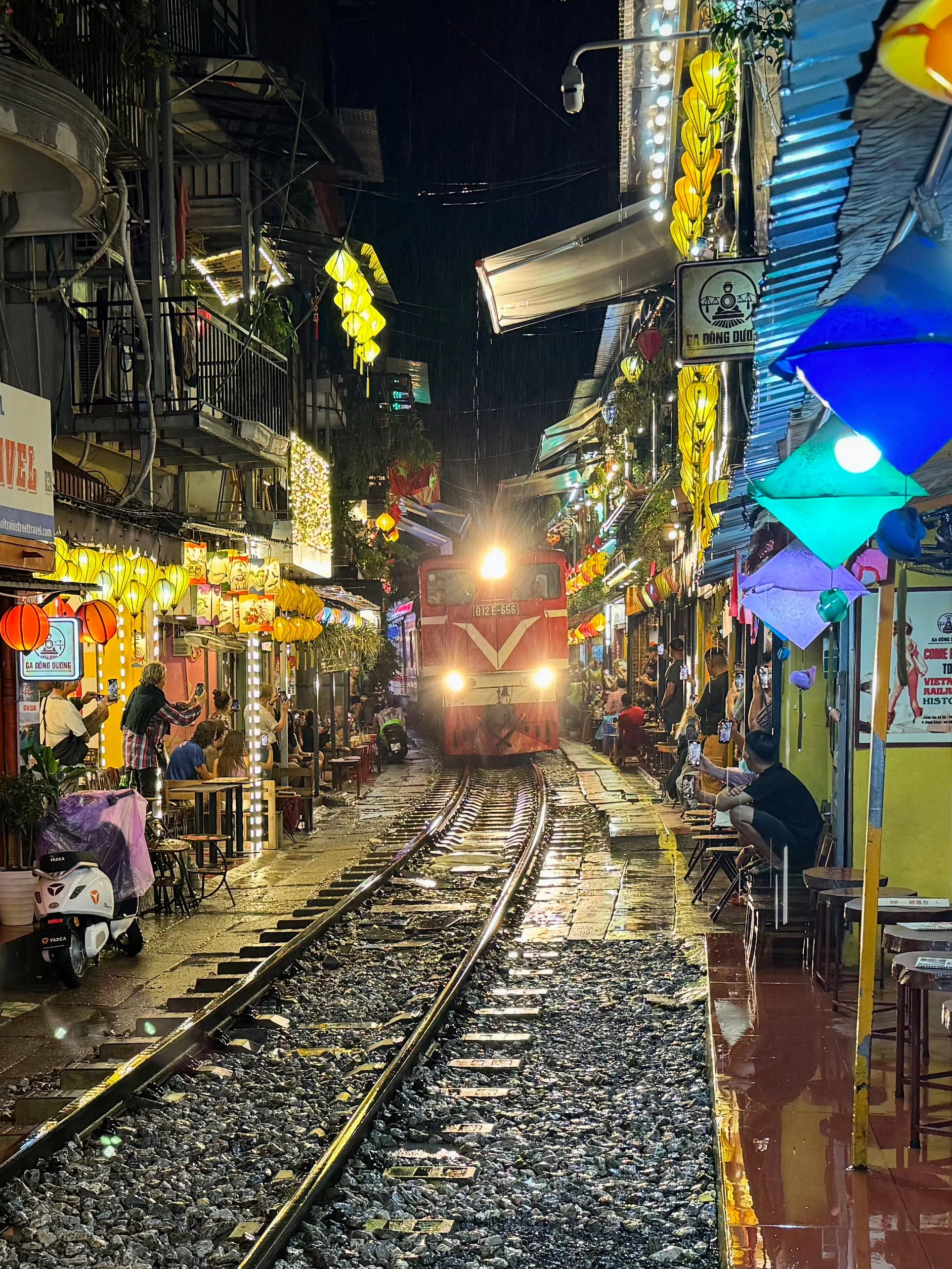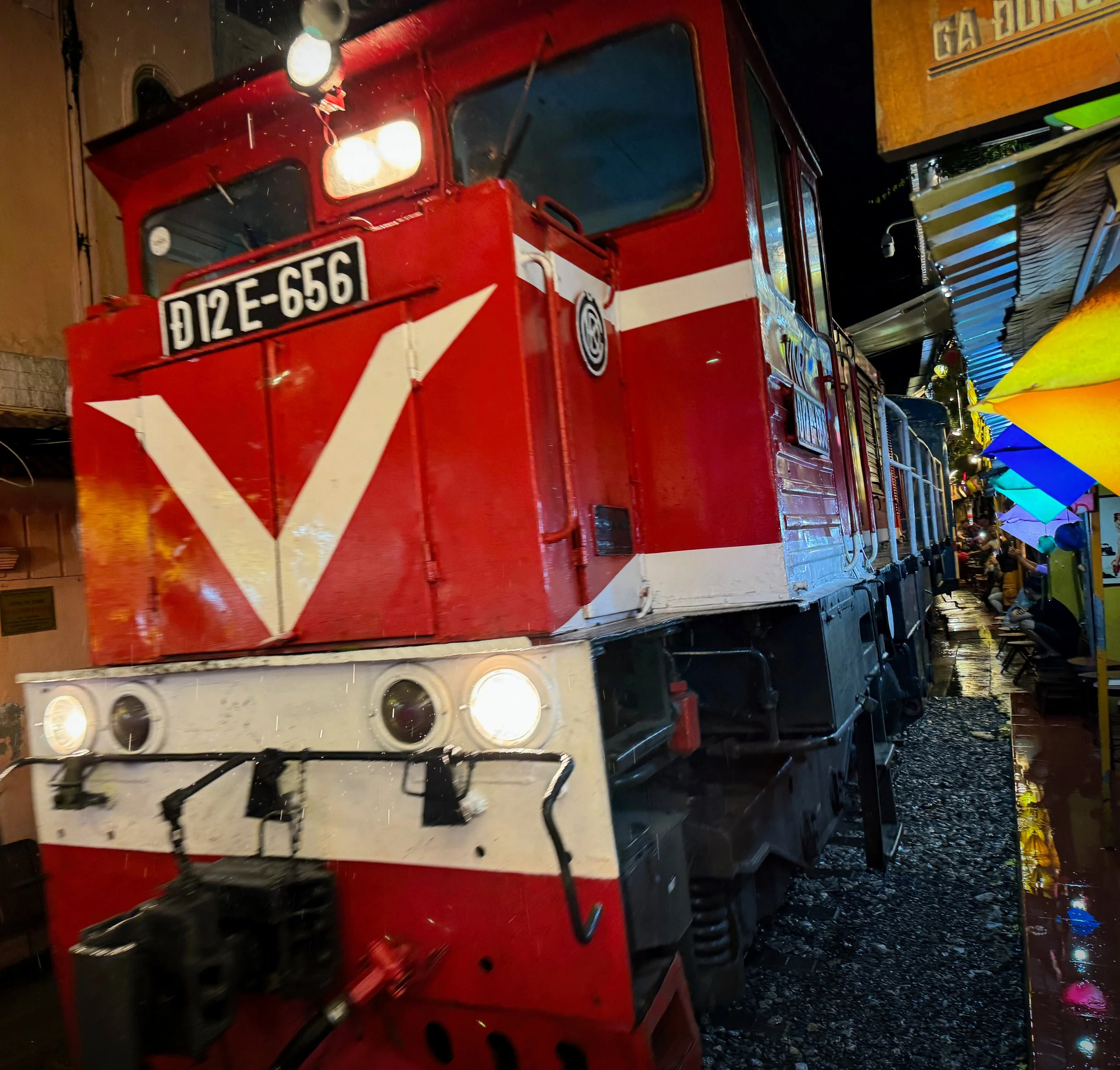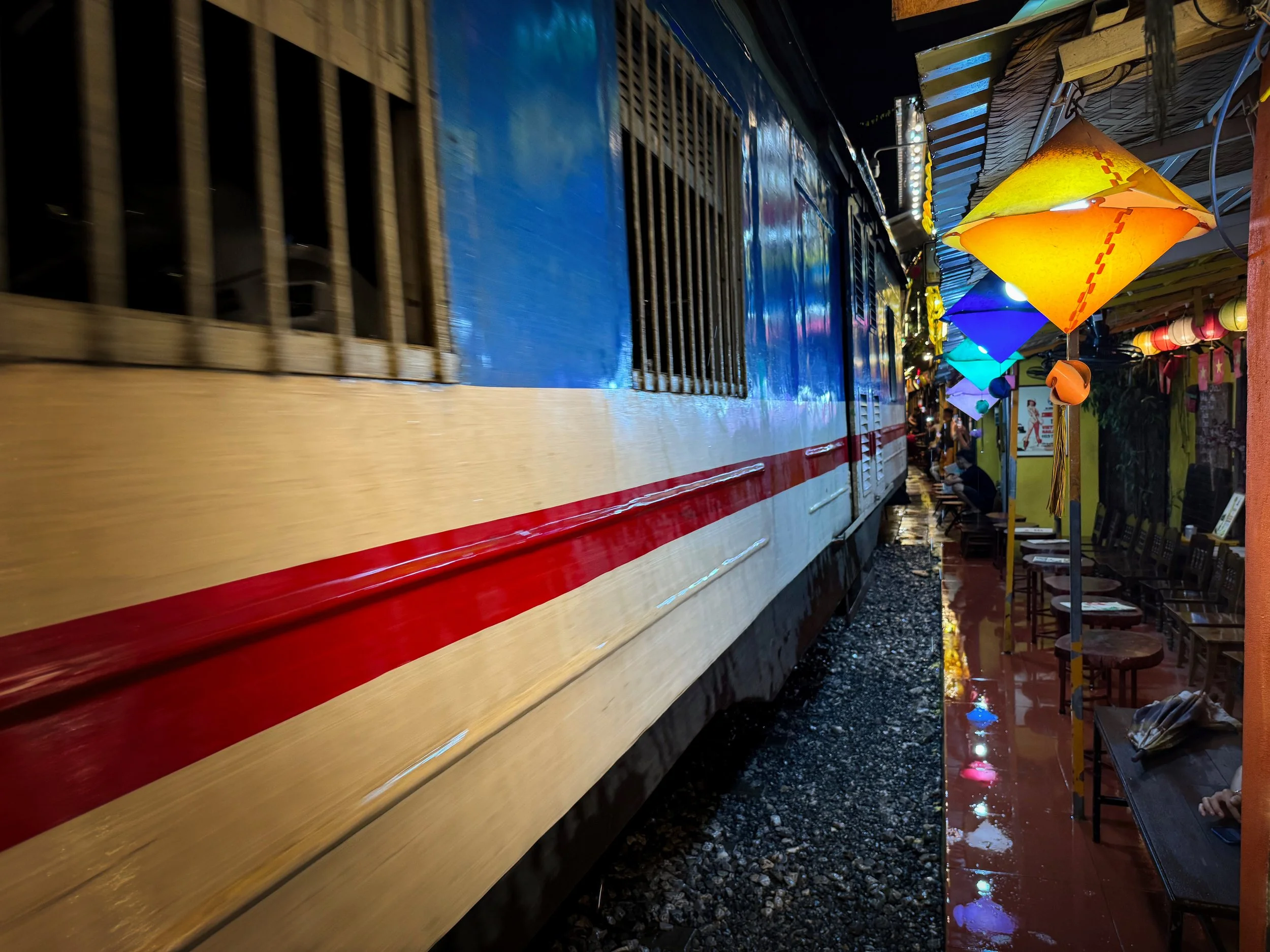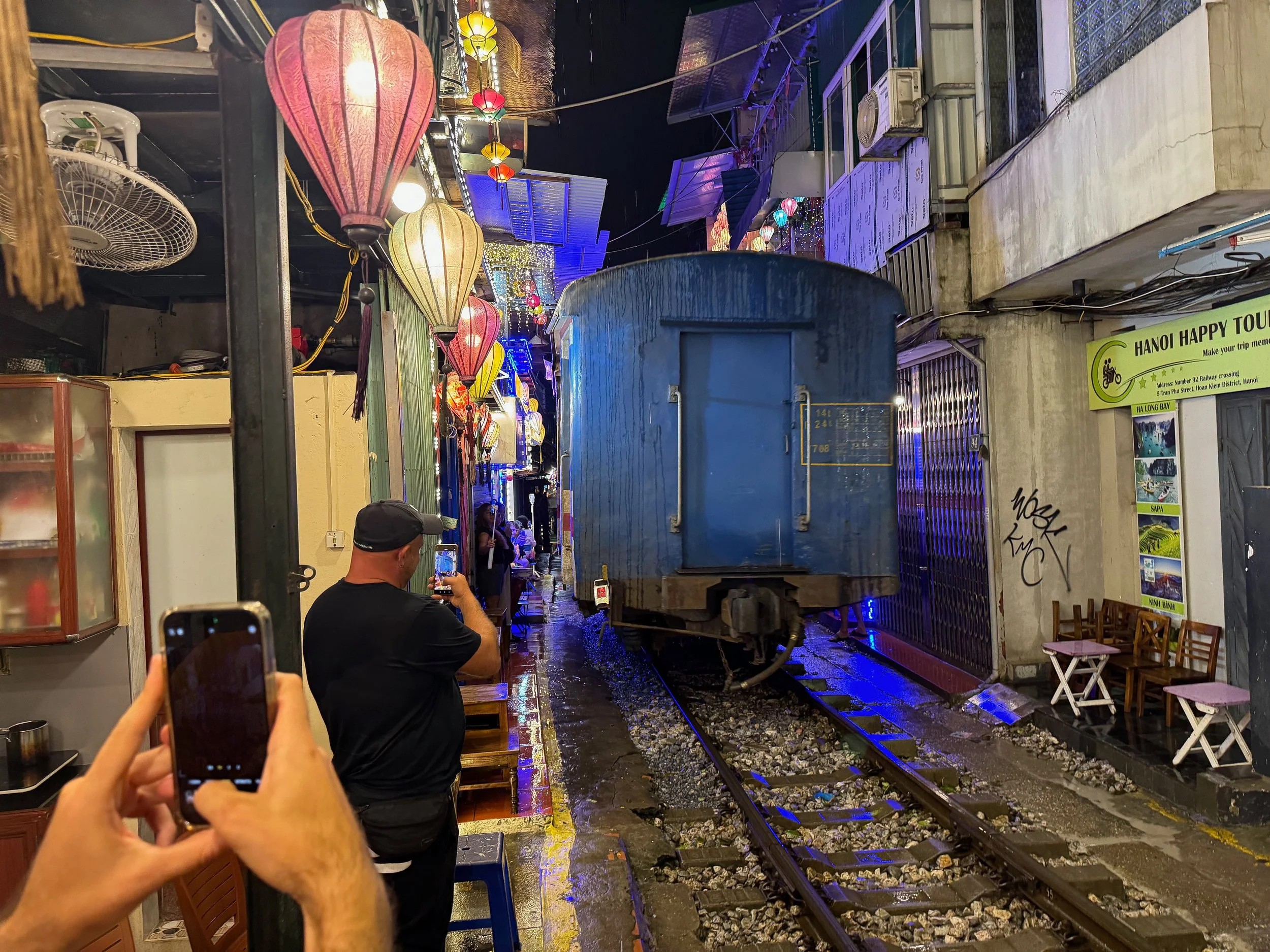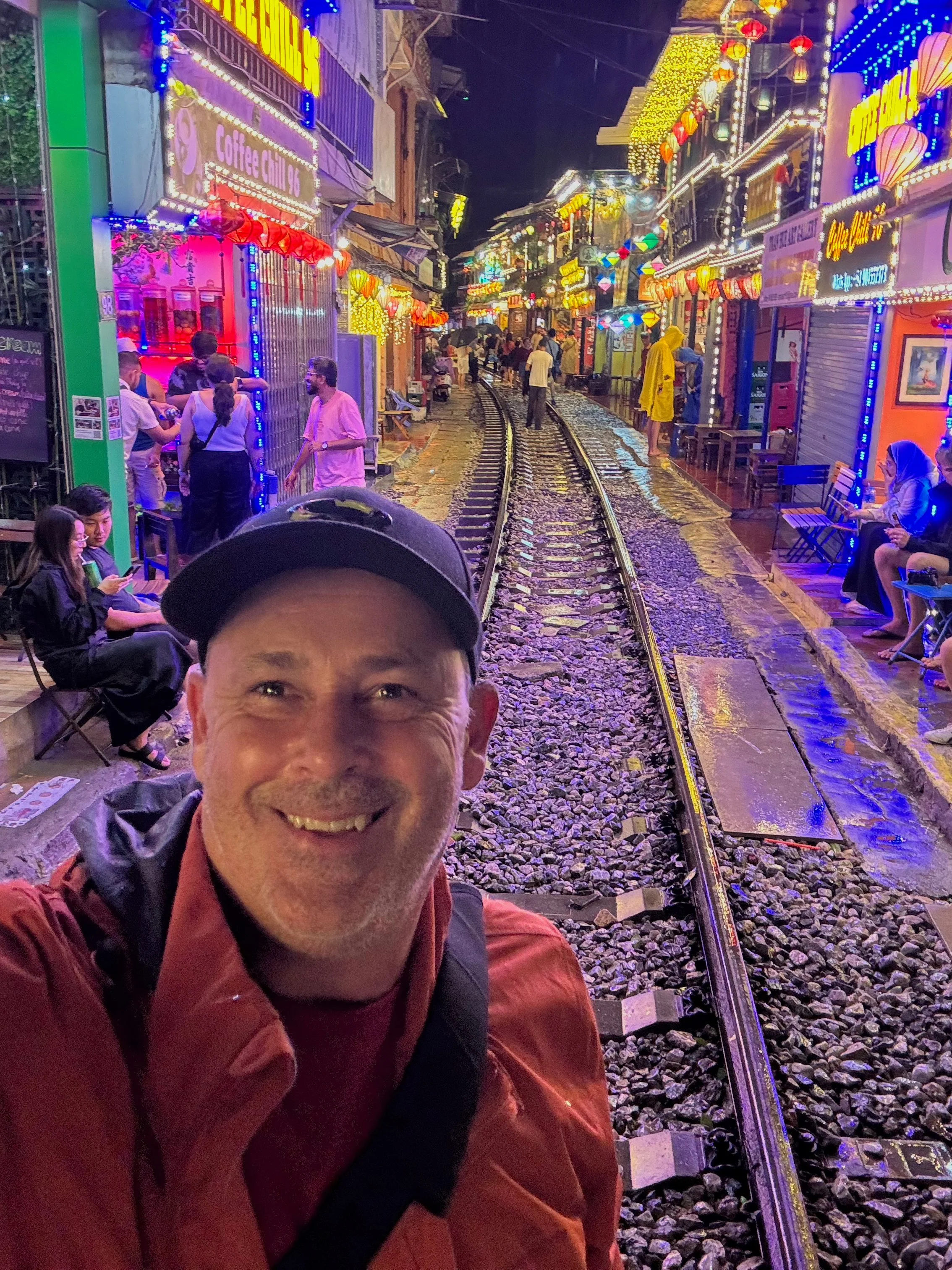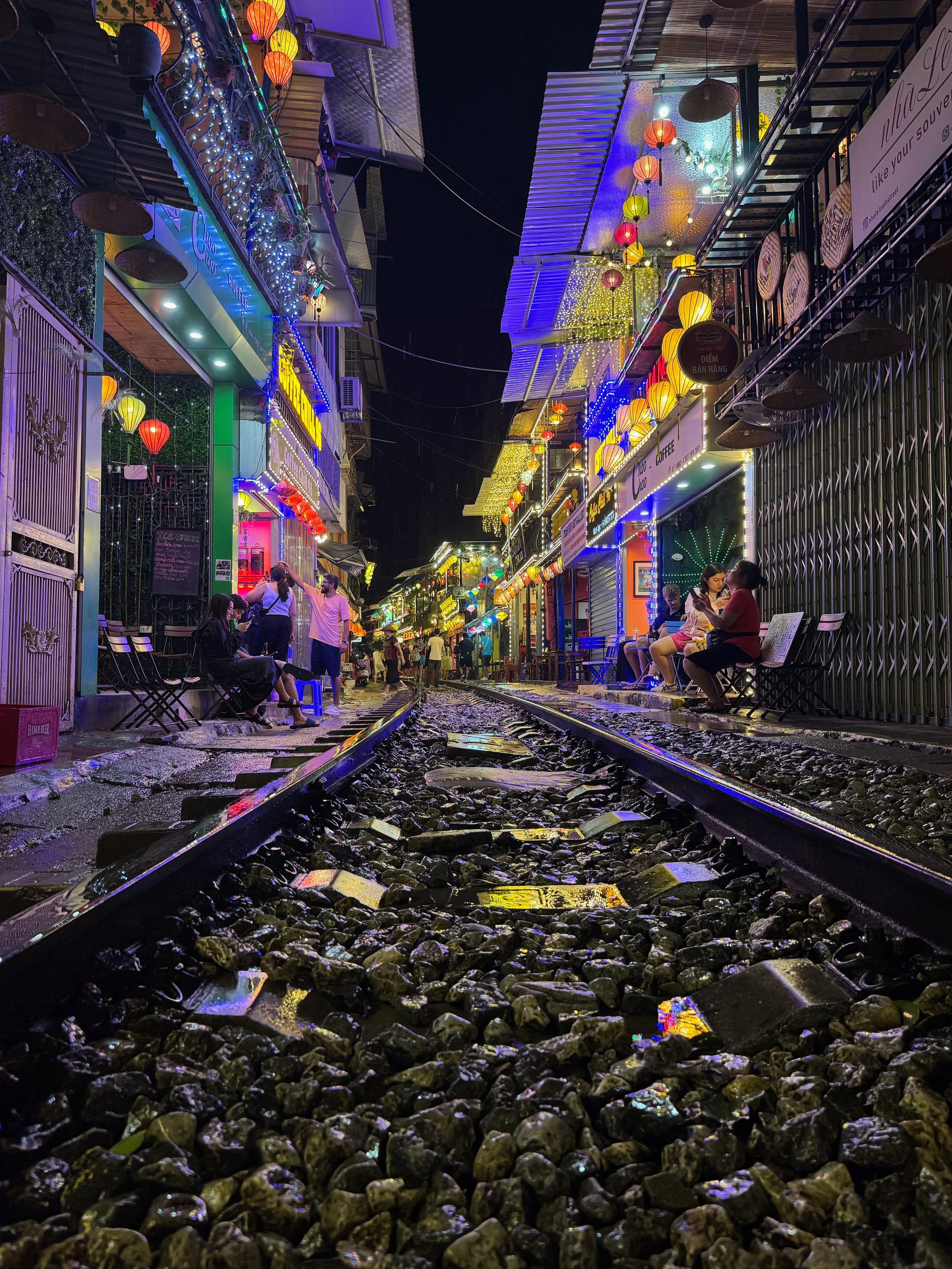3rd Uprising - Ninh Binh
Tam Coc Valley
Another tour was scheduled today and thankfully this time everything went to plan. About a 2hr drive from Hanoi is the Ninh Binh province famed for its stunning natural beauty, rich history, and unique cultural heritage. Known to many as “Halong Bay on Land”, when nearing the region it is easy to see why that is widely believed. With a hotel pickup at 7:15am, the small but private tour ran flawlessly despite recent typhoon damage and floods and saw us at the first point of interest by 9:30am.
Hoa Lu was the capital of Vietnam from 968 to 1009 due to its natural defences and founded by the local warlord Dinh Bo Linh, posthumously known as "First Dinh Emperor", following years of civil war and a violent secessionist movement against China's Southern Han dynasty. It was the native land of the first two imperial dynasties of Vietnam, the Dinh and the Le, with the demise of the later seeing the founder of the Lý dynasty transferring the capital to Hanoi with Hoa Lu quickly becoming known as the "ancient capital."
The ancient capital included both inner and outer citadels of defensive earthen walls, palaces, temples and shrines surrounded and protected by mountains of limestone and meandering rivers. Today the ancient citadel no longer exists with only a few vestiges of the 10th century remaining save temples built in honor of the emperors Dinh Tiên Hoàng and Lê Dai Hành, their sons, and their queens.
Culturally enlightened we moved onto perhaps the most famous attraction of Ninh Binh. Hang Mua peak is reached via 500 steps dramatically carved into the steep face of Mua mountain. Atop sits a lookout offering a surreal vista of the Ngo Dong River below winding lazily among the paddies and limestone outcrops of the Tam Coc valley. After the old capital of Hoa Lu moved to Hanoi the people still frequented Ninh Binh and Hoa Lu as both a respite from the affairs of state and for meditation retreats considering the high pinnacle of Mua Mountain to be the roof of the world.
Hang Múa Peak
At the mountains base a small visitor centre straddles the nearby Lotus Pond offering refreshing drinks and some shade after the strenuous mountain climb. With blooming season May to July there were little flowers left on show but the vast pond with criss-crossing boardwalks was nevertheless impressive and a nice place to relax and regroup despite the cloudy skies and stifling humidity.
Ninh Binh Lotus Pond
We moved on a little further south for a beautiful lunch at the Tam Coc River View Homestay. Literally right on the rivers edge, we dined on an array of local dishes before mounting a fleet of rather spartan bicycles for a short riding tour to Bich Dong Pagoda. Starting along the river backdropped by limestone karsts before zigzagging thorough local rice paddies, the entirely flat ride ended at the Bich Dong Pagoda.
Originally constructed in 1428 it disappeared into the jungle during the turmoil of war and unrest. Rediscovered in the early 18th century by two travelling monks spreading the word of Buddha through the country, they were so captivated by the beauty and serenity of the mountainous retreat that they decided to stay to renovate and expand the pagoda into the three levels found today. To access the grounds one must first cross a small green stone bridge over an adjacent lagoon strewn with lotus making the whole experience even that much more magical.
Following the return bike ride we were all set for the last, and possibly most relaxing adventure of the day. Alighting a sampan at the Tam Coc boat dock, we were 2 to a boat under the command of our oarsman propelling the vessel in a most percular fashion. Rowing traditionally with their feet, not their hands, they expertly navigated the gentle waterway of Ngo Dong River past towering karsts and open field paddies. The course of meandering turns is akin to visiting Jurassic Park with towering cliffs dating back 250 millions years following collision of the micro-continents of the regions.
Exploration of caves at different altitudes reveal archaeological traces of human activity over a continuous period of more than 30,000 years. They illustrate the occupation of these mountains by seasonal hunter-gatherers and their ability to adapt to major climatic and environmental changes, especially the repeated inundation of the sea following the last ice age.
Toward the turning point of this 3km journey, The Three Grottoes consisting of Ca cave, Hai cave and Ba cave awaited transiting. The first is the largest at 127m long and a mouth about 20m wide with the following 2 diminishing in every aspect. With extremely low ceilings requiring all to lay flat in the boat at times, the caves exhibit a distinct drop in temperature with crystal-like water drops visible from above. The experience was completely unexpected and rounded off a magical journey through a waterway millions of years old.
The bus trip back to Hanoi was a little slower than the morning edition mainly due to increasing flood waters, peak hour traffic and afternoon thunder storms moving in surprisingly quickly. Taking note of the various hotel drop-offs, Fatpap negotiated with the driver an early departure at Train Street in the hope of catching the scheduled 7:00pm transit. A third and final attempt would be worth the effort if for nothing else it was dinner time and a few beers of course would never go awry.
Joining the dumpy, yet familiar old Vietnamese lady who saw him through the first two incarnations of Train Street, Fatpap was immediately rewarded with two train passages within 20 minutes of each other despite the rain and virtual zero crowds. There was mention of a third transverse - although in hindsight that was a marketing ploy - inducing Fatpap into a trackside Pho and 5 beer dinner for $15. A win/win really on all accounts resulting in both parties farewelling on excellent terms.
An equally cheap and quick taxi ride to the hotel saw a midnight return after a long and adventurous day.

